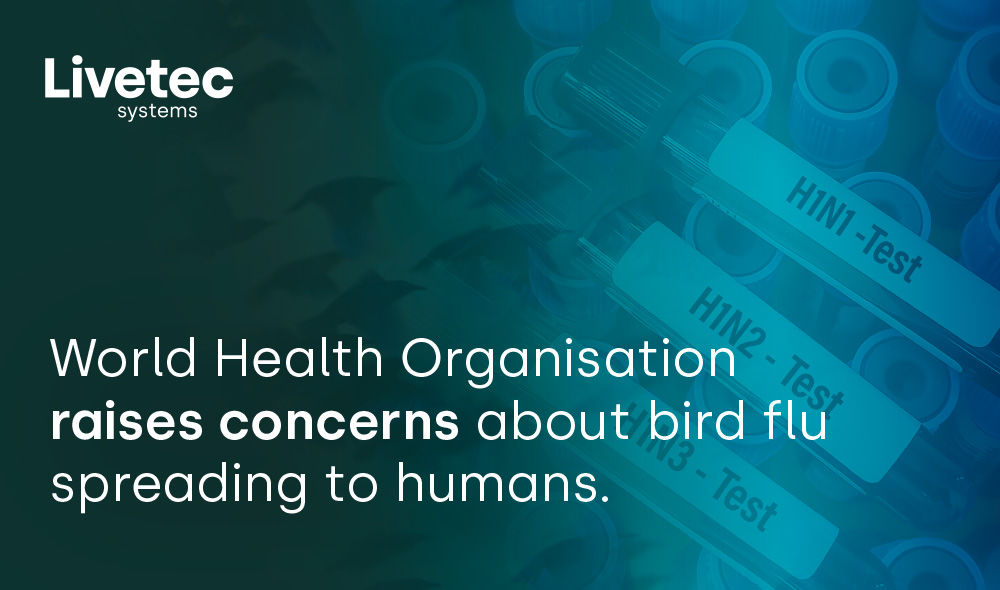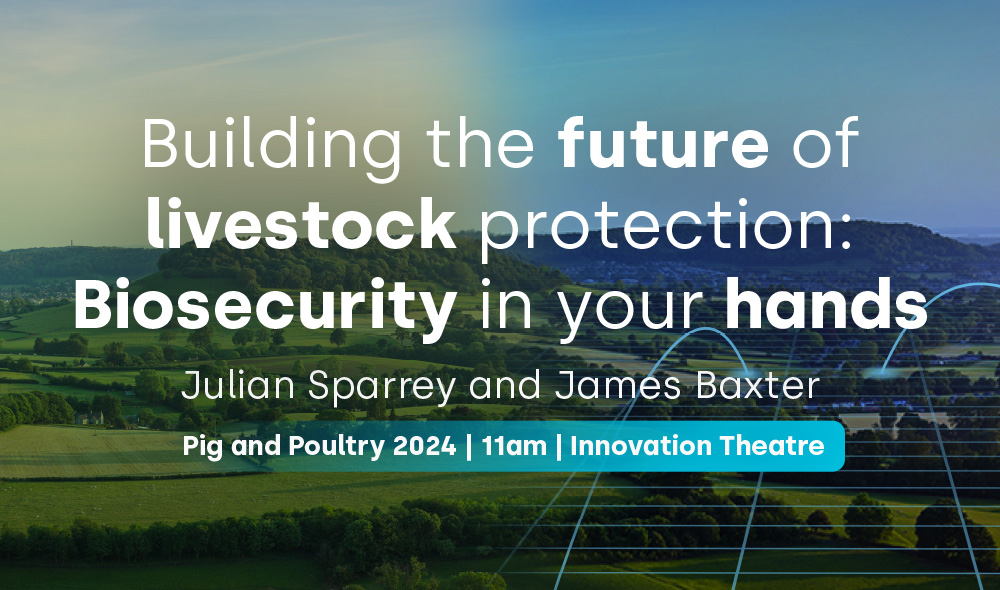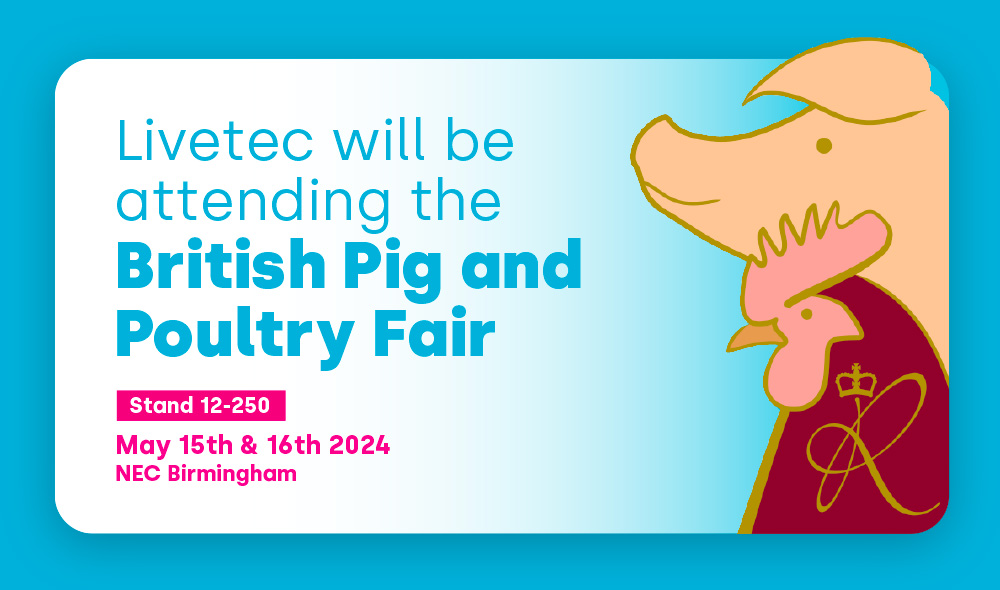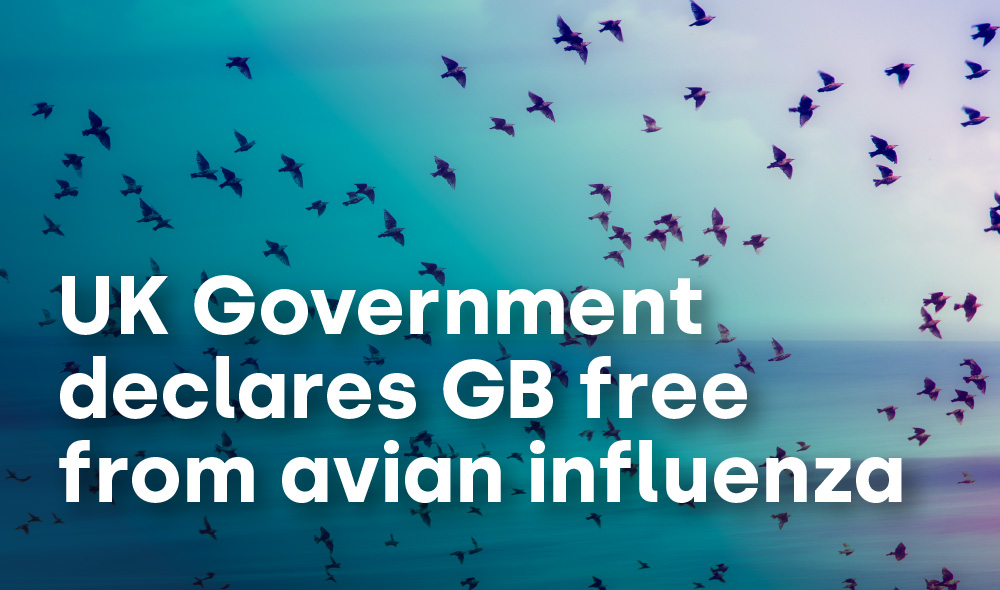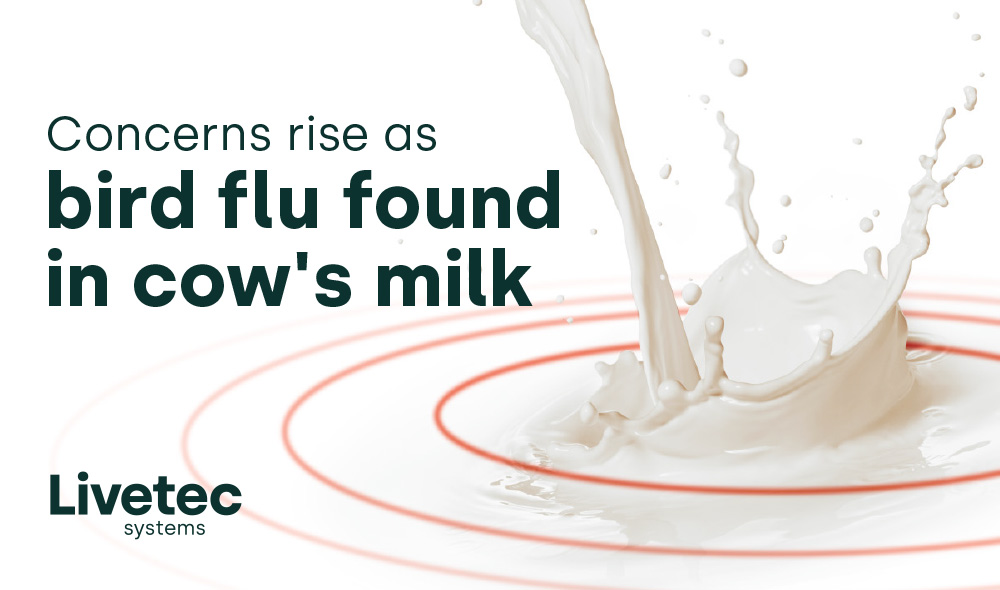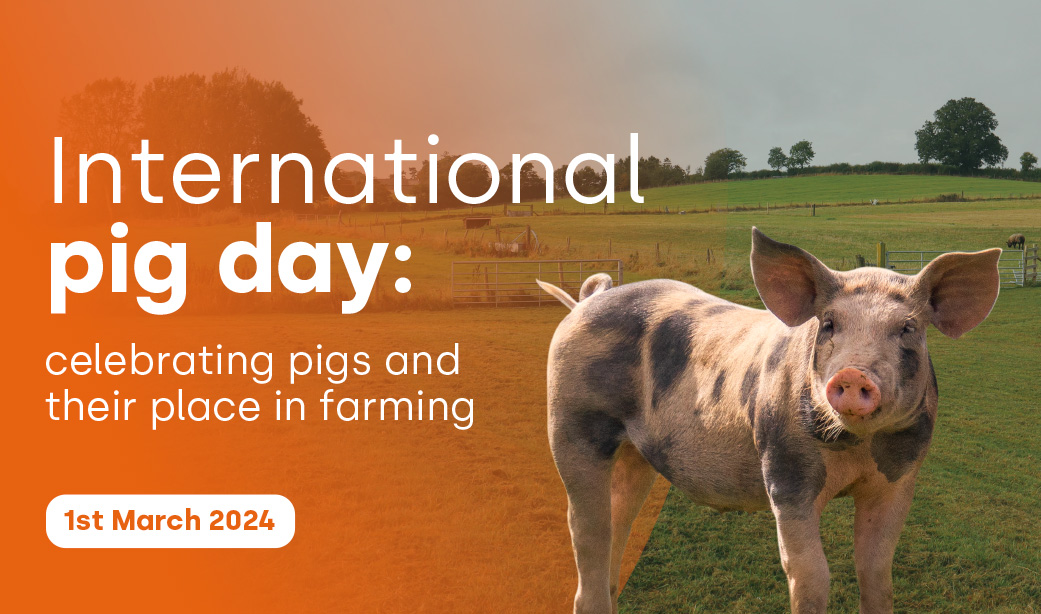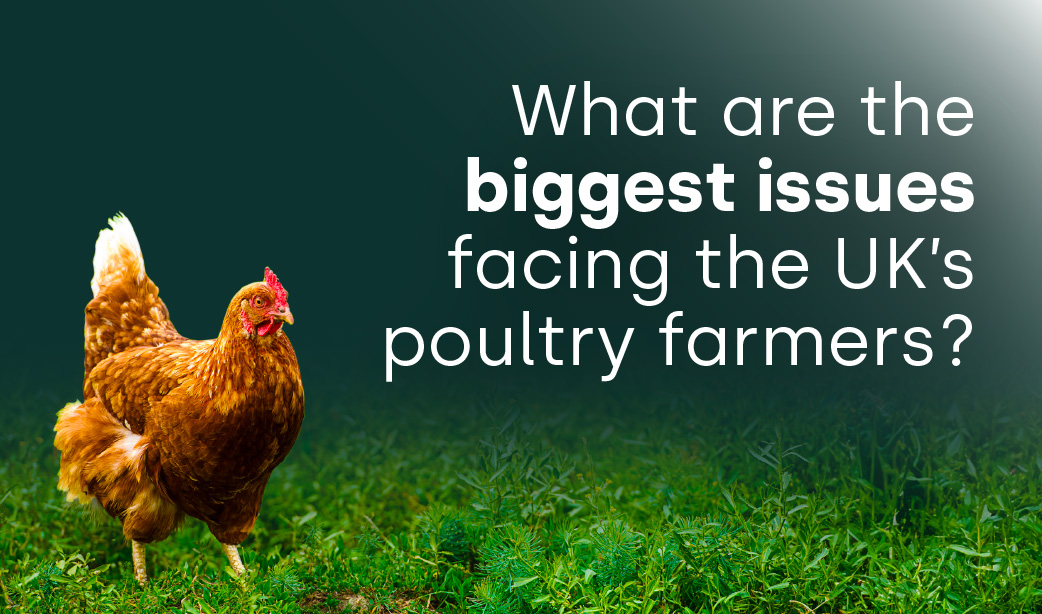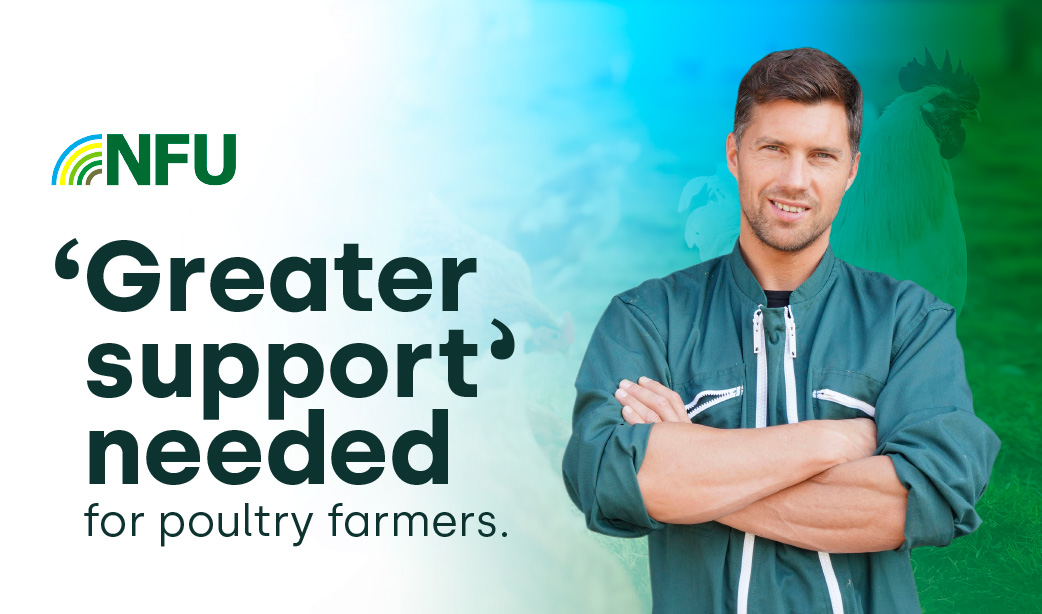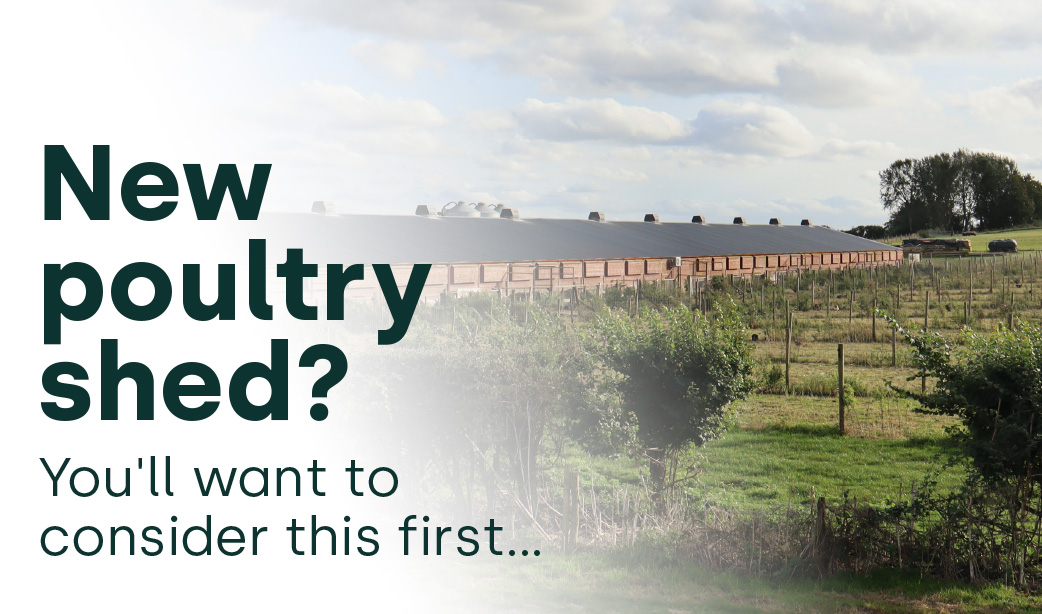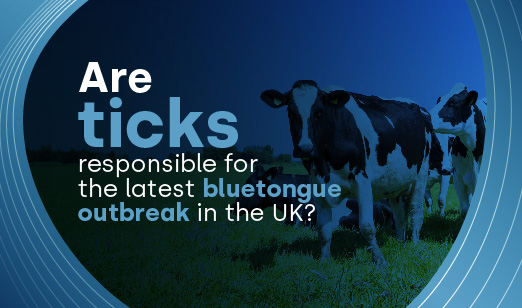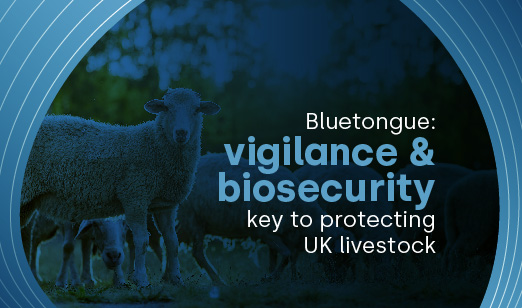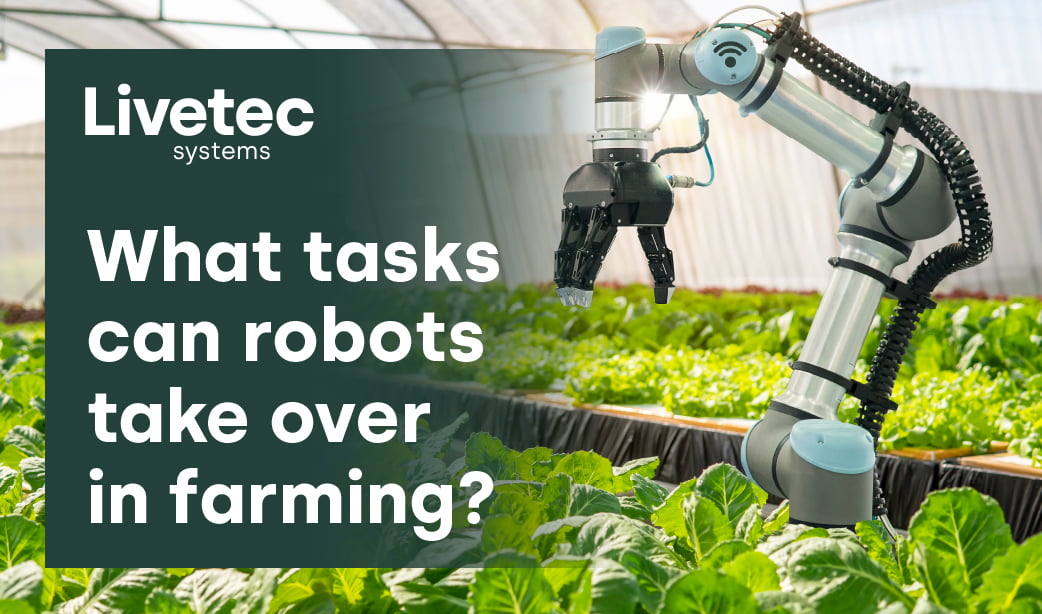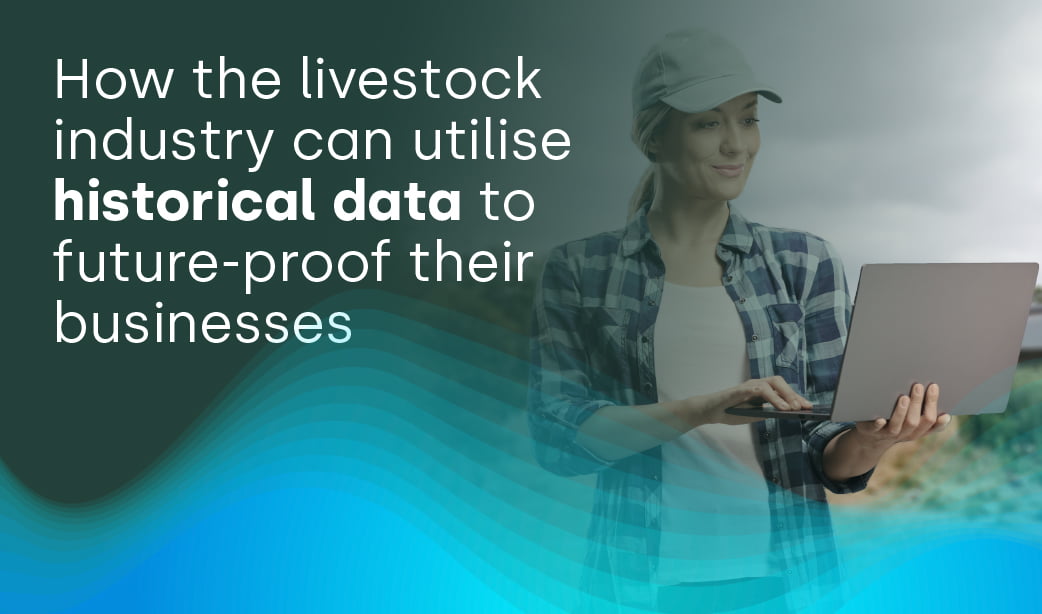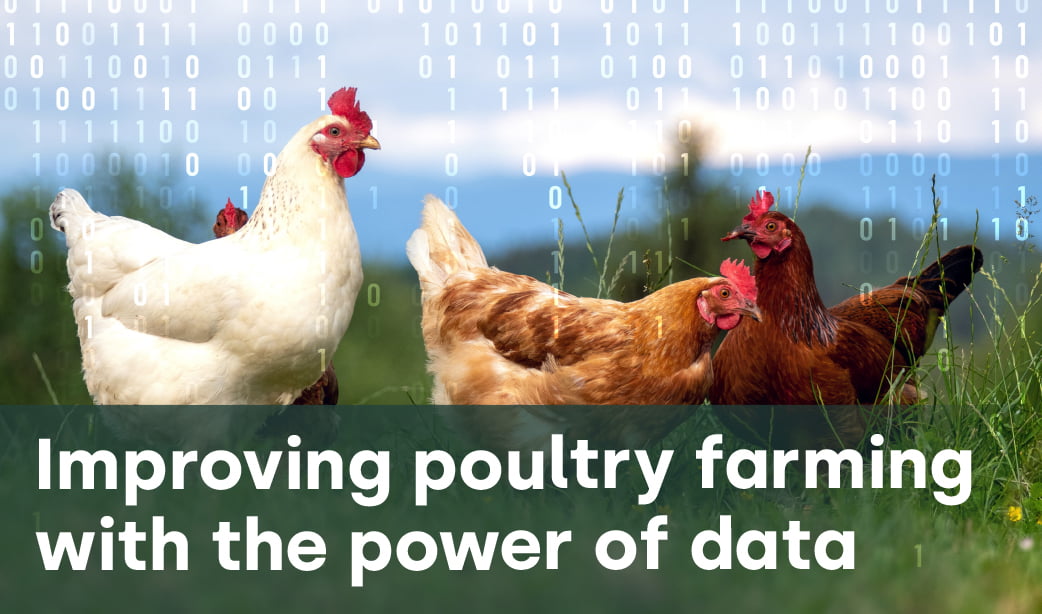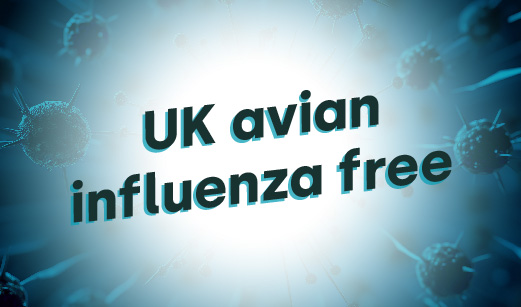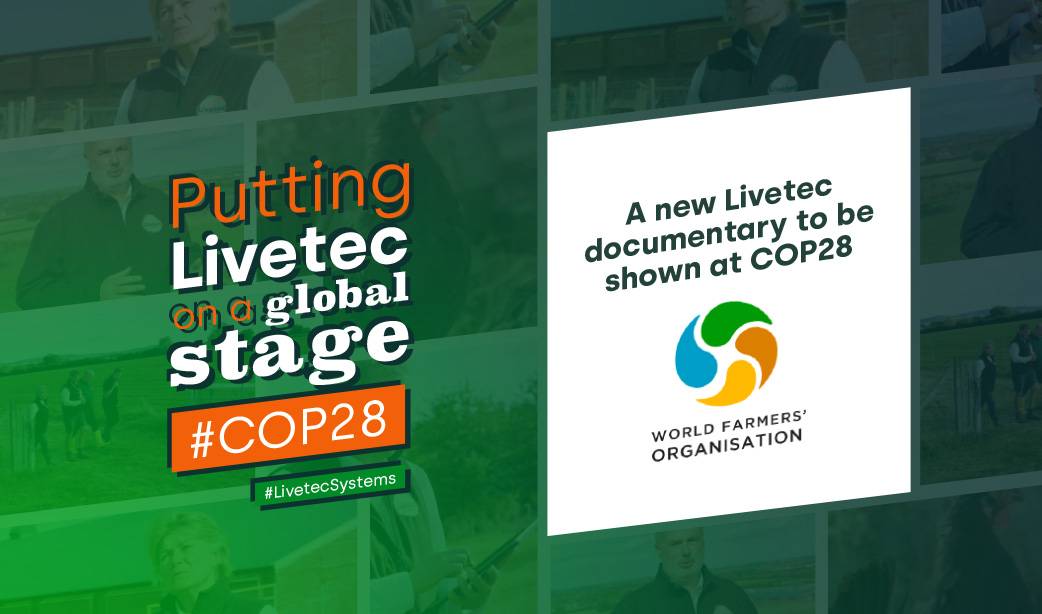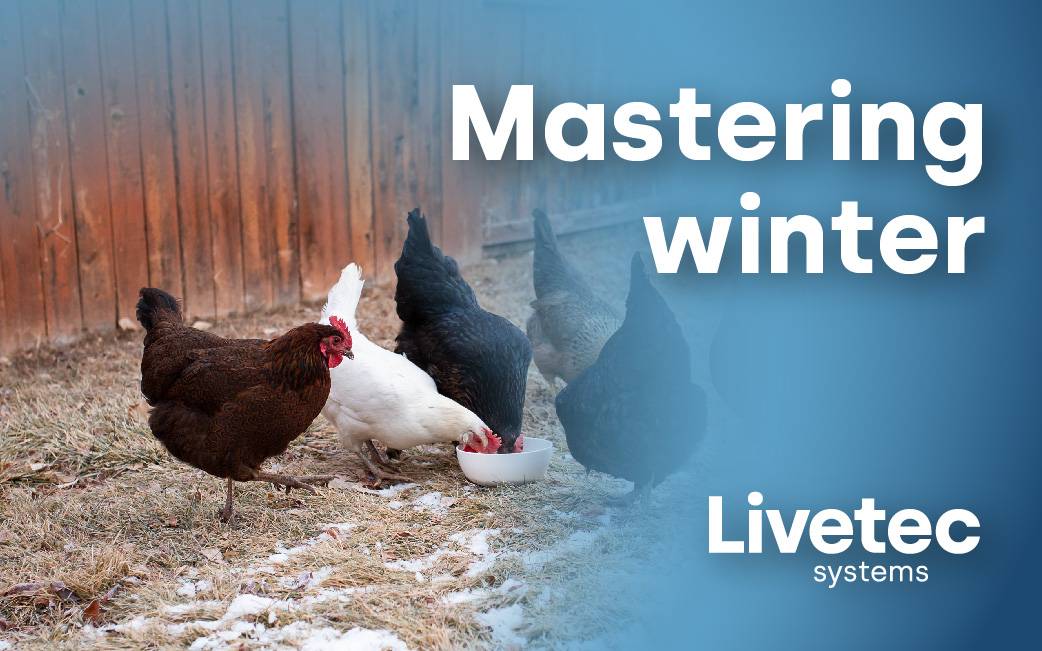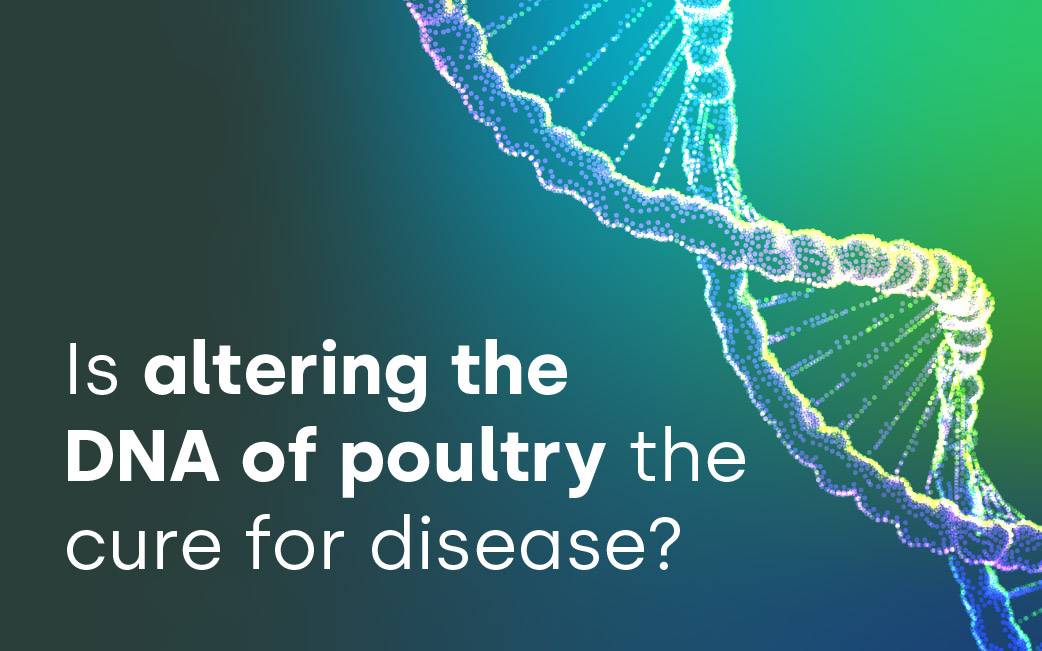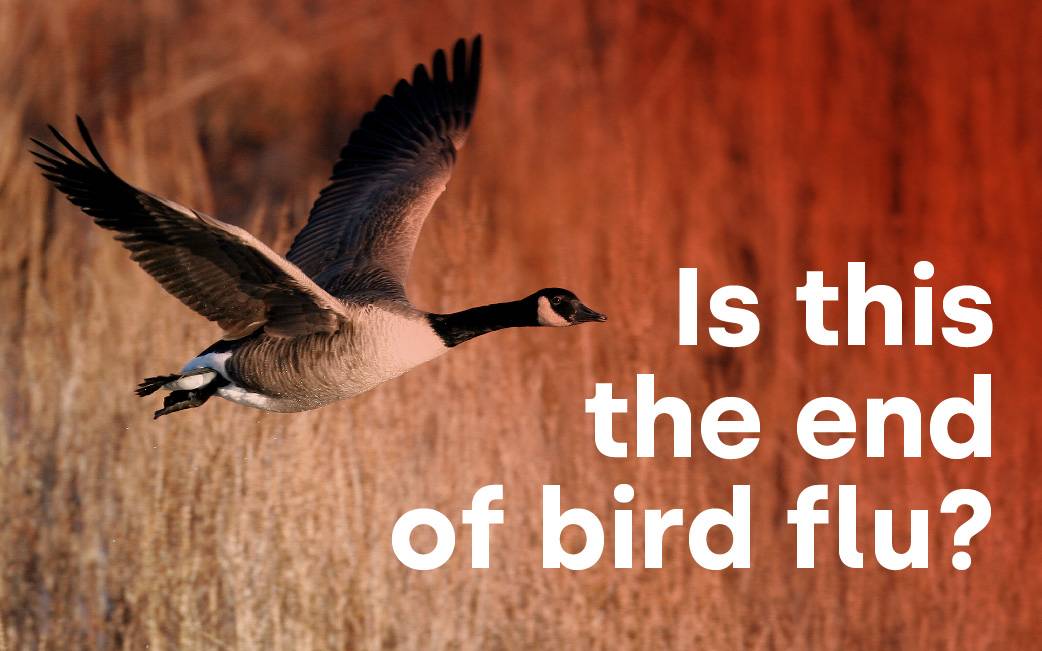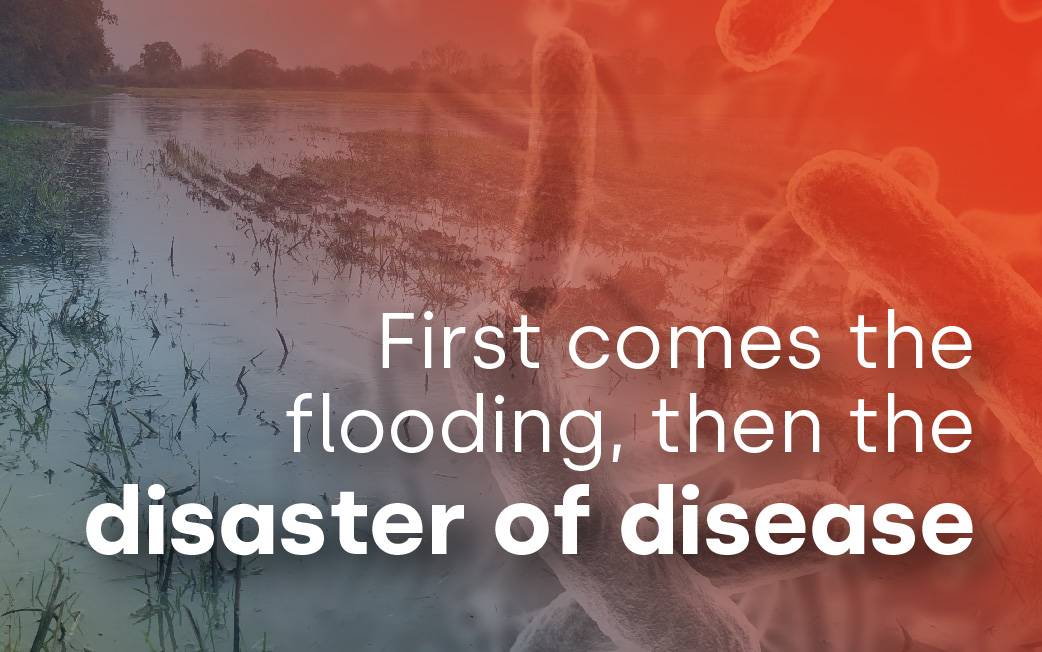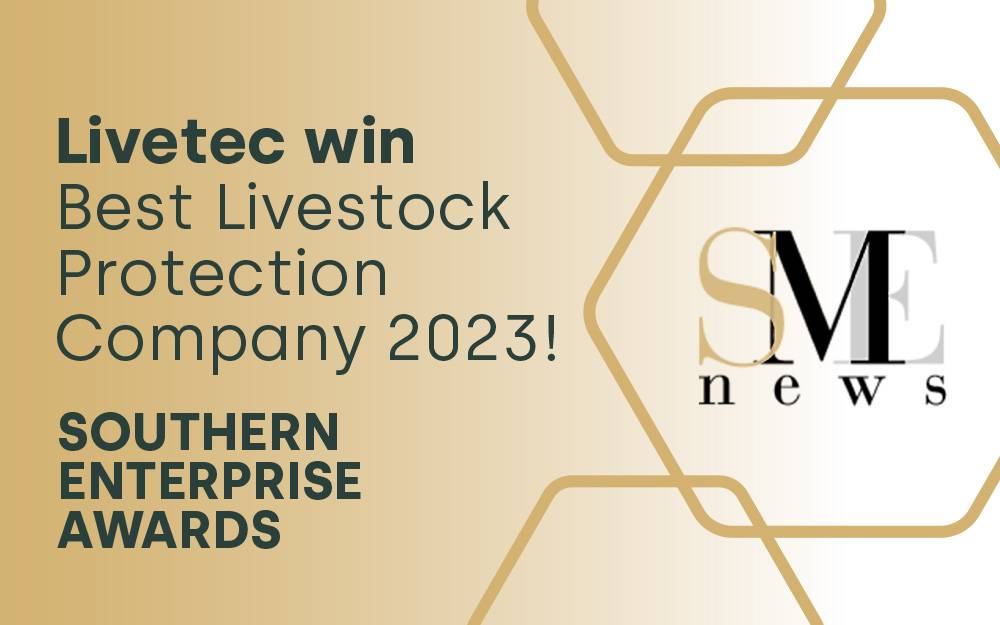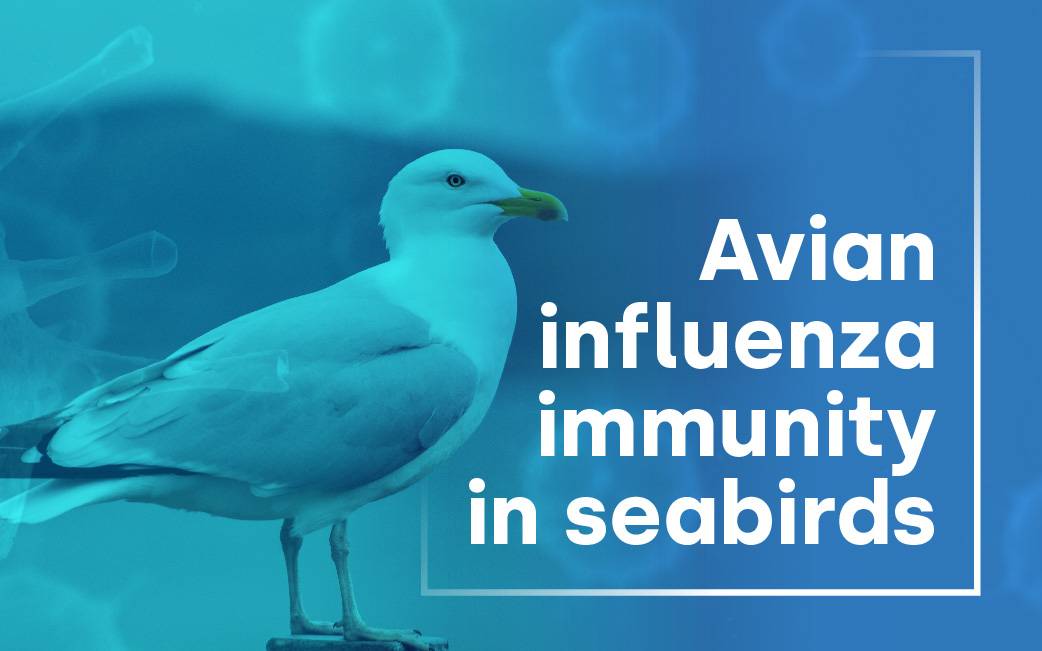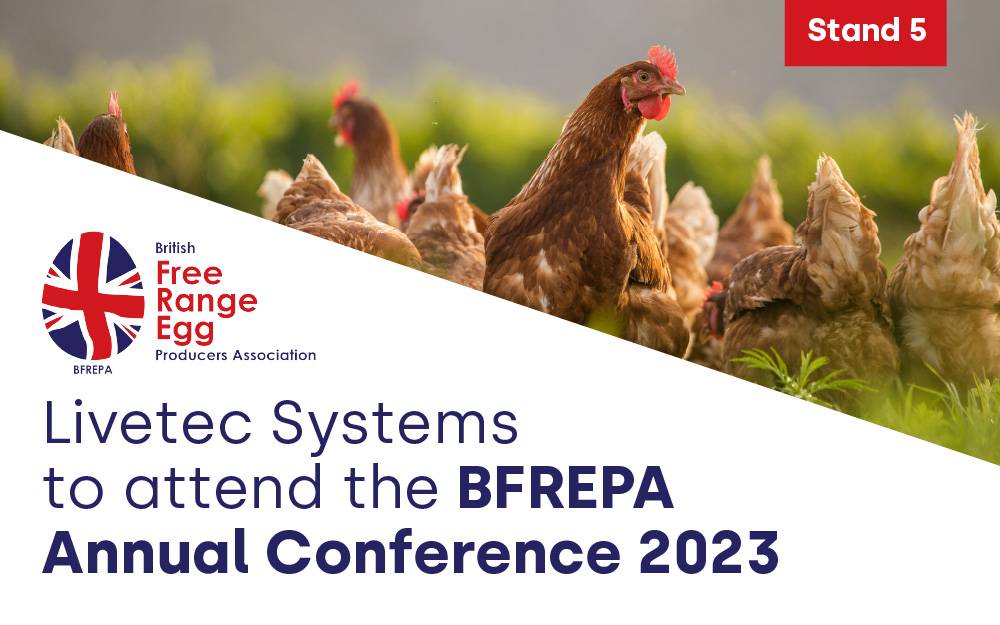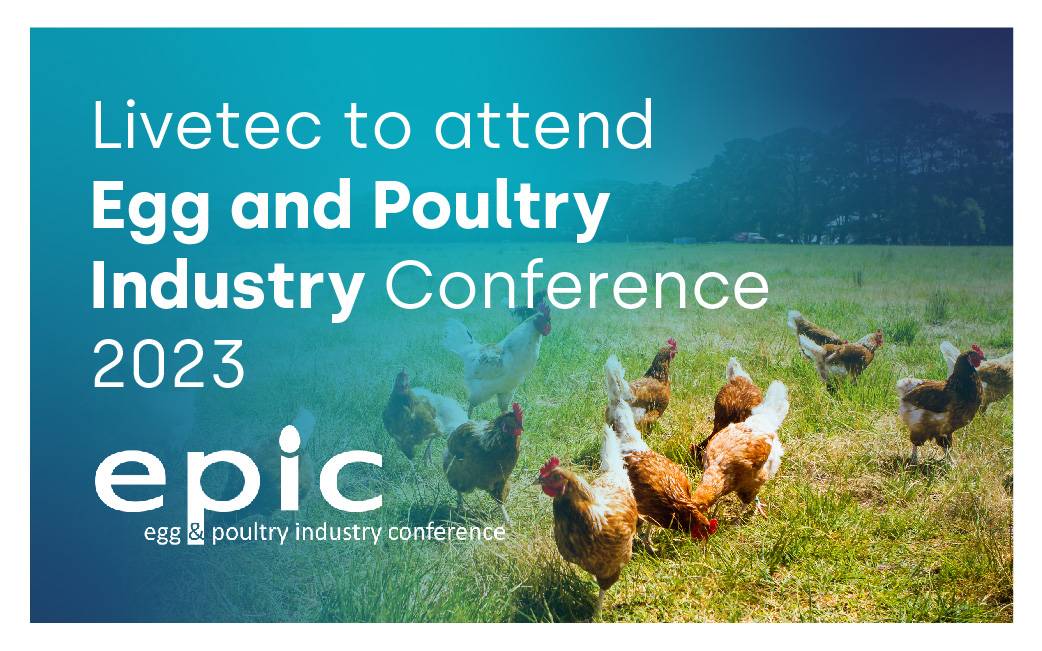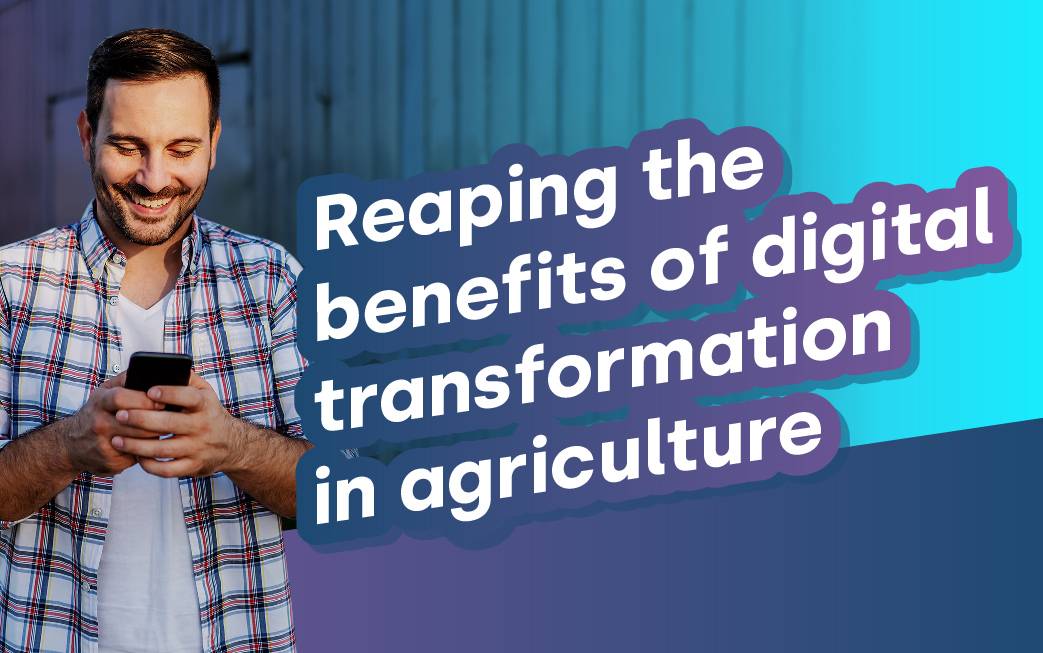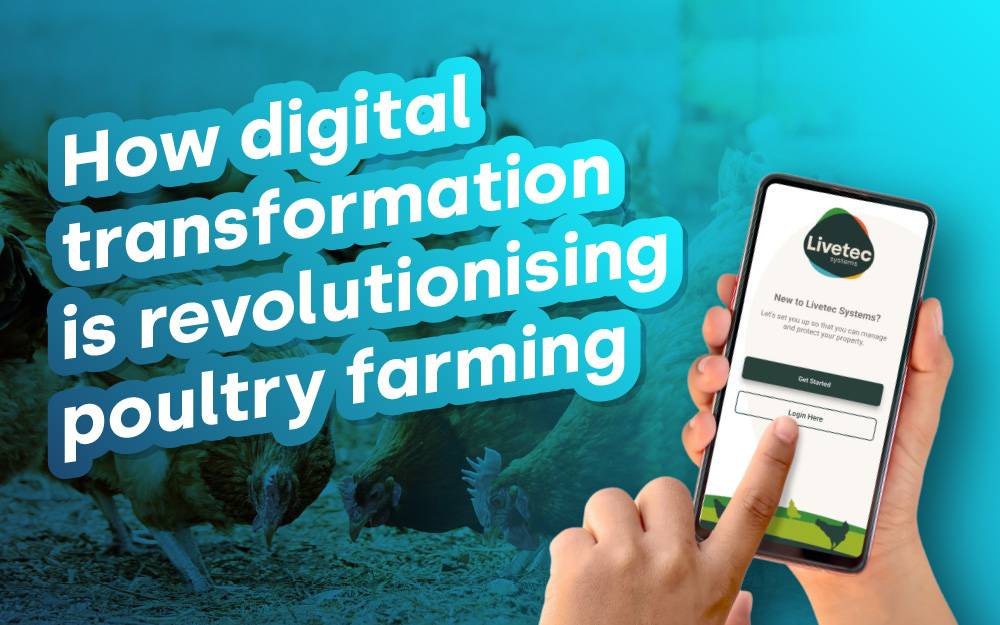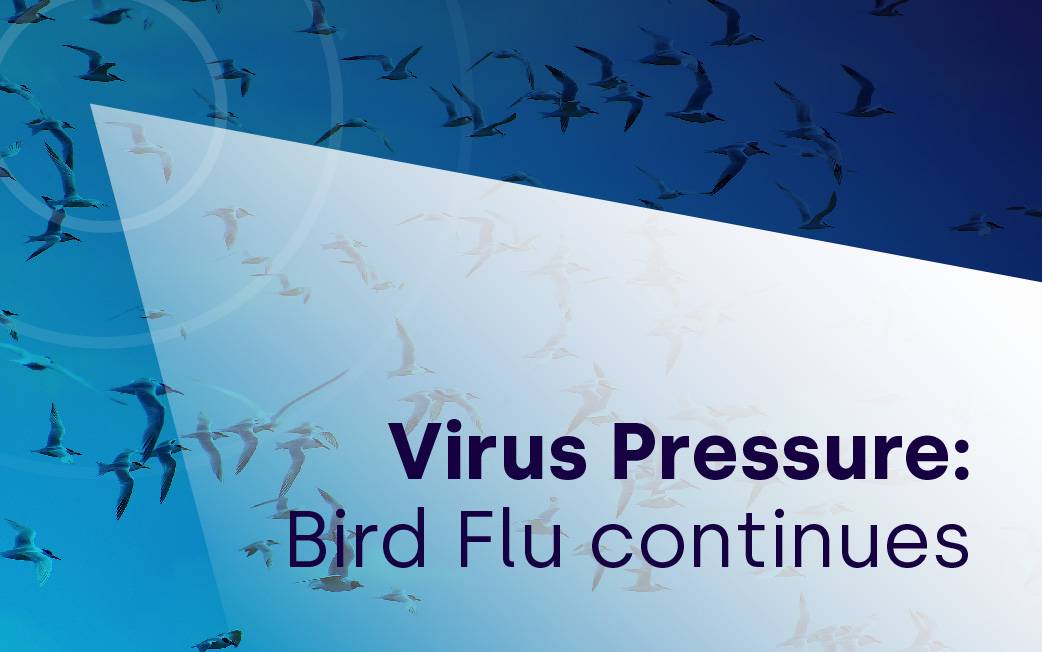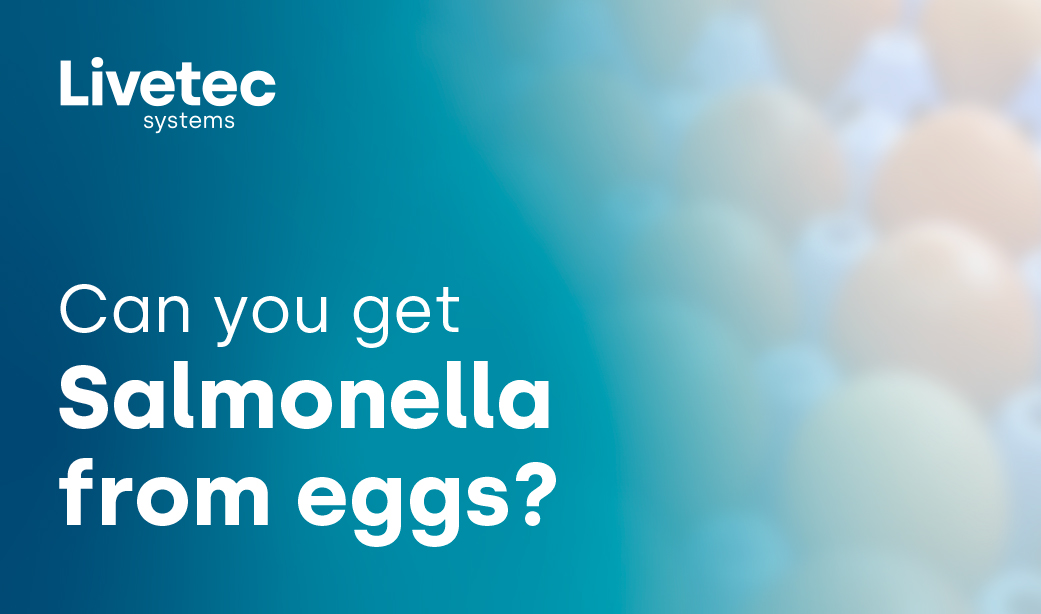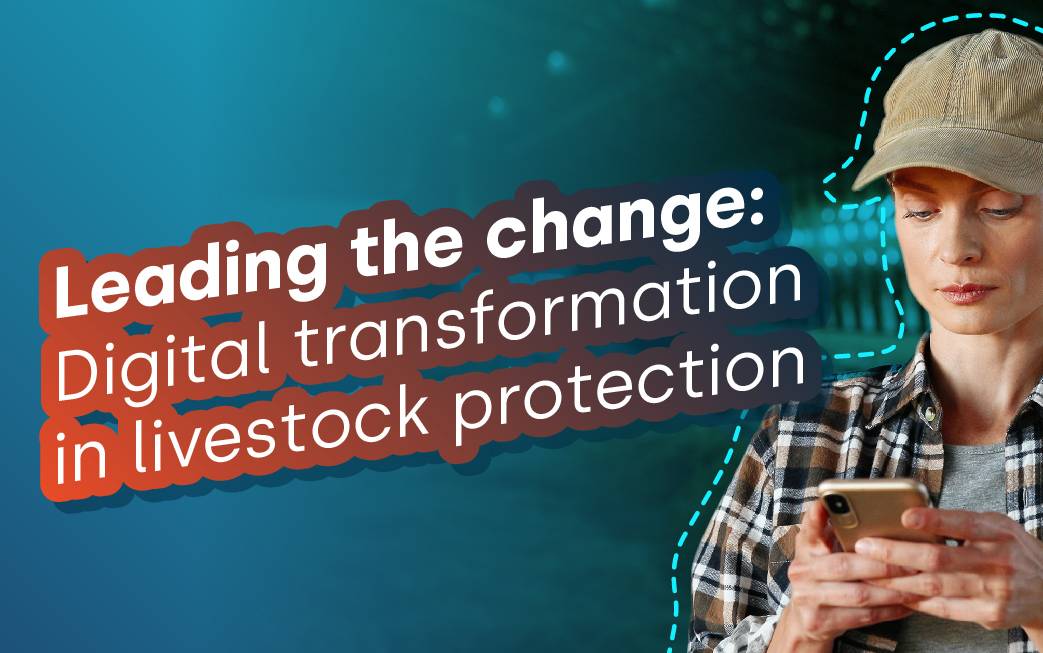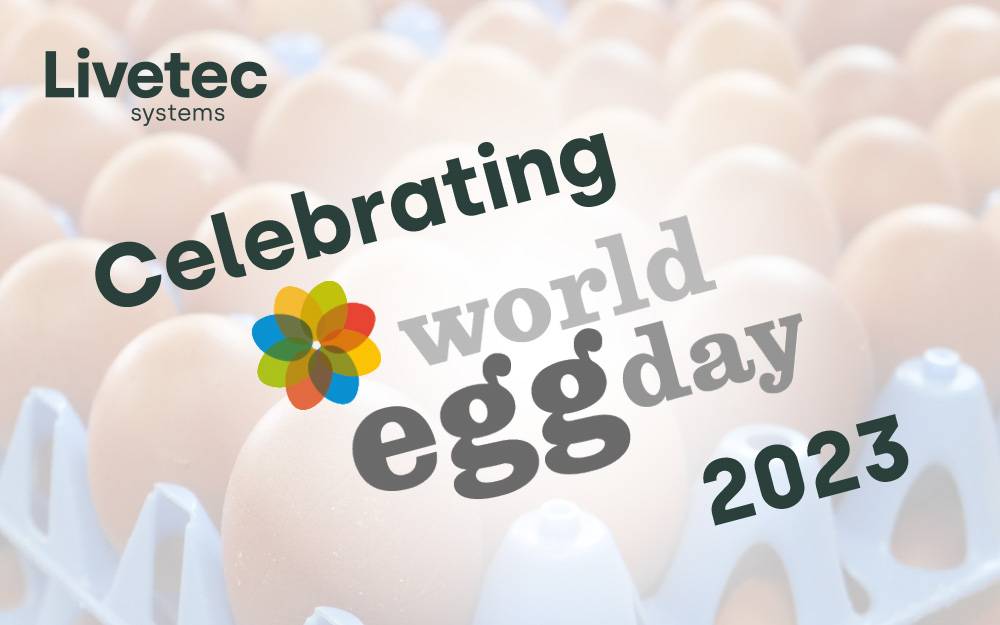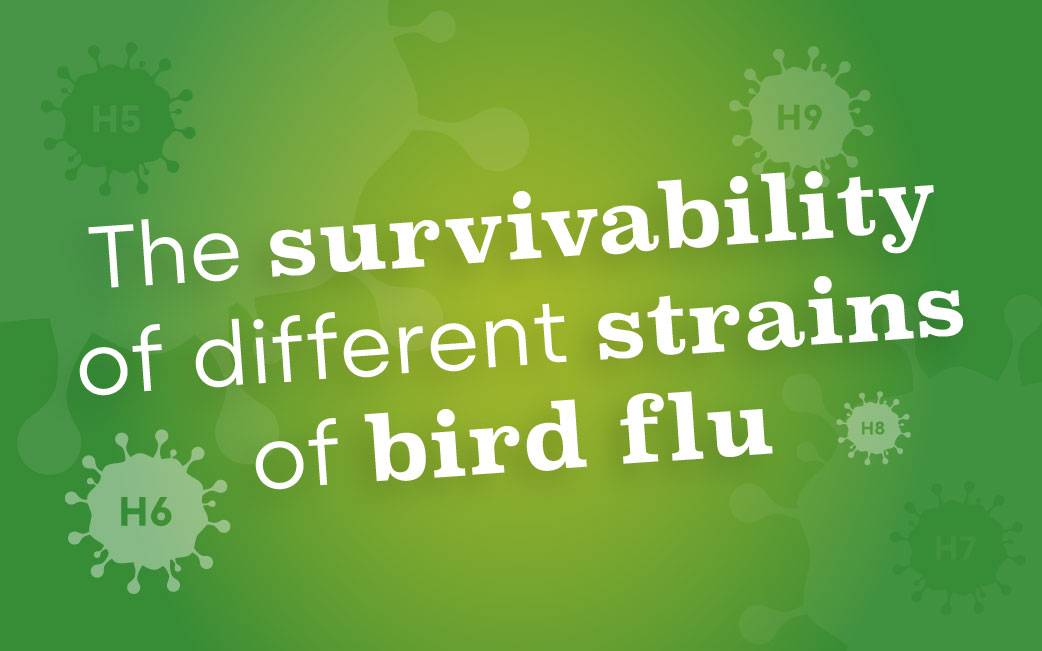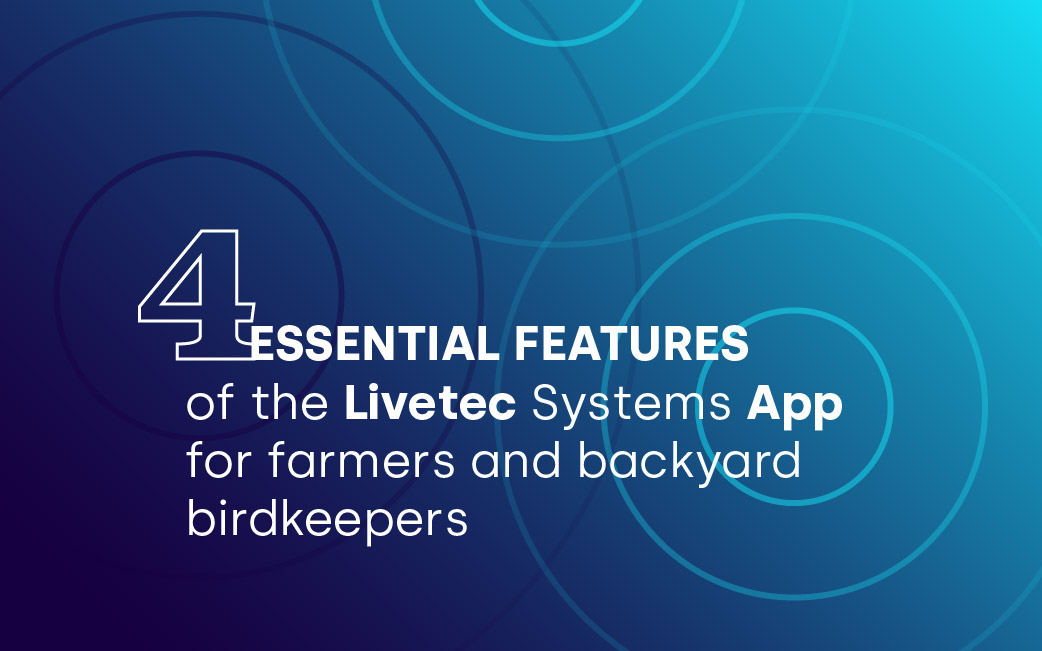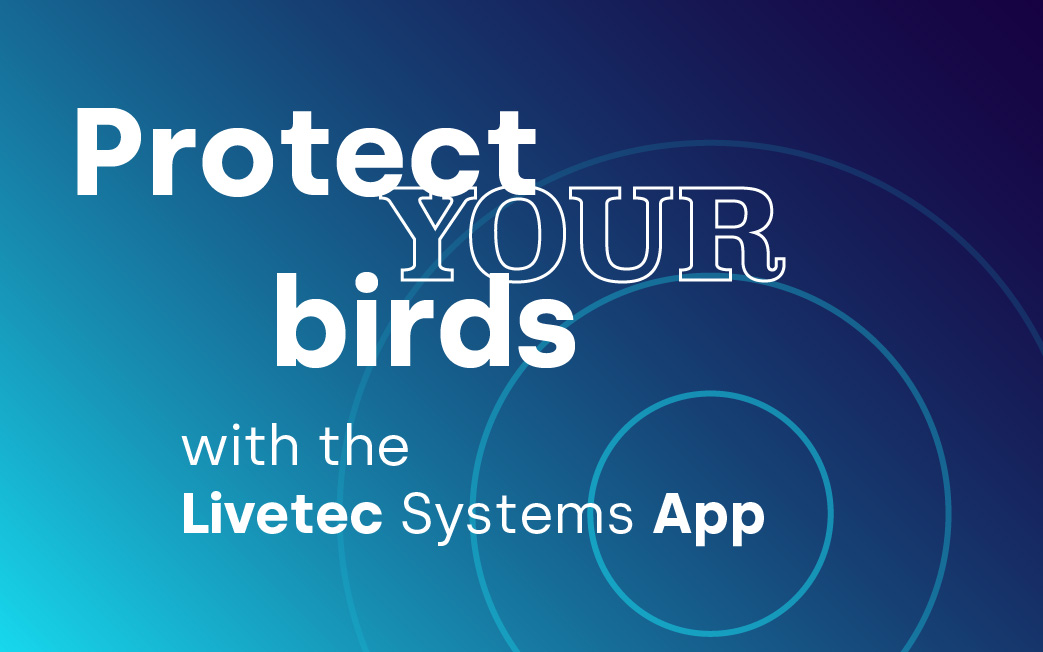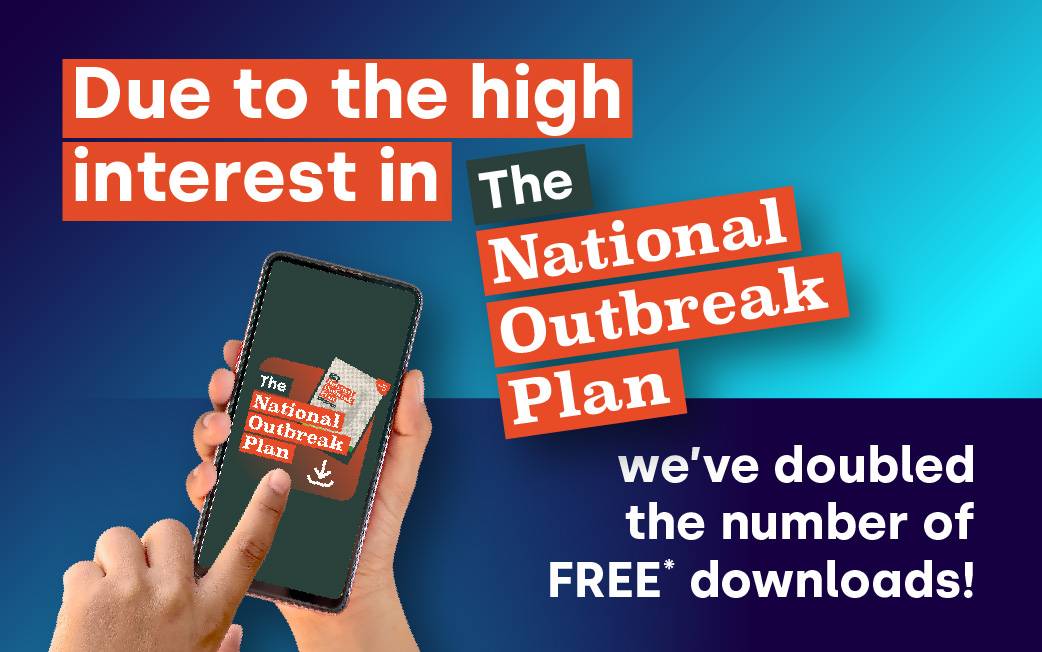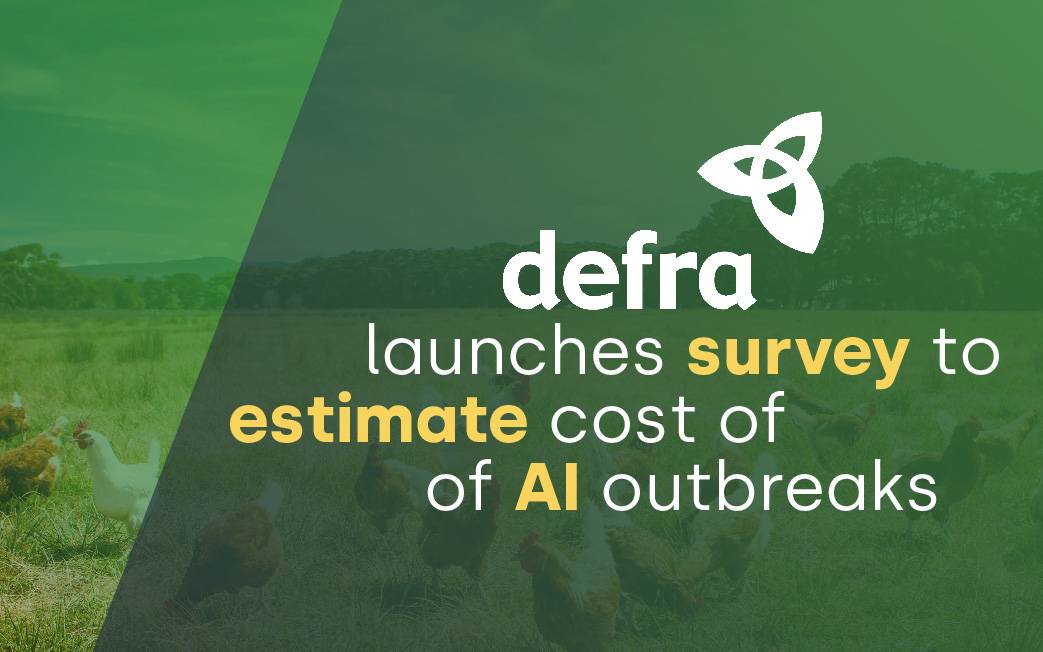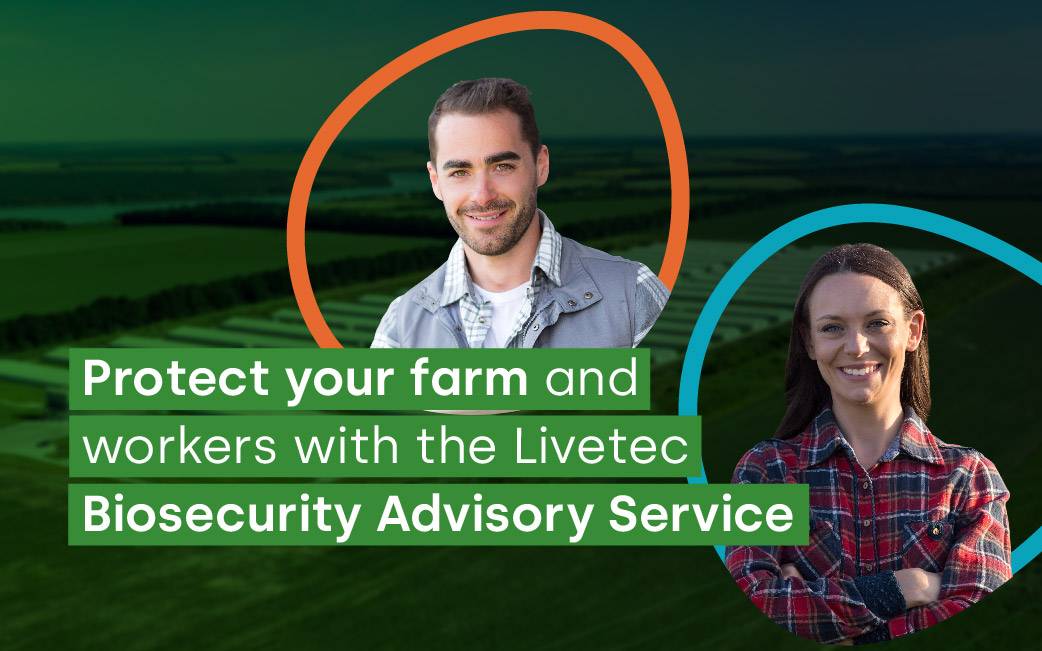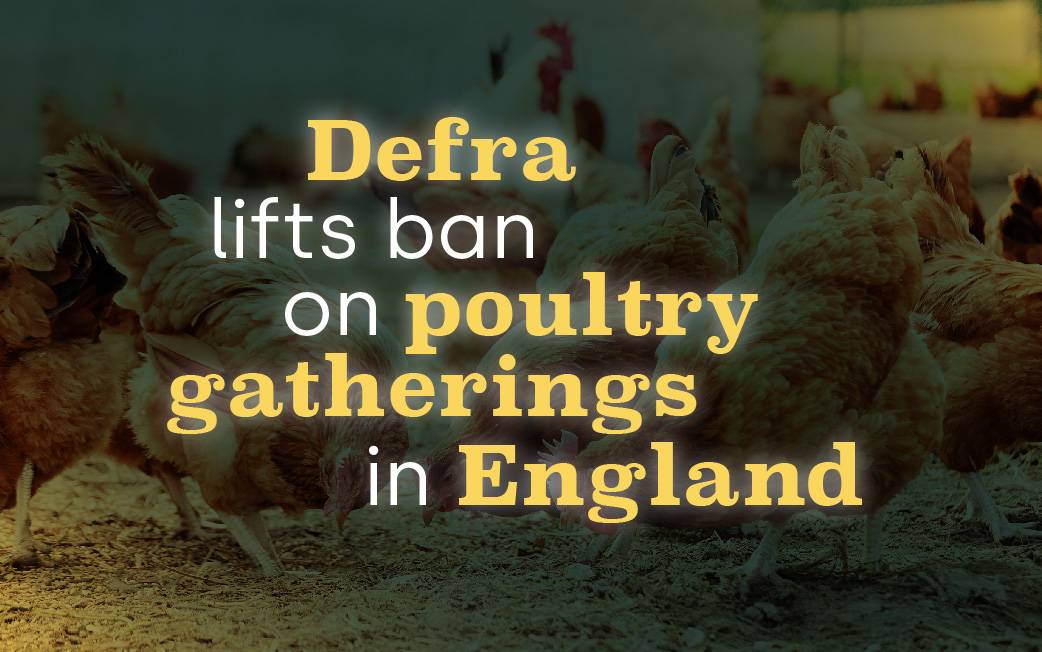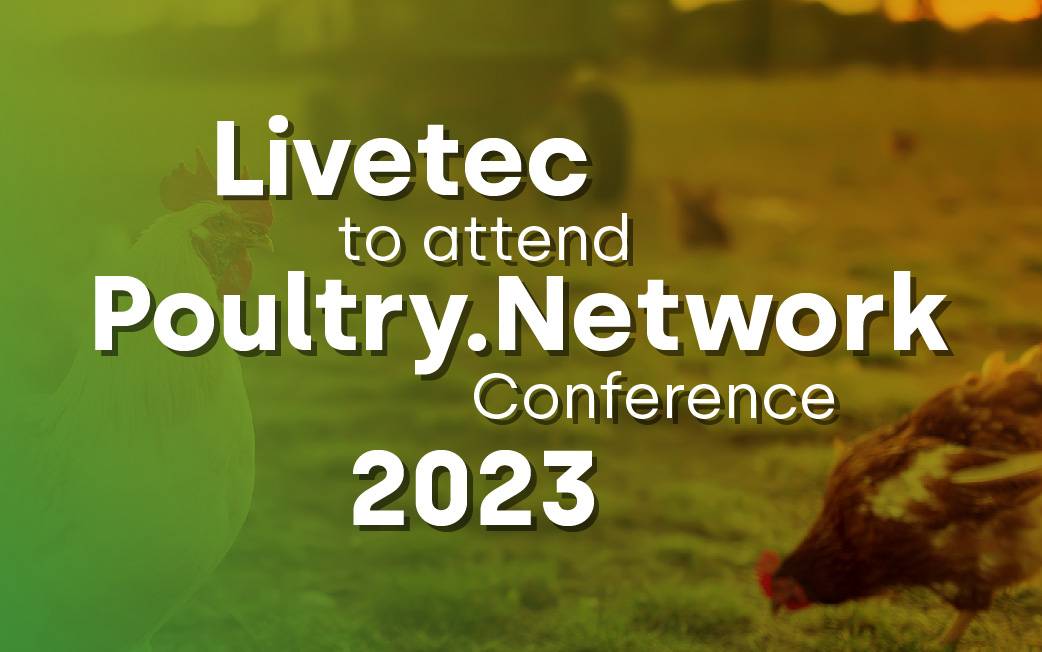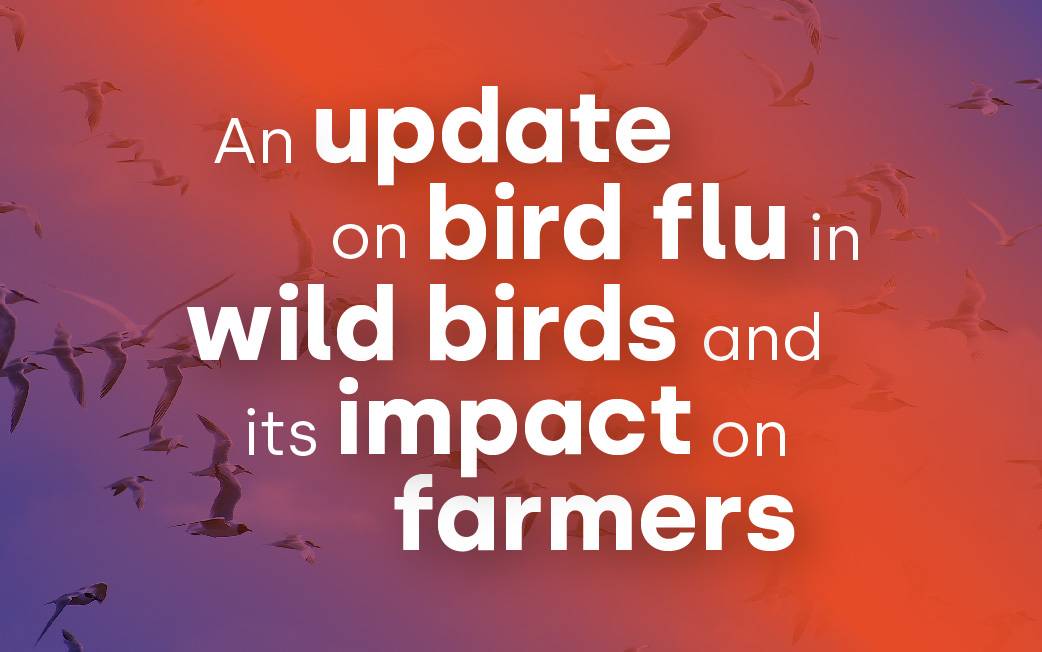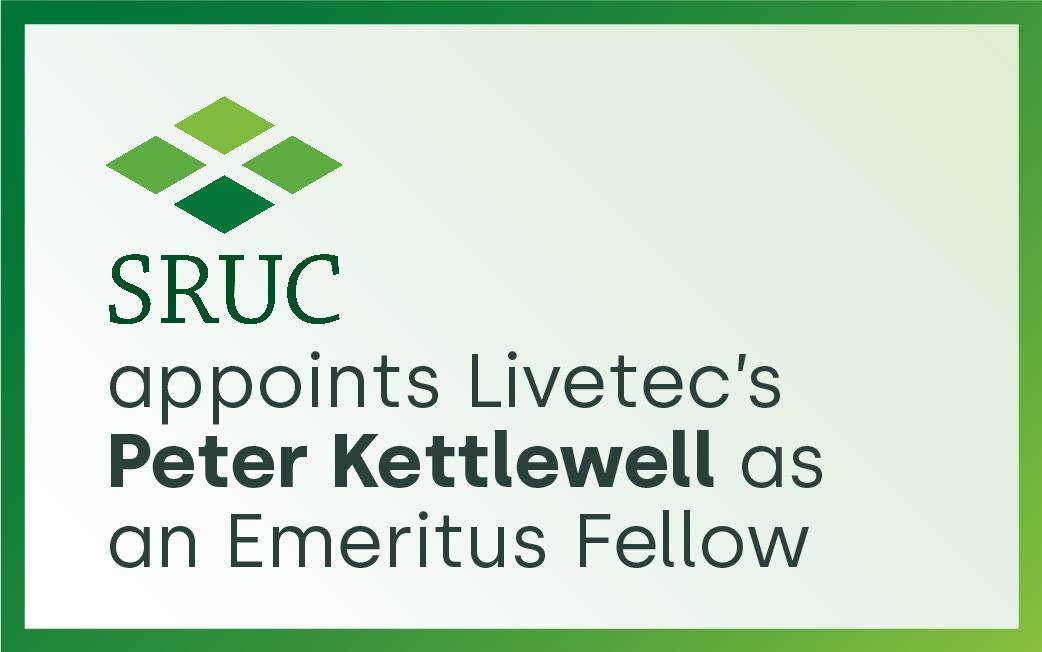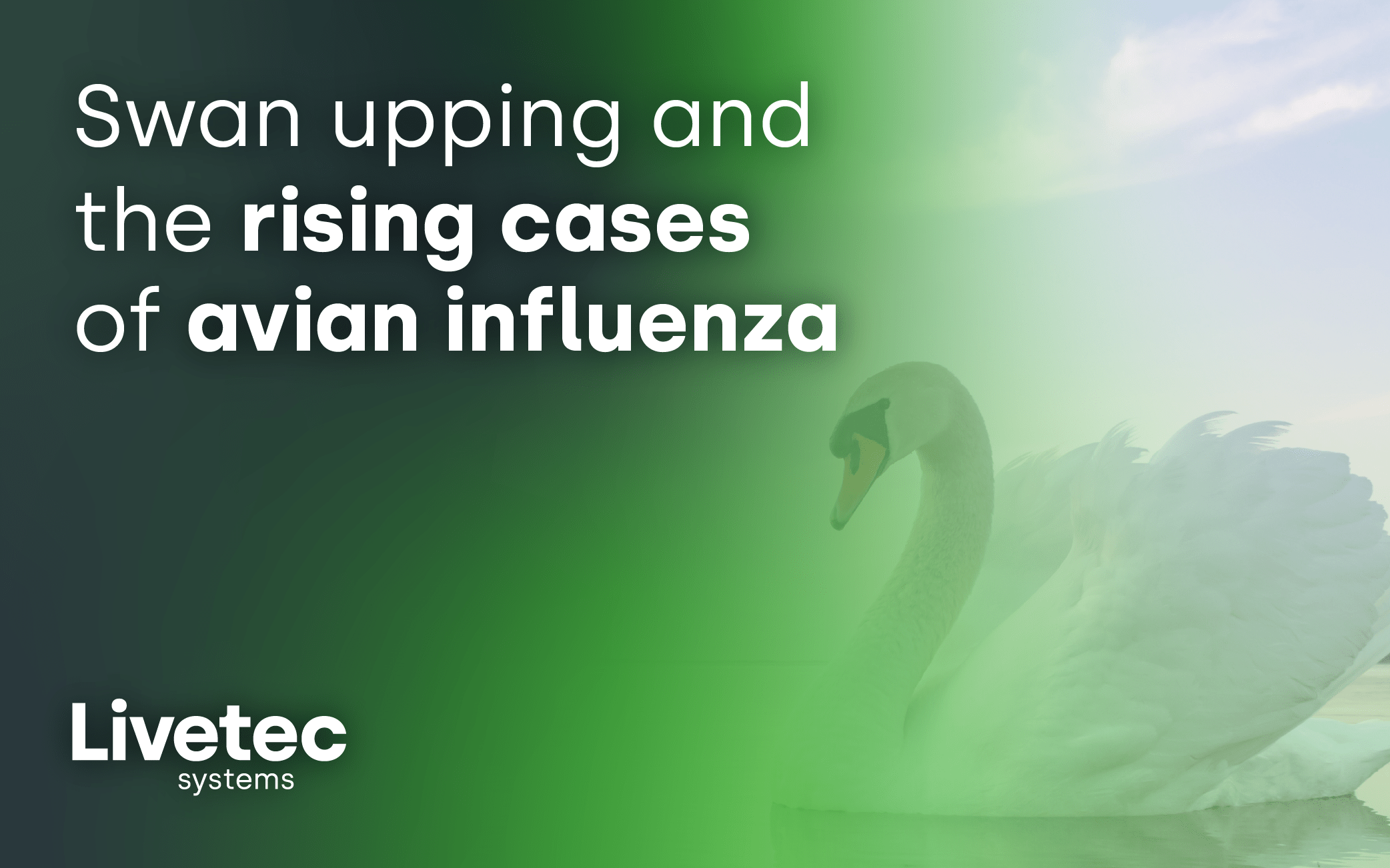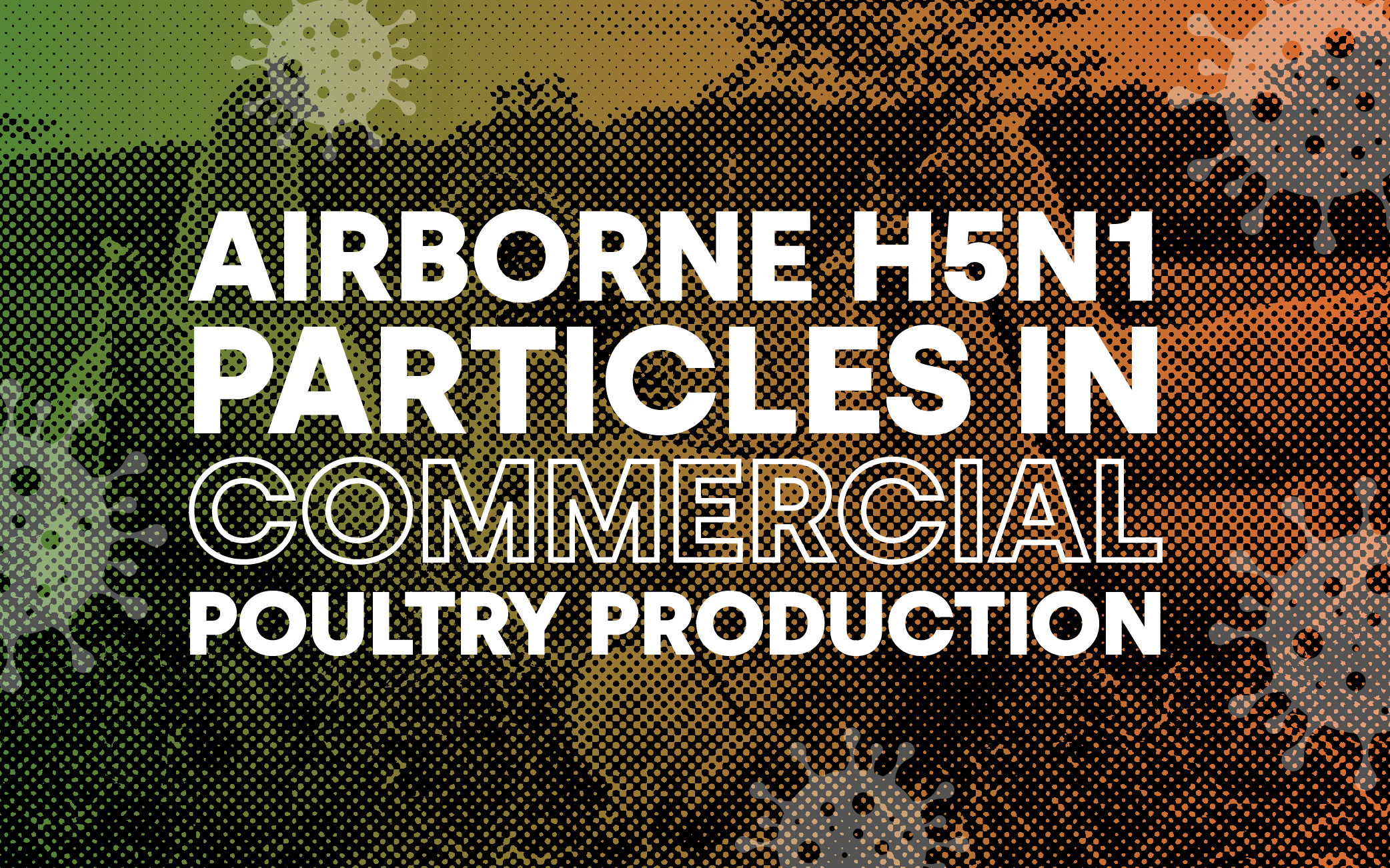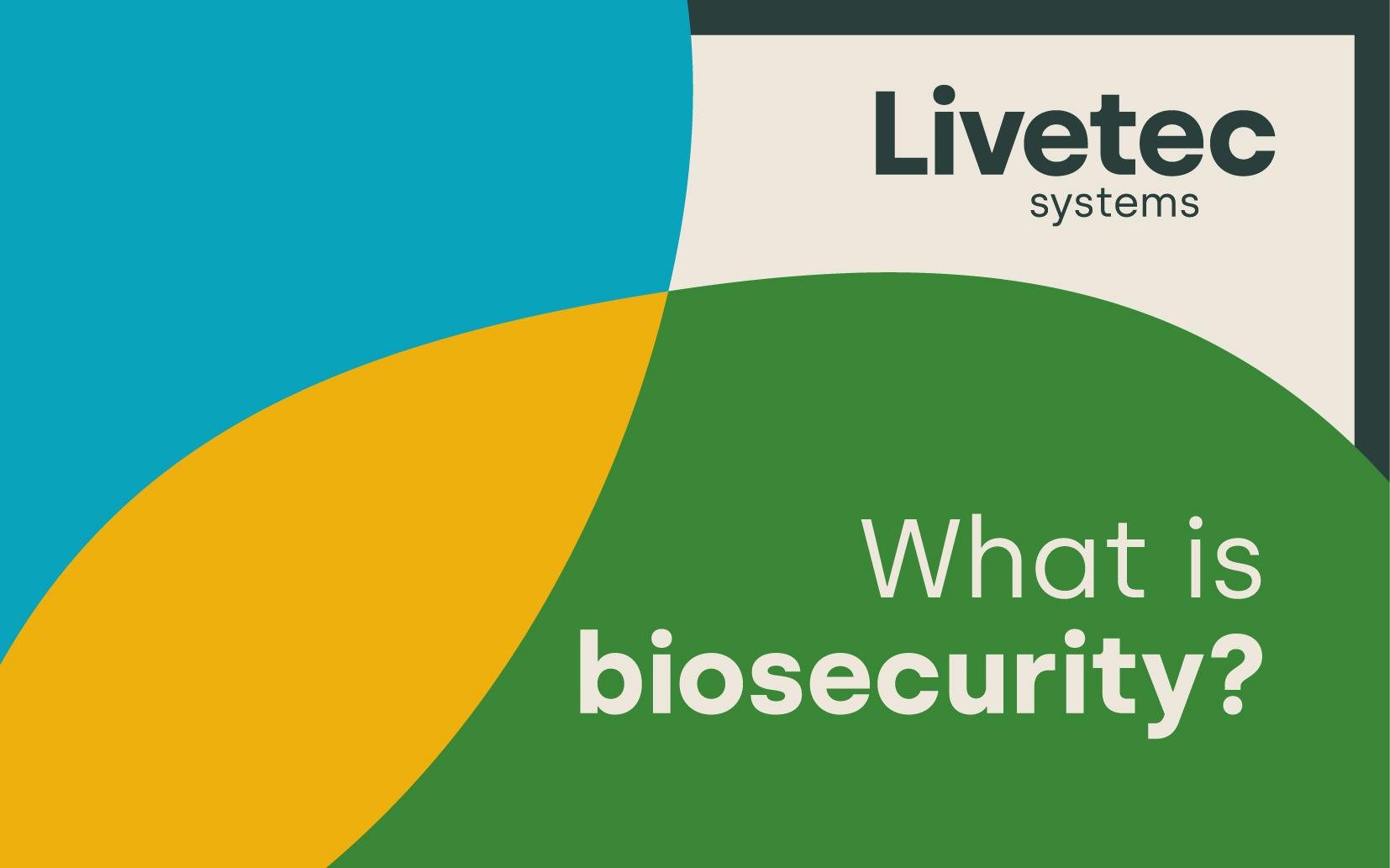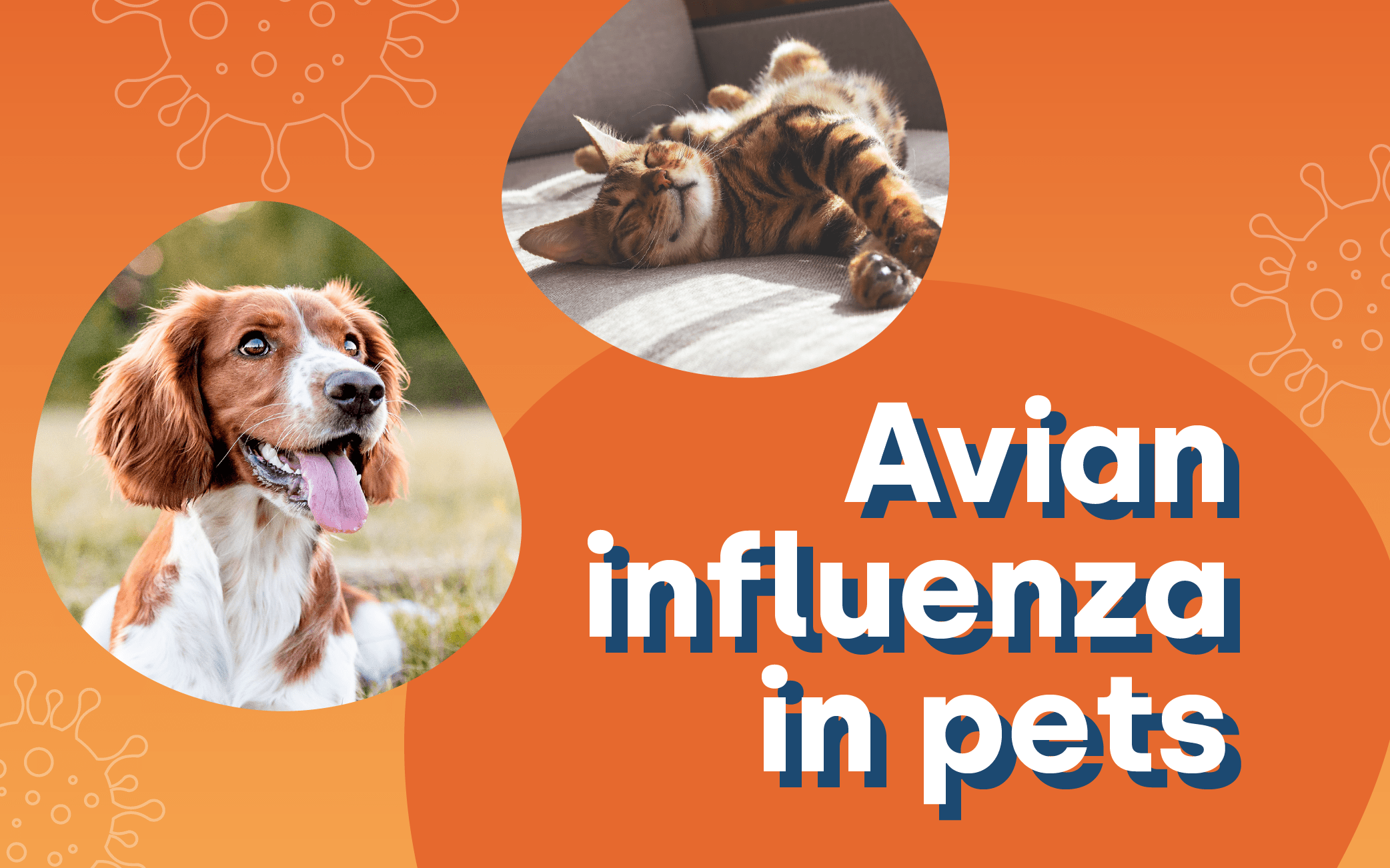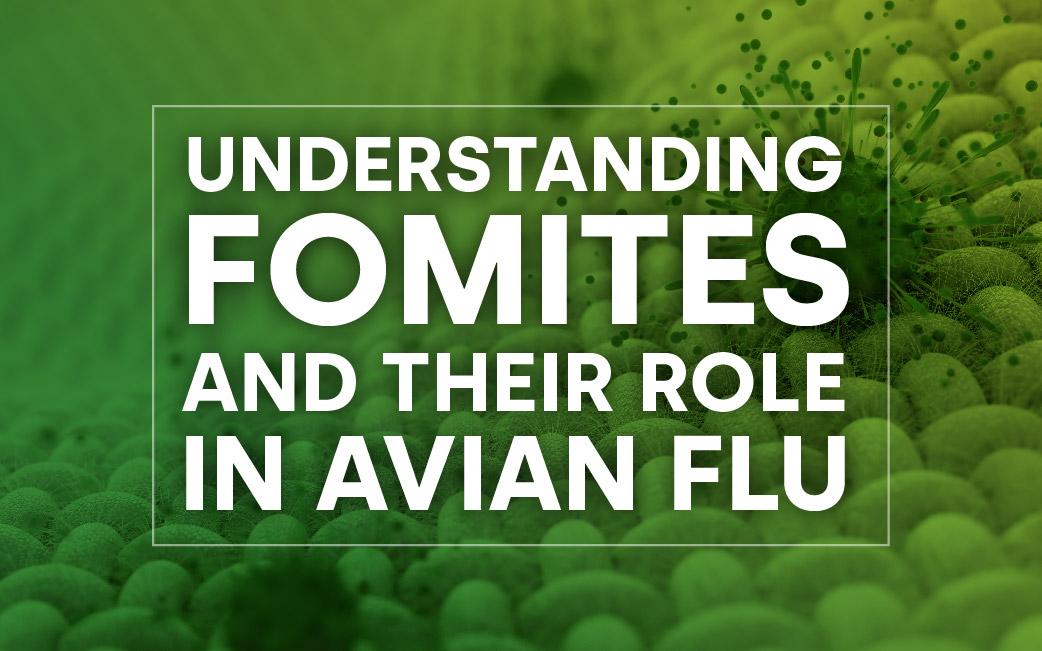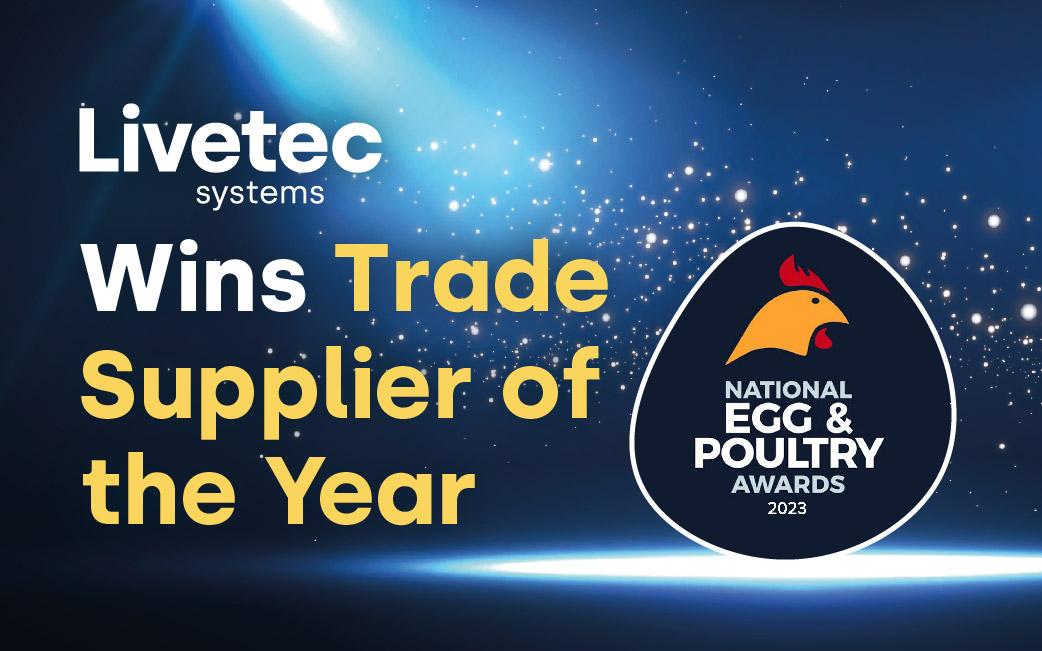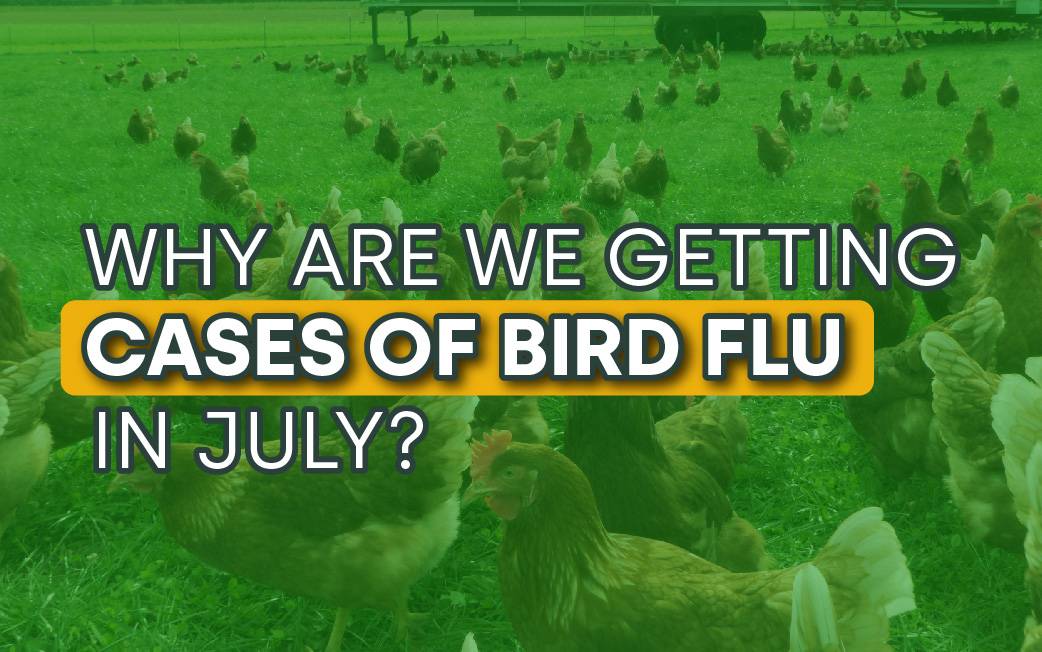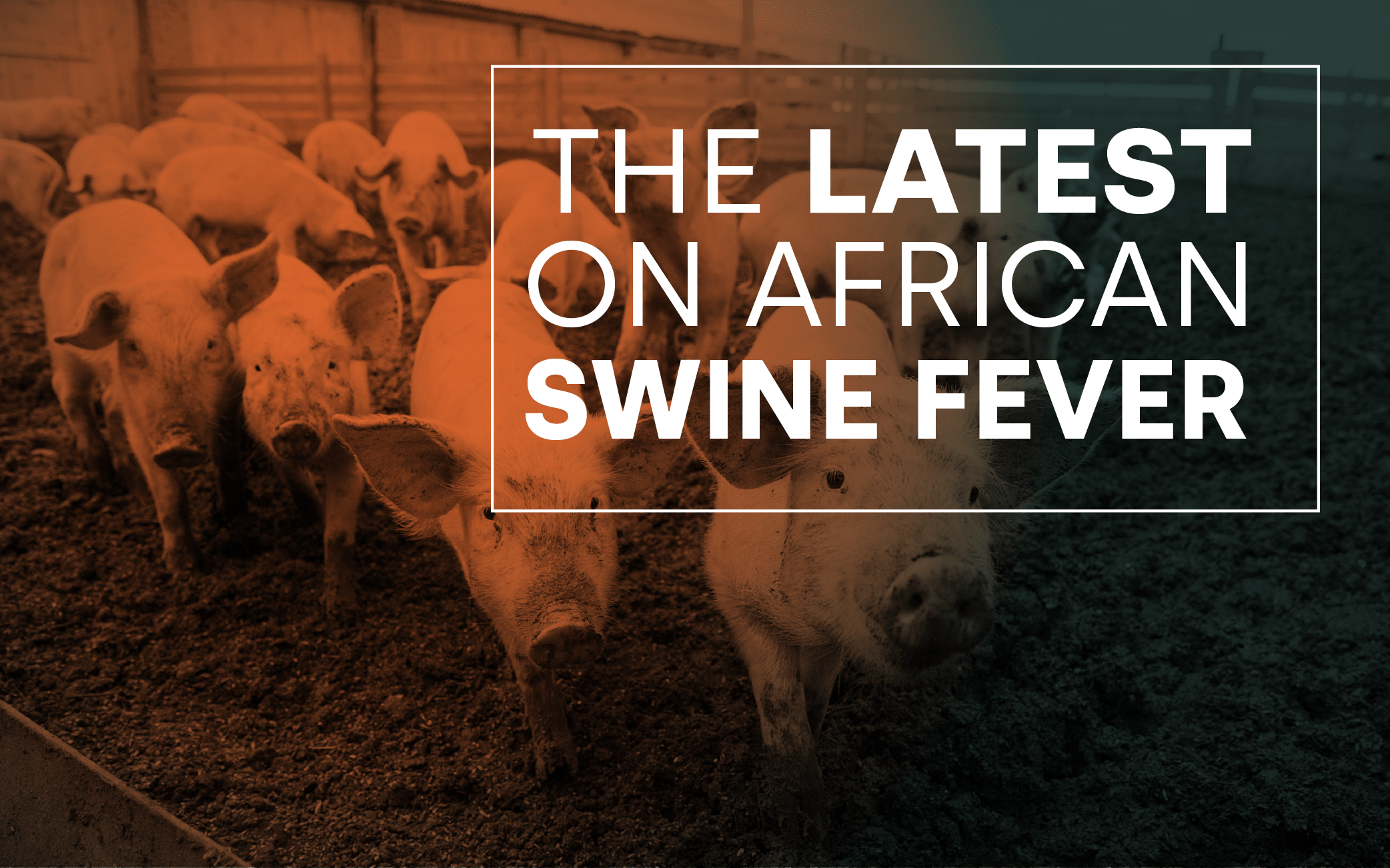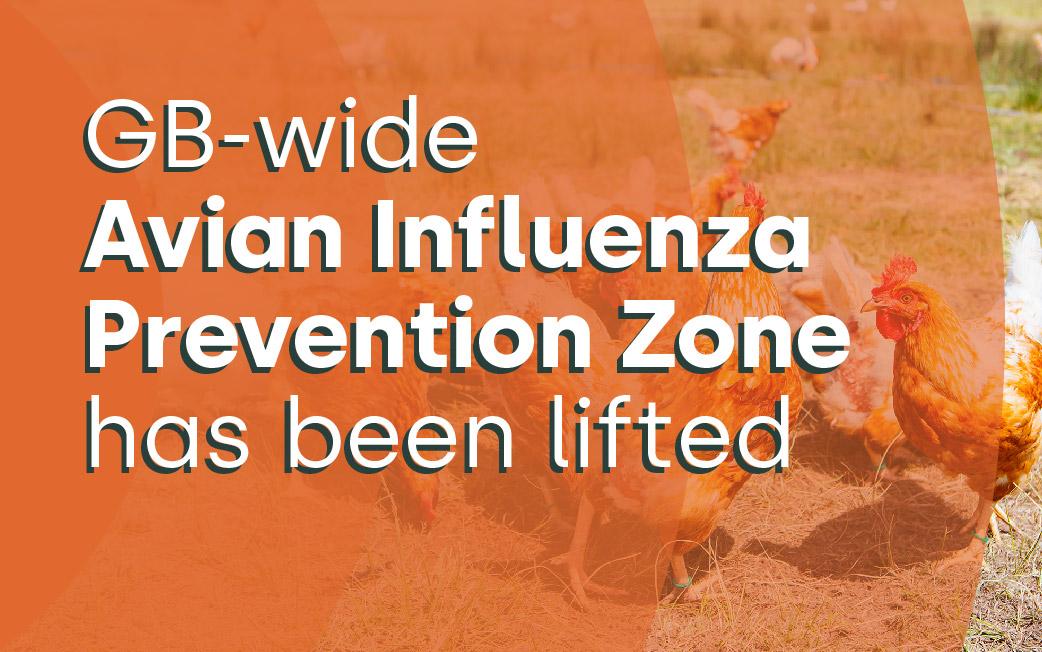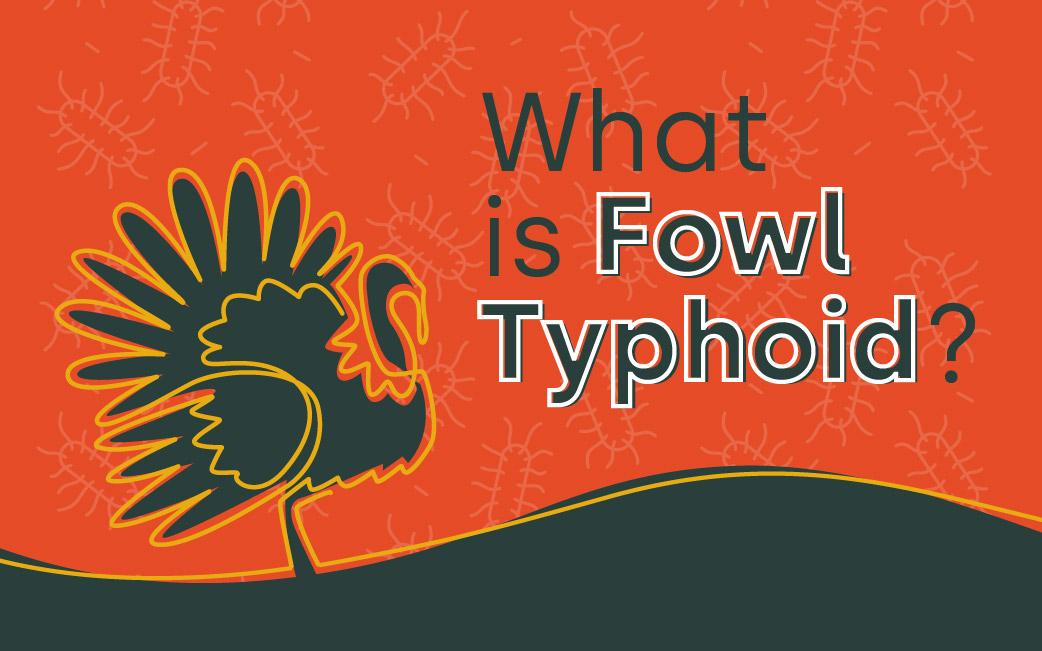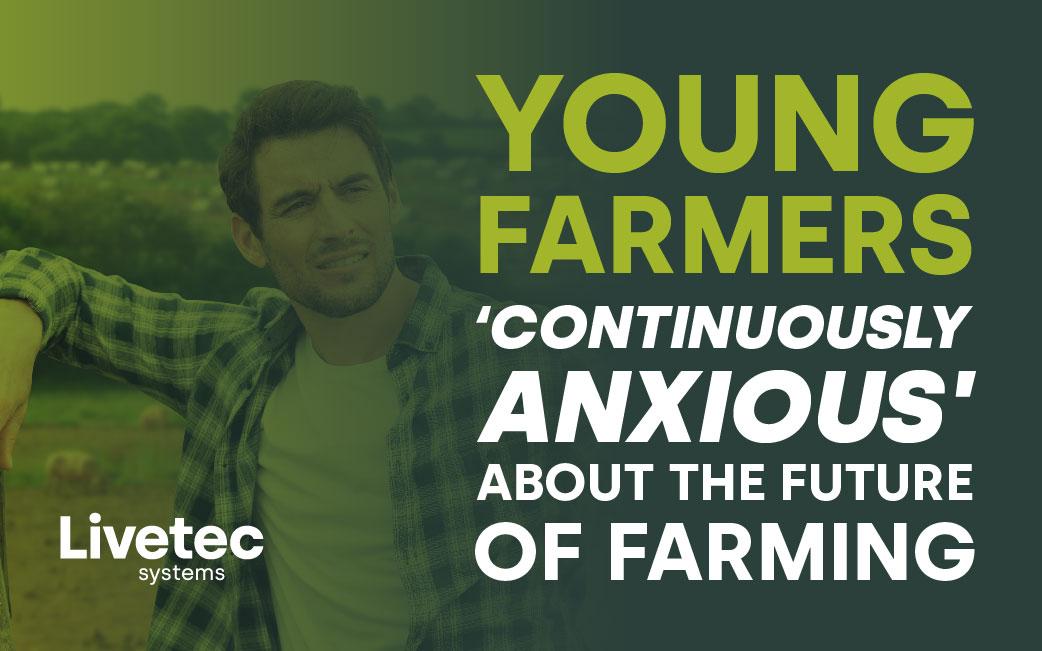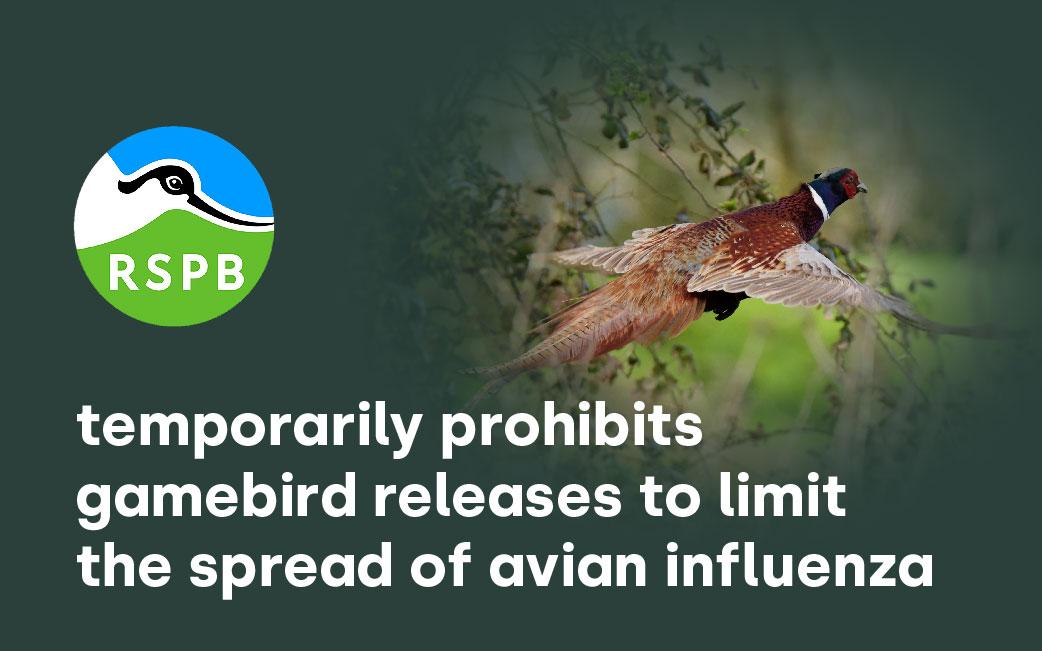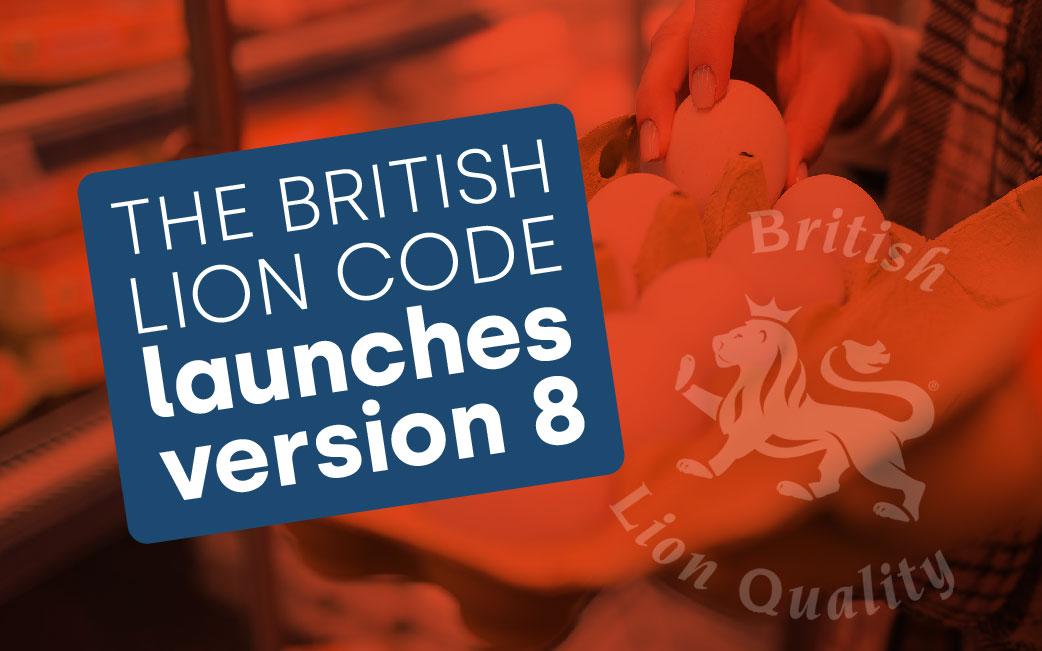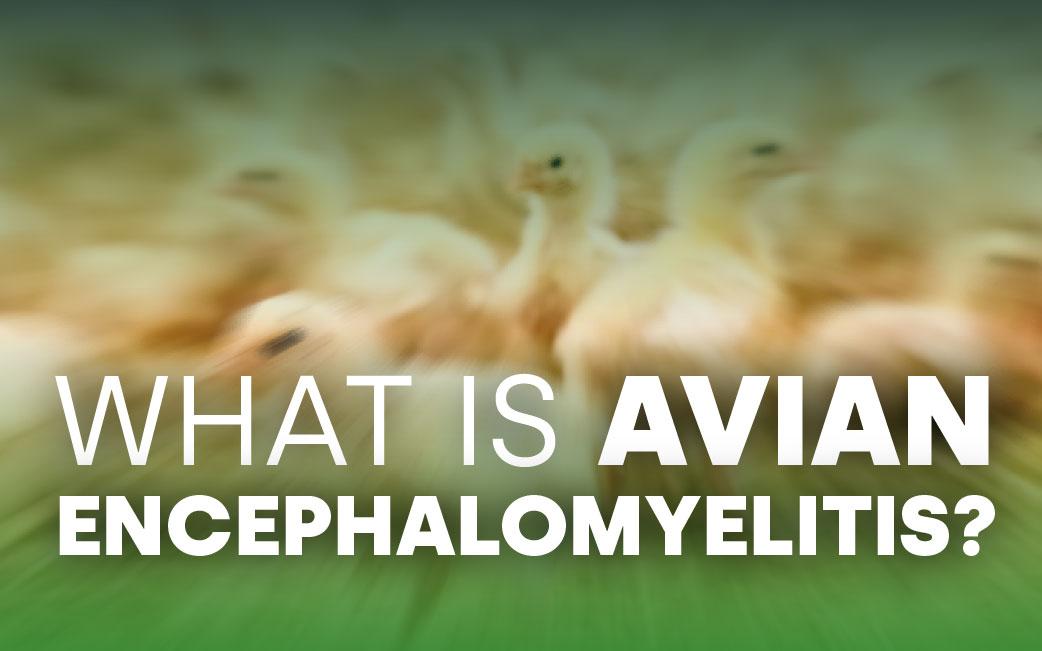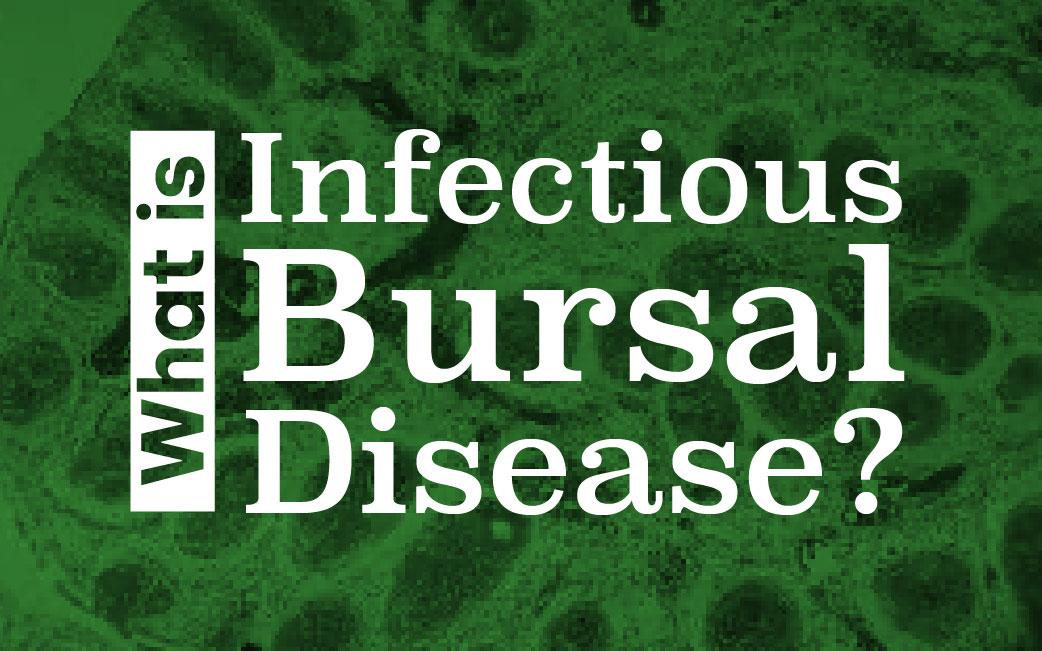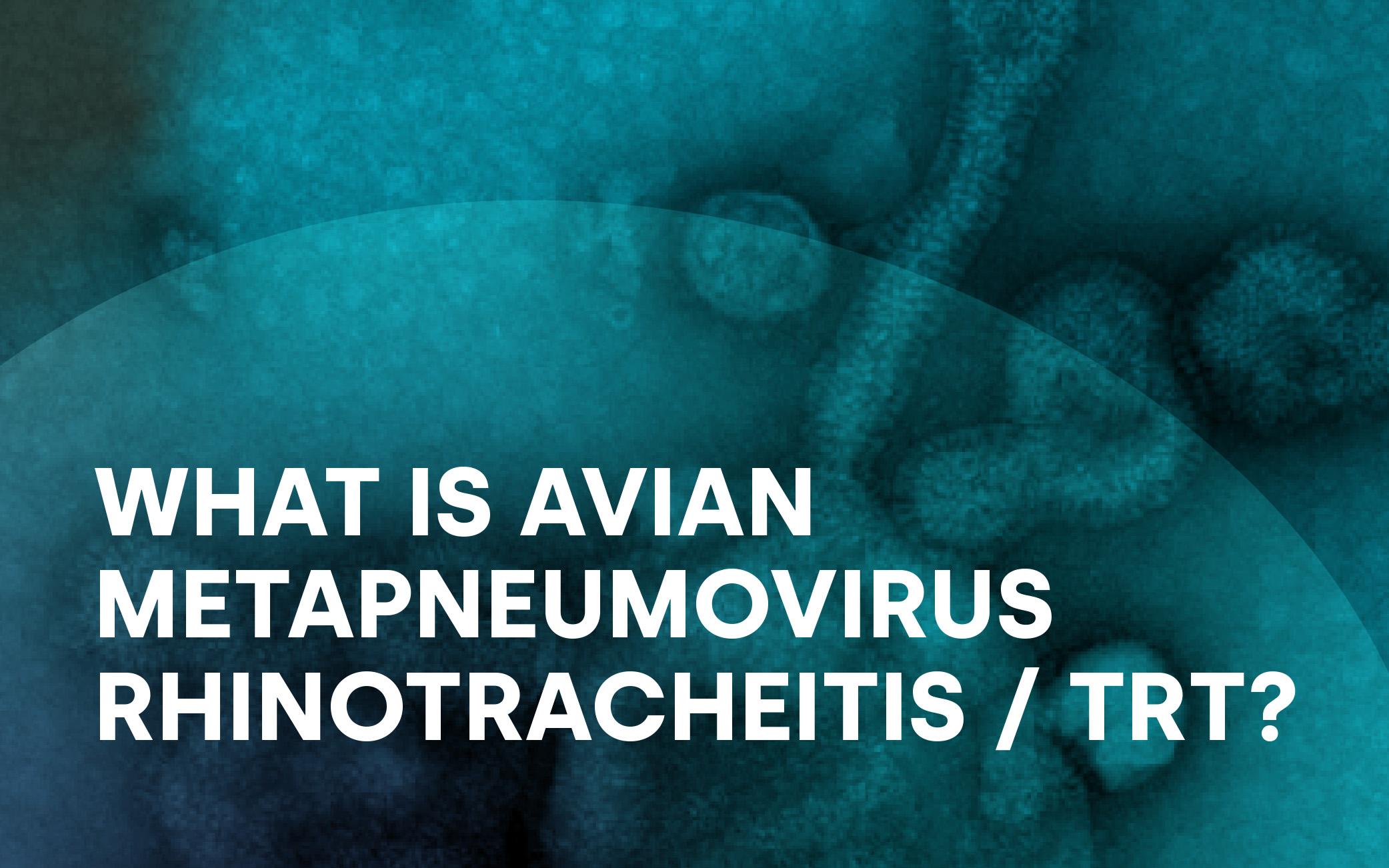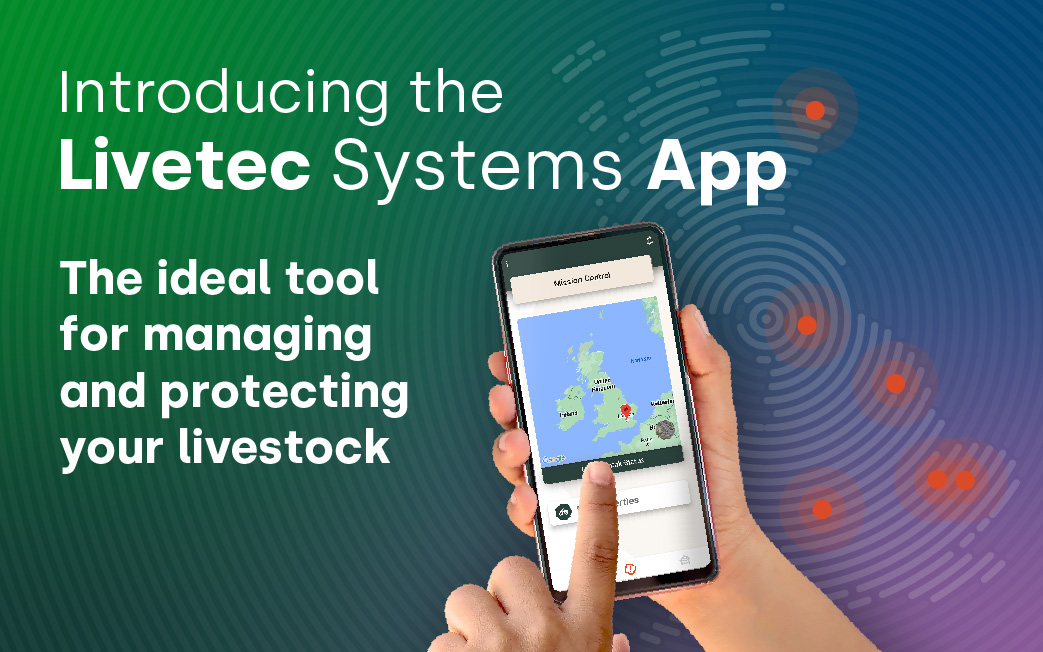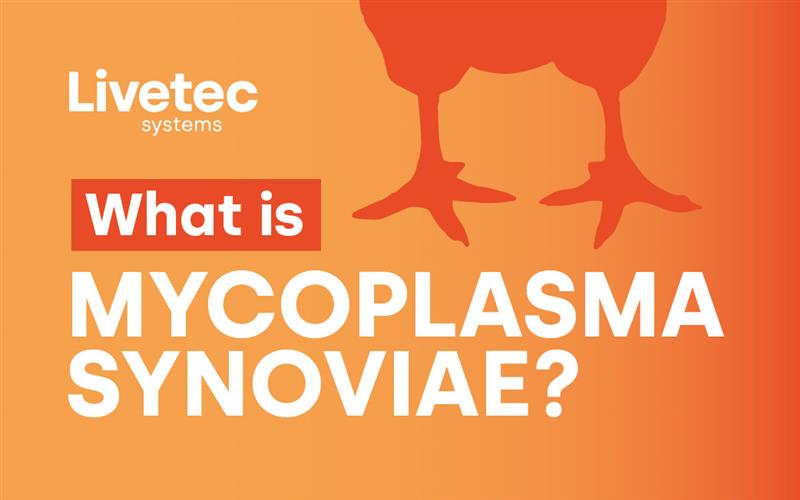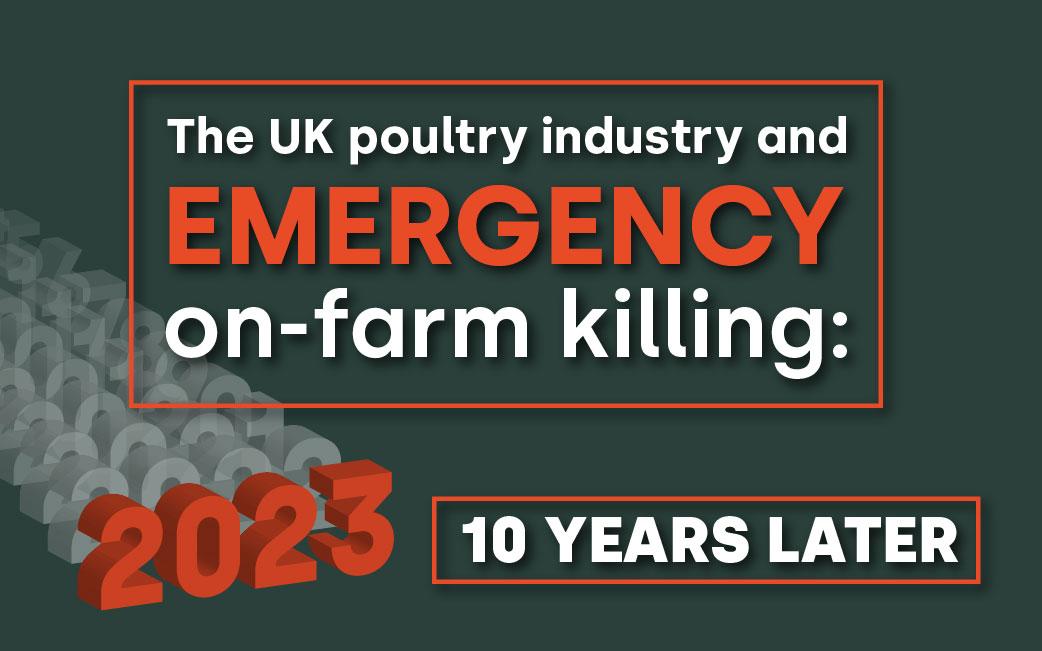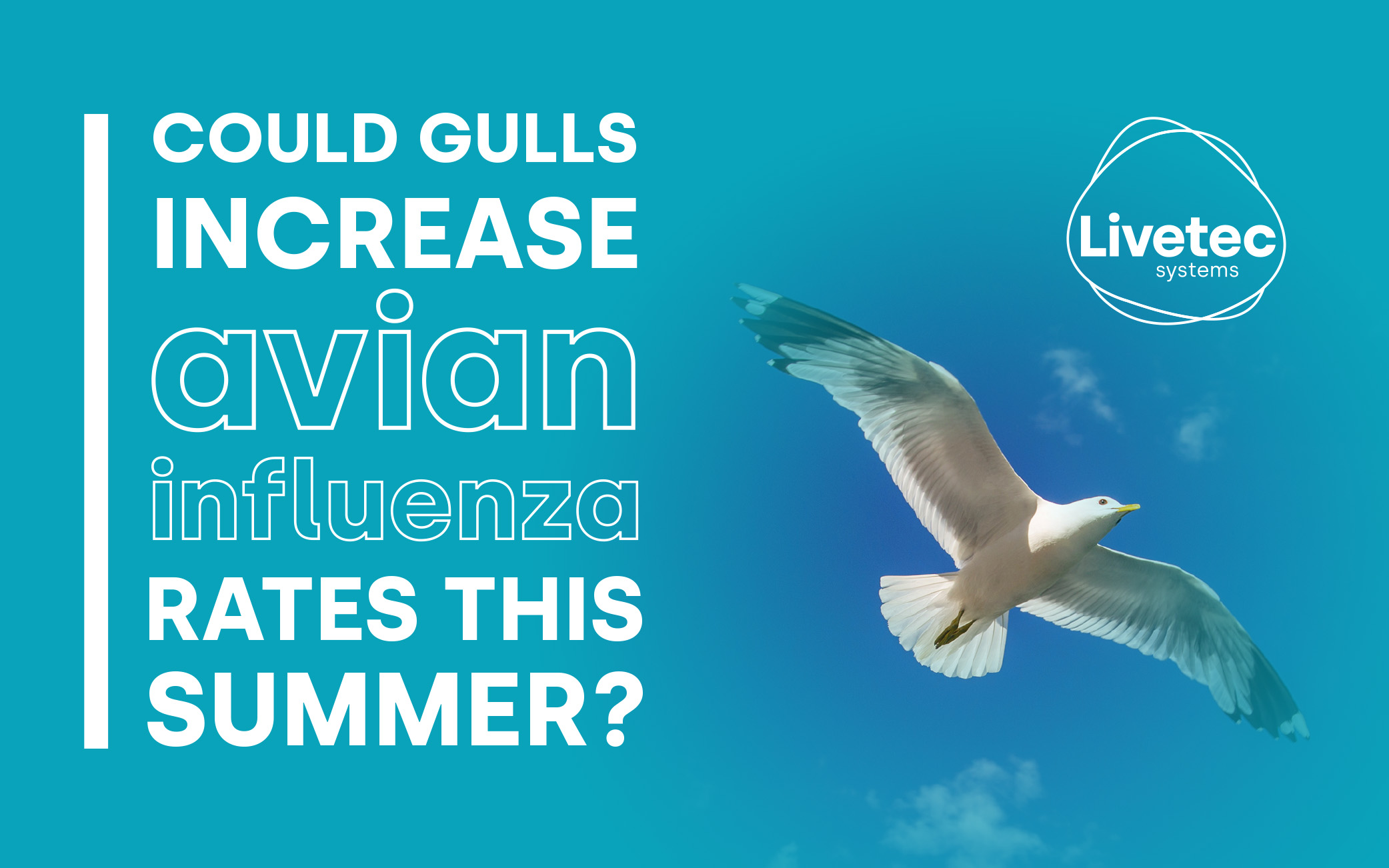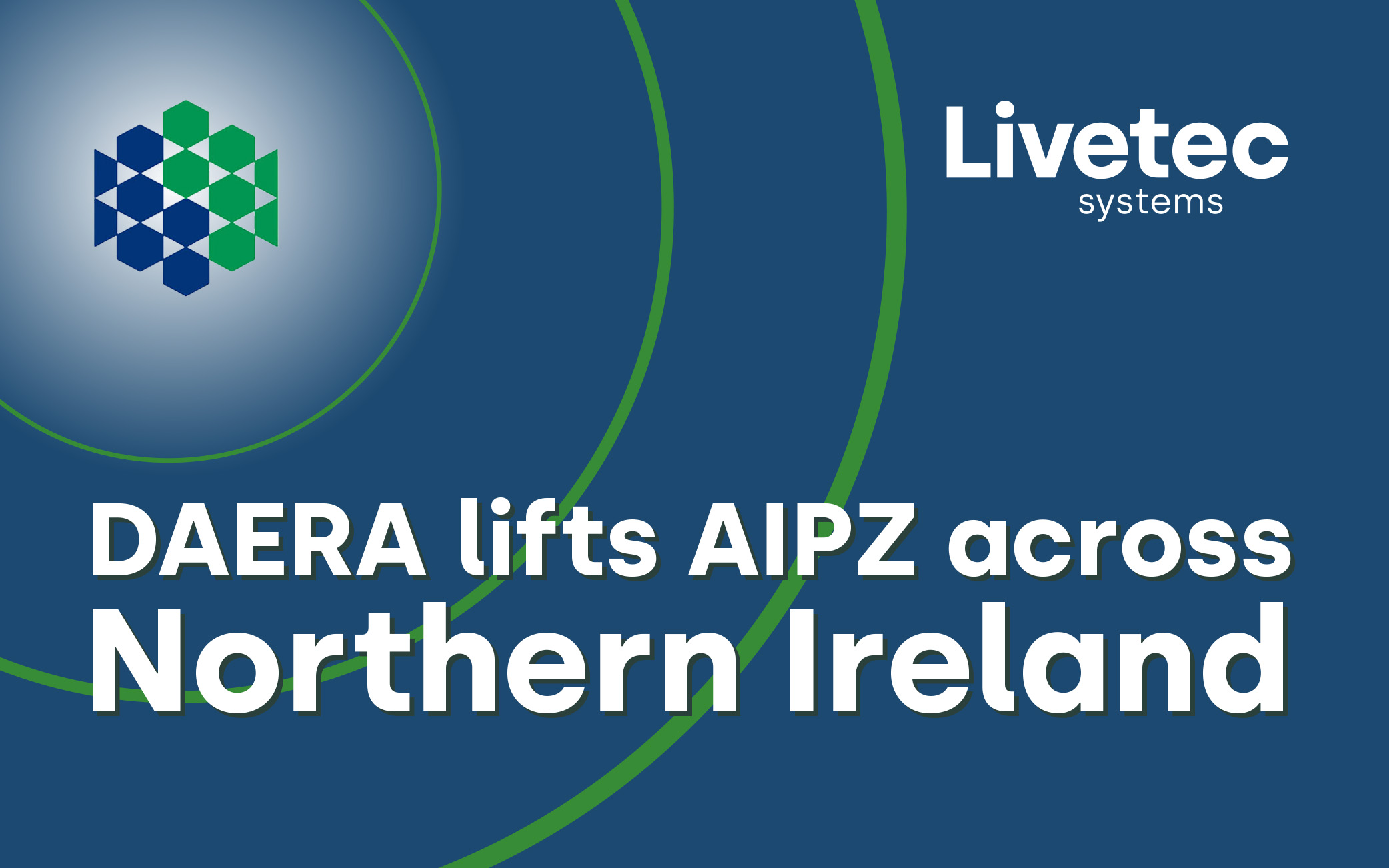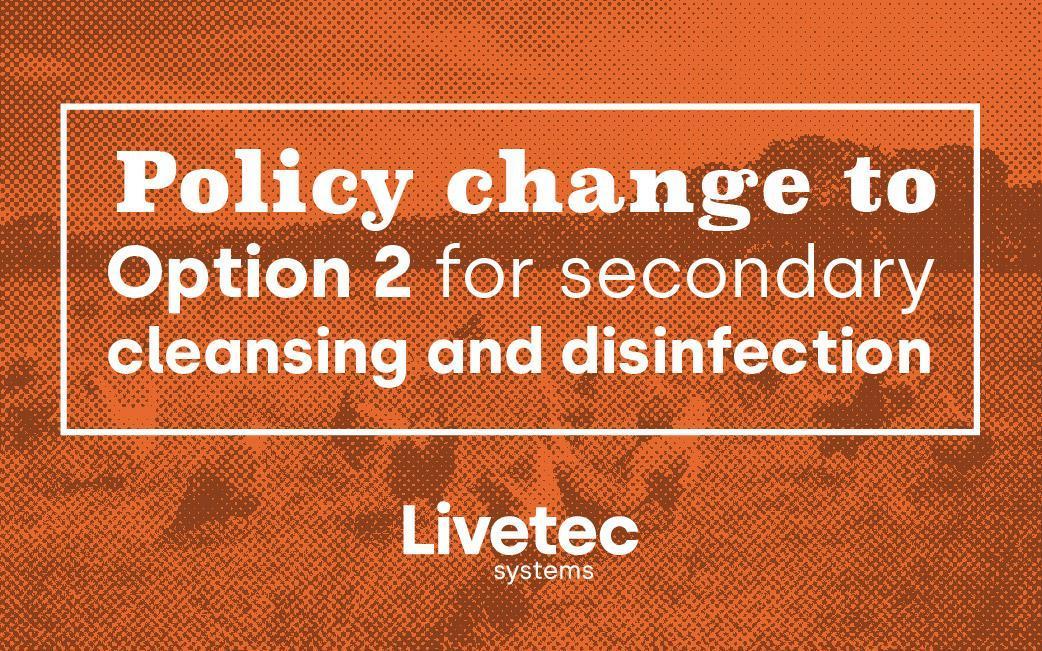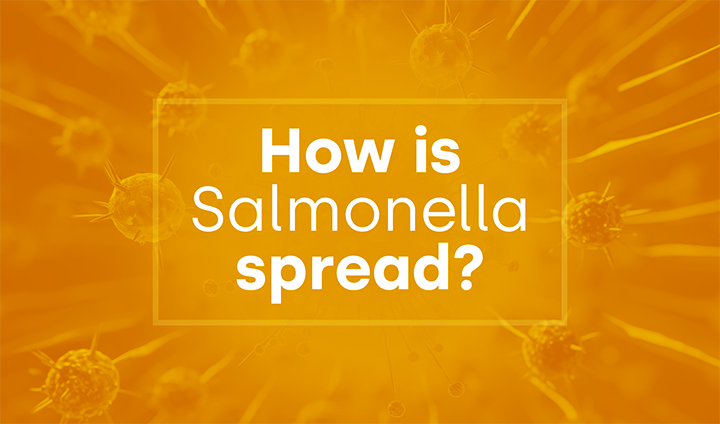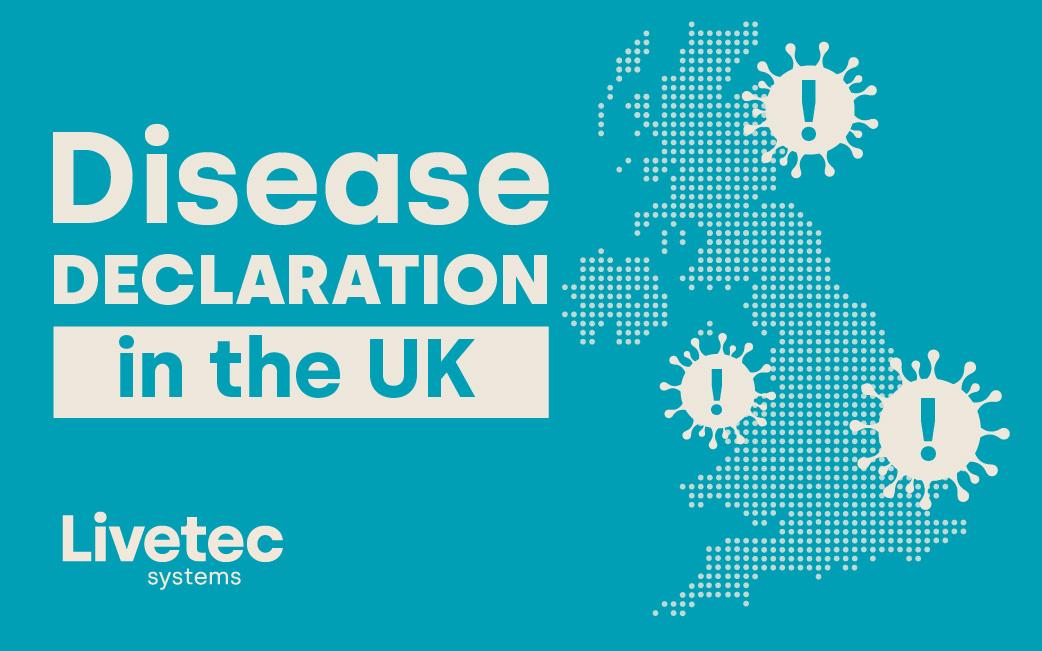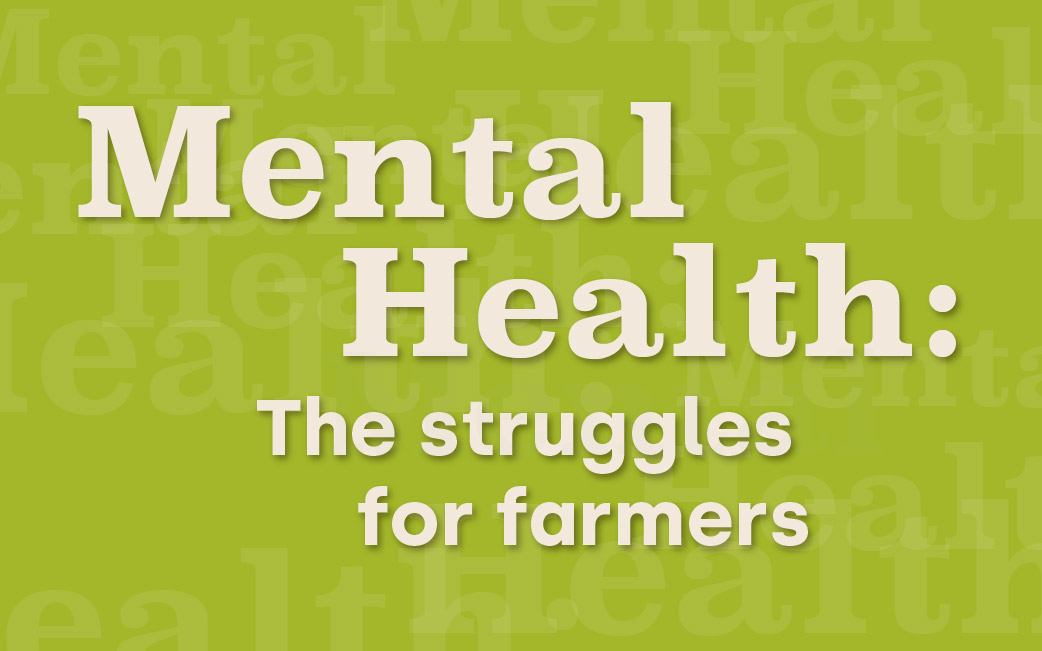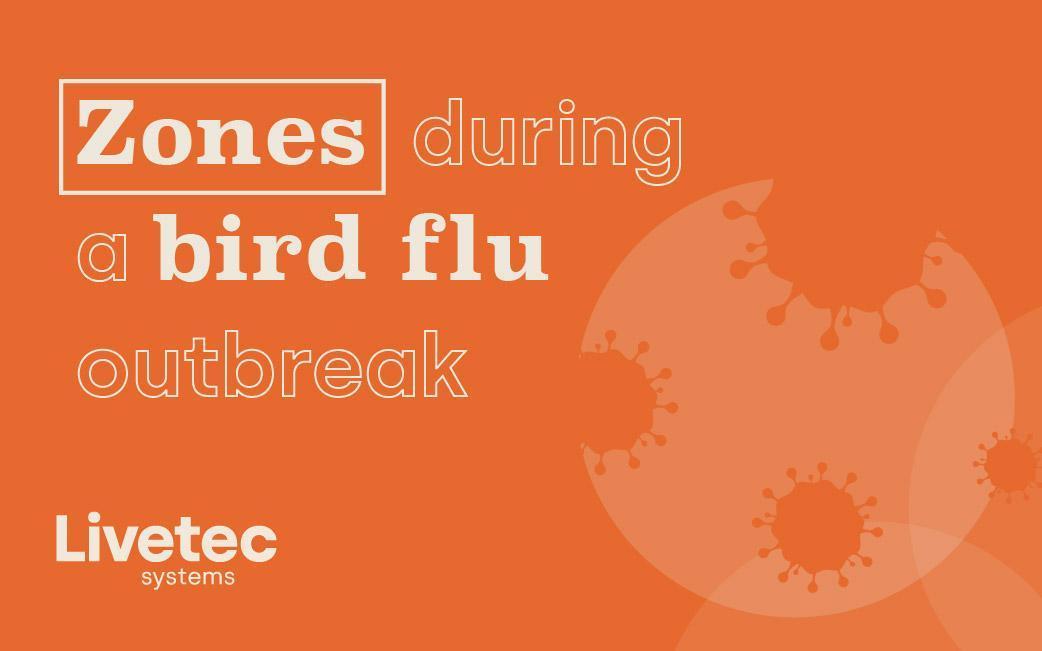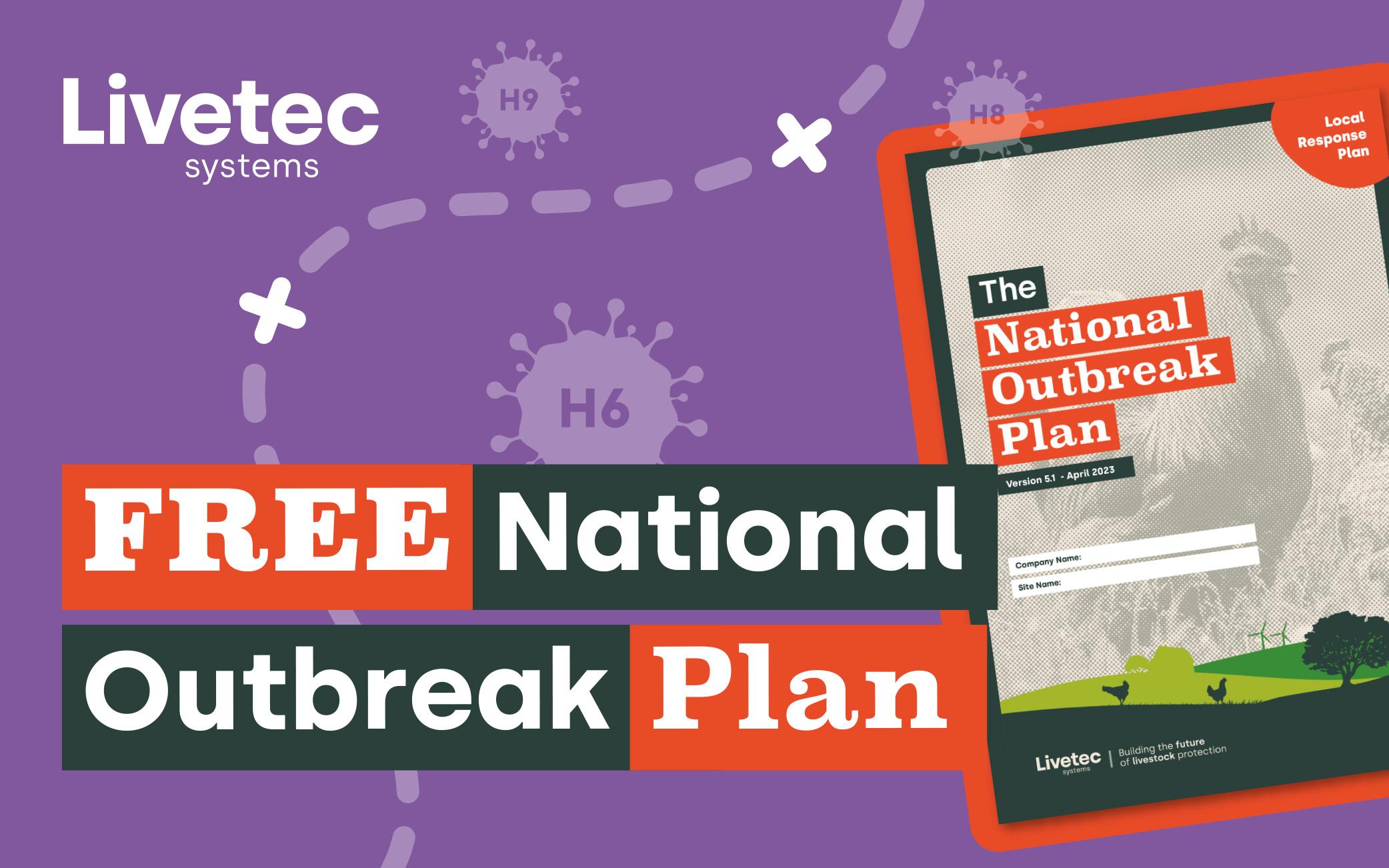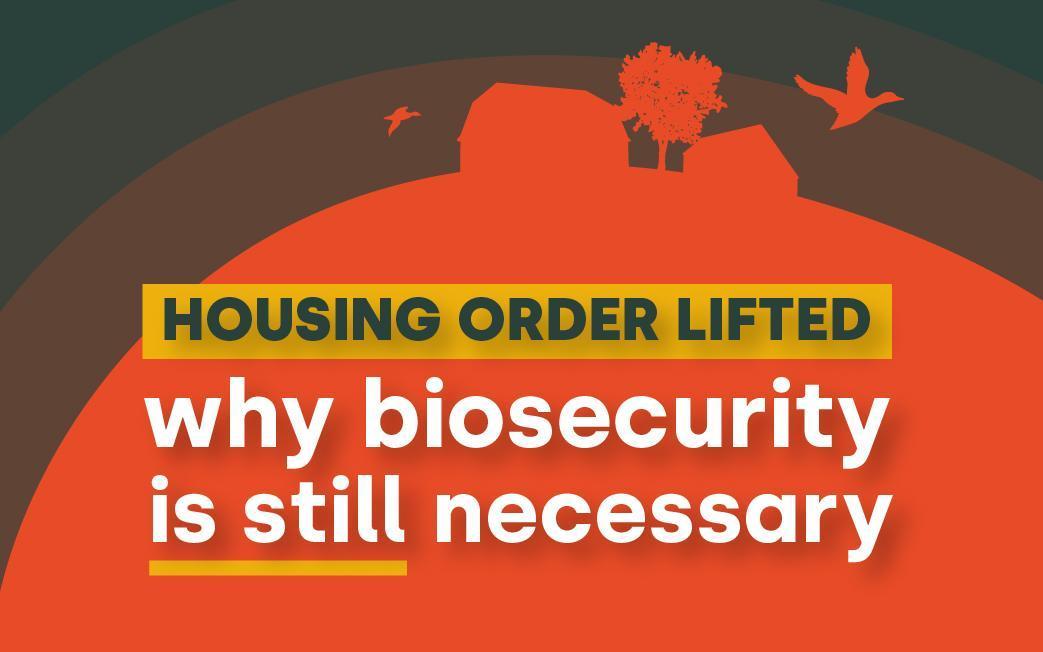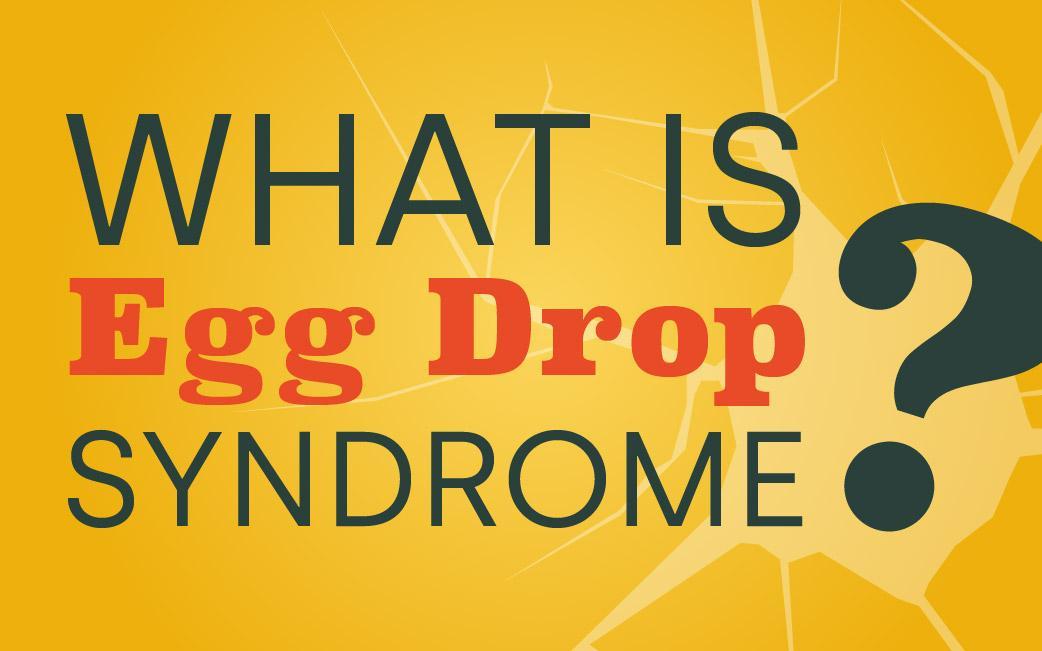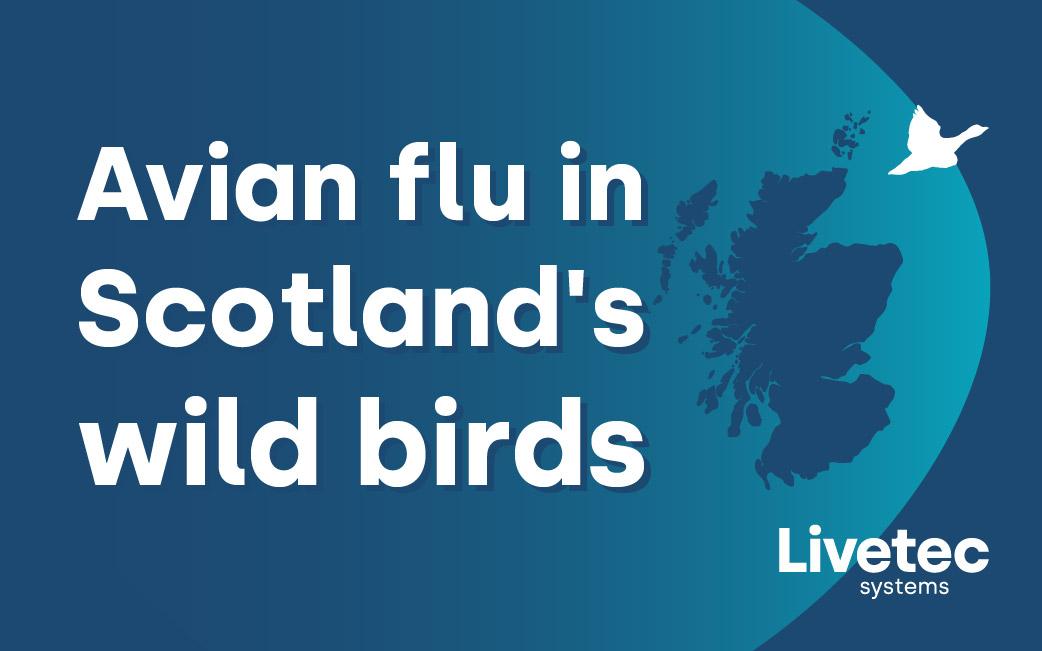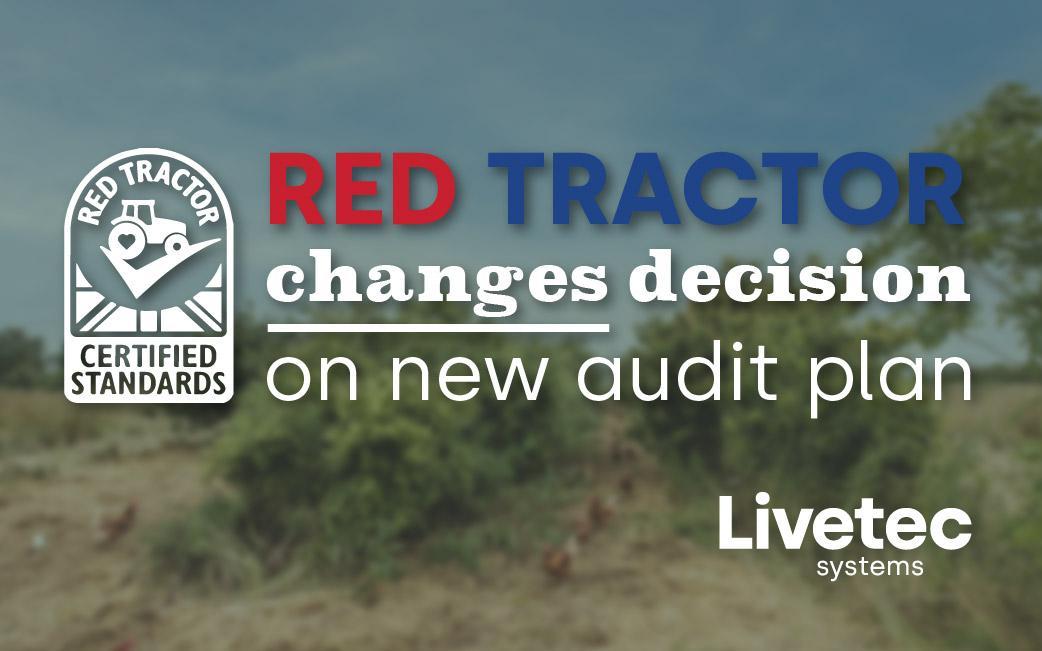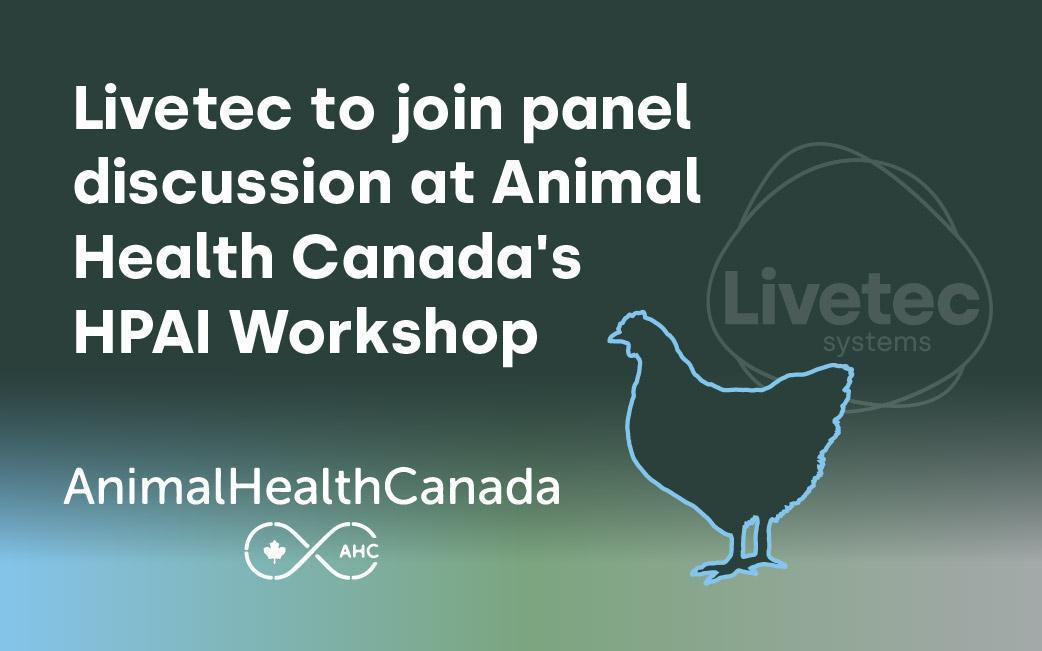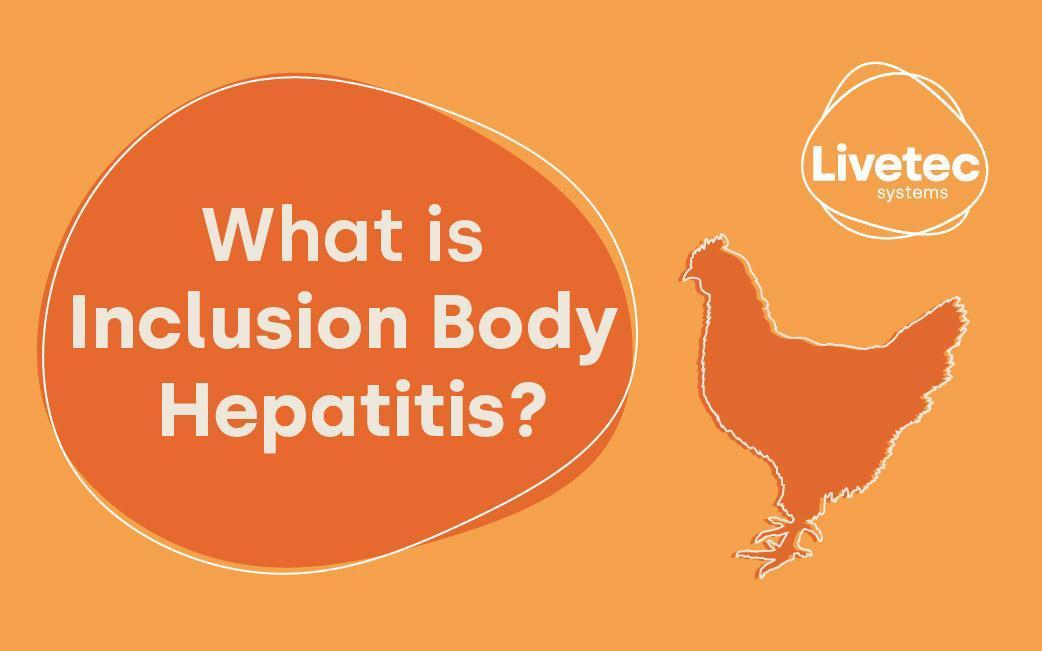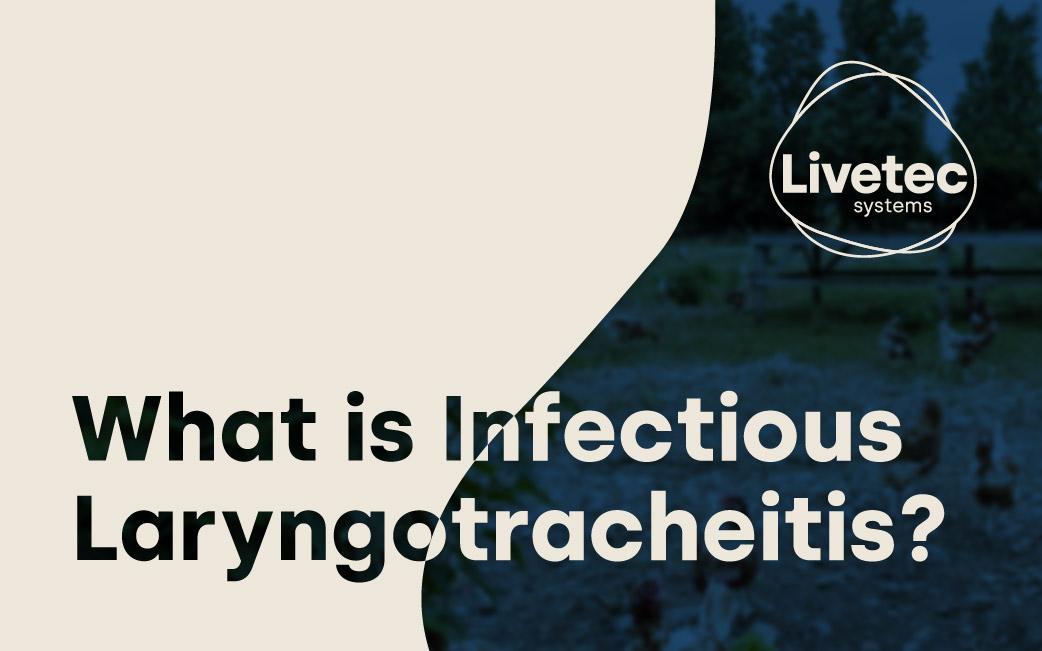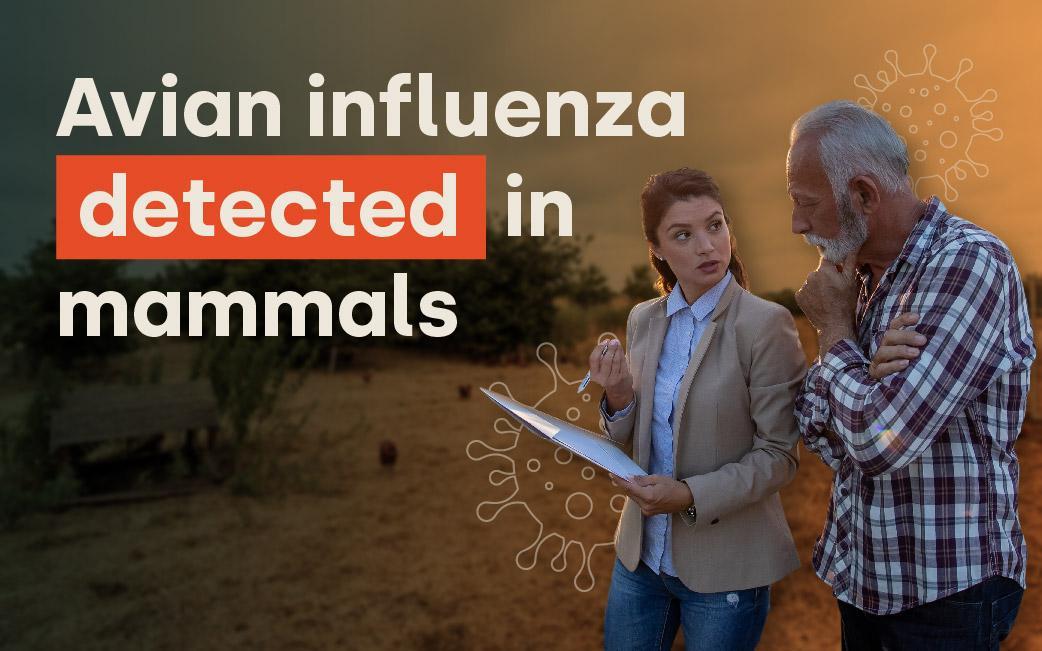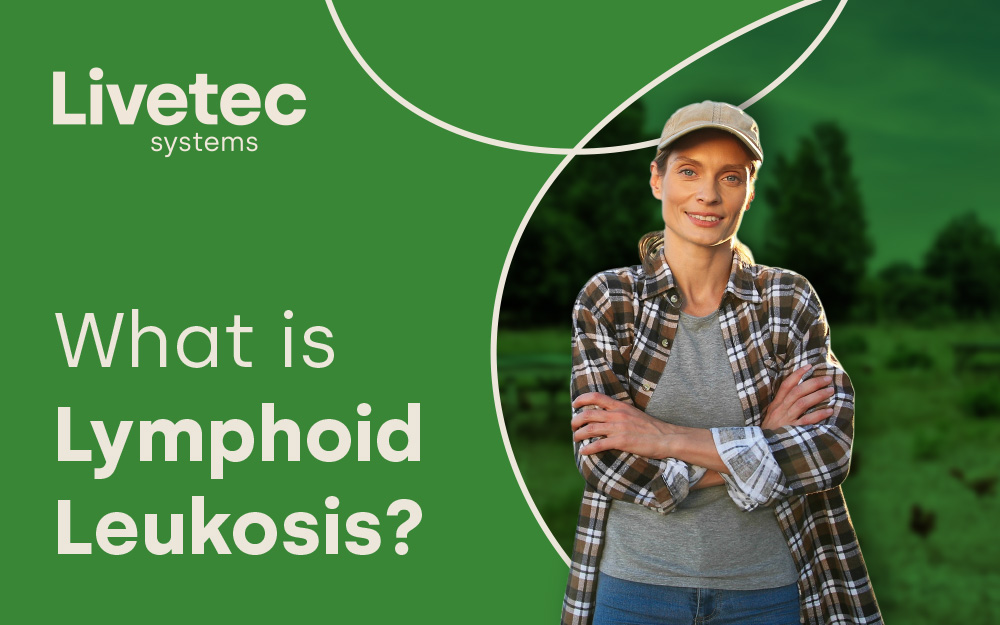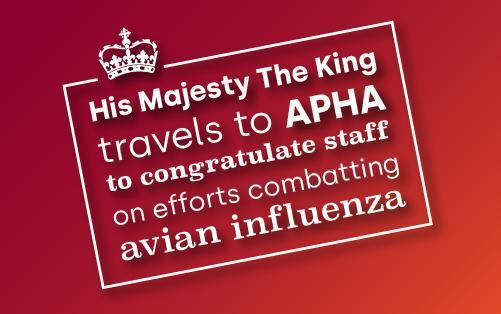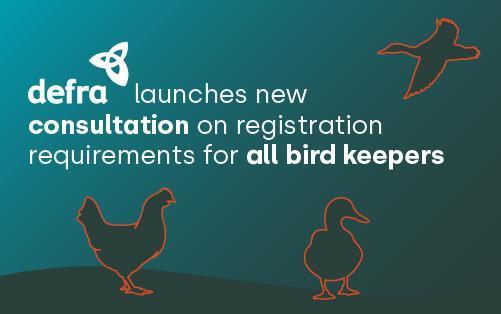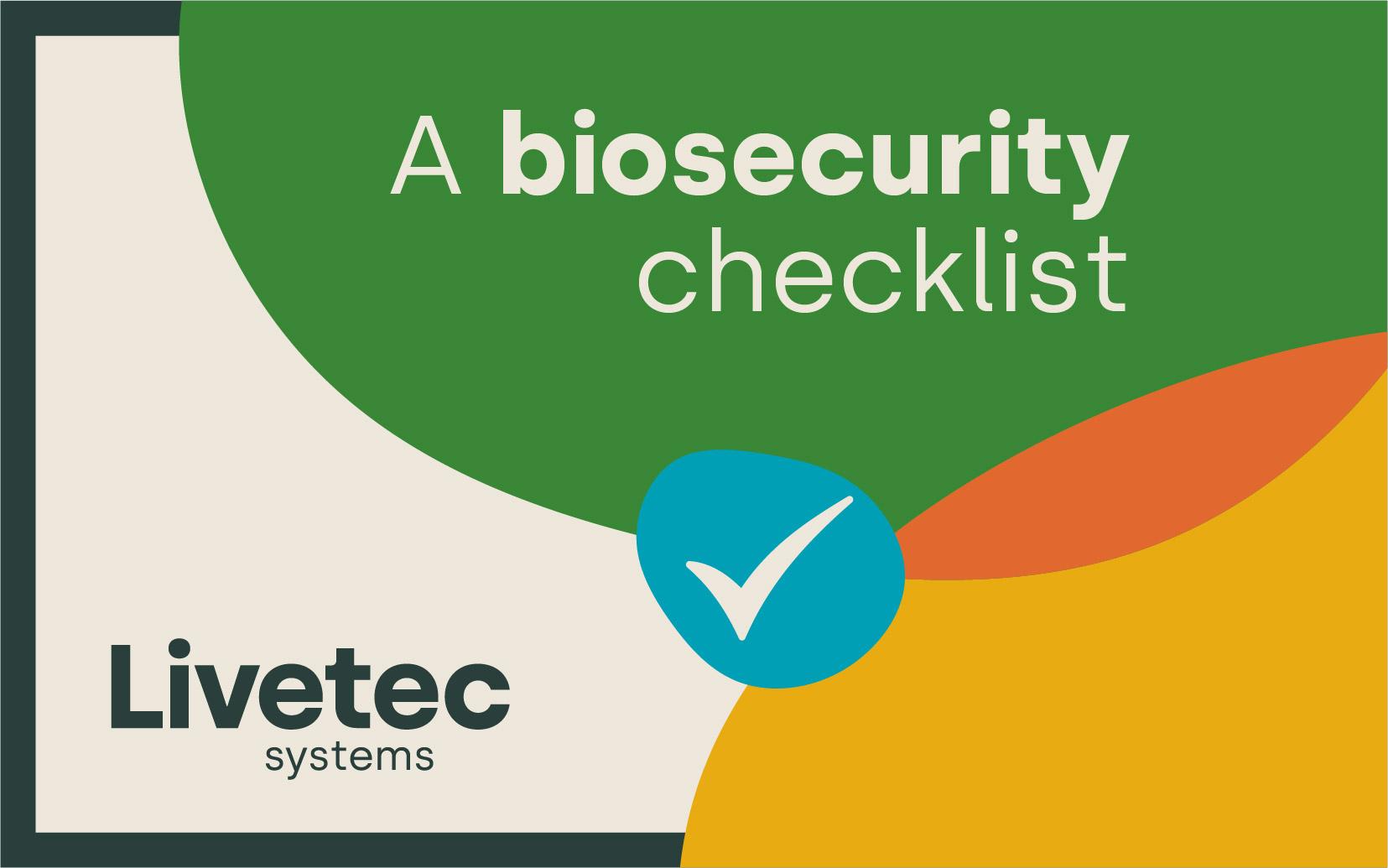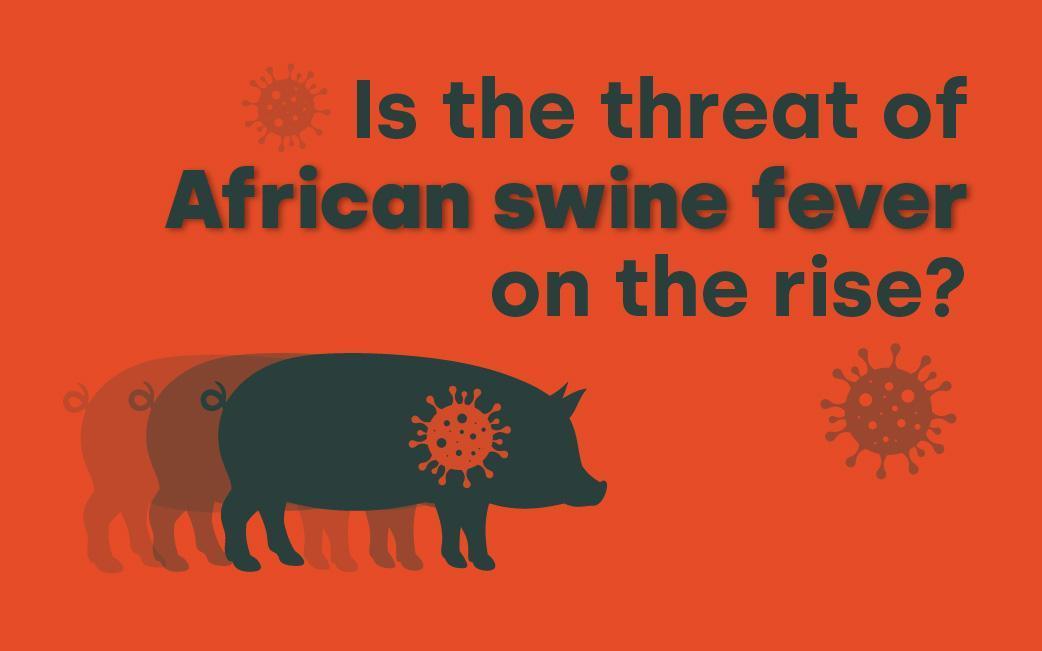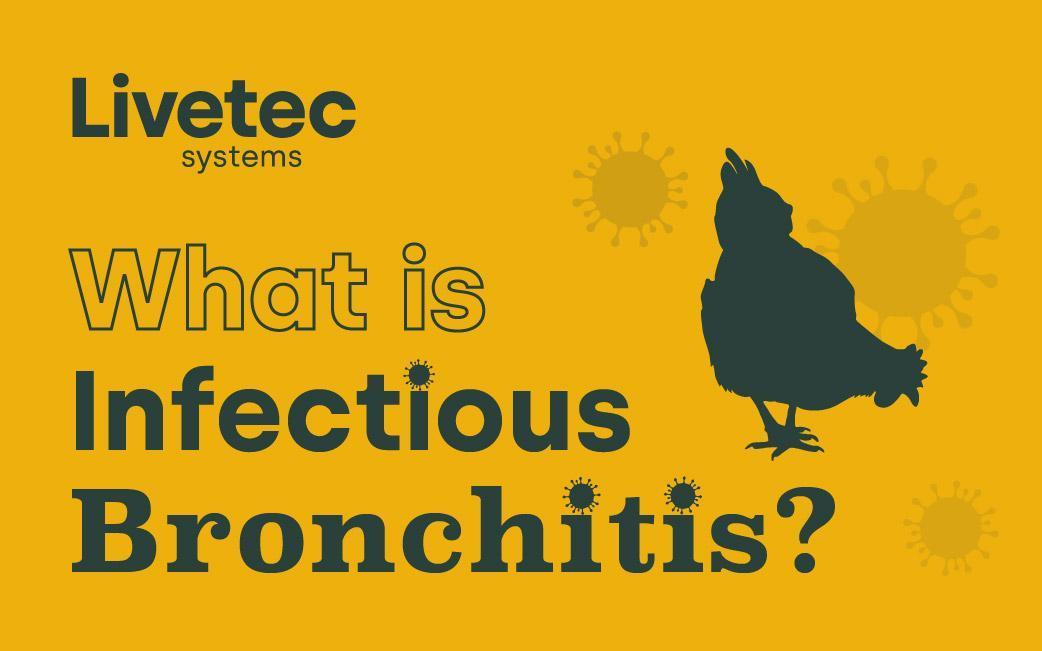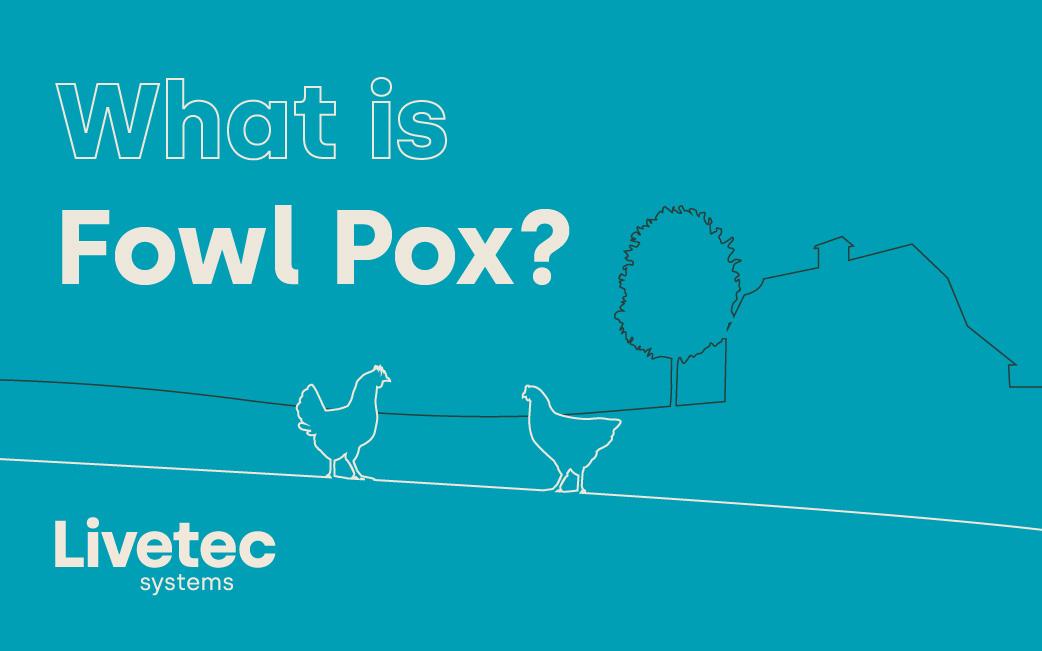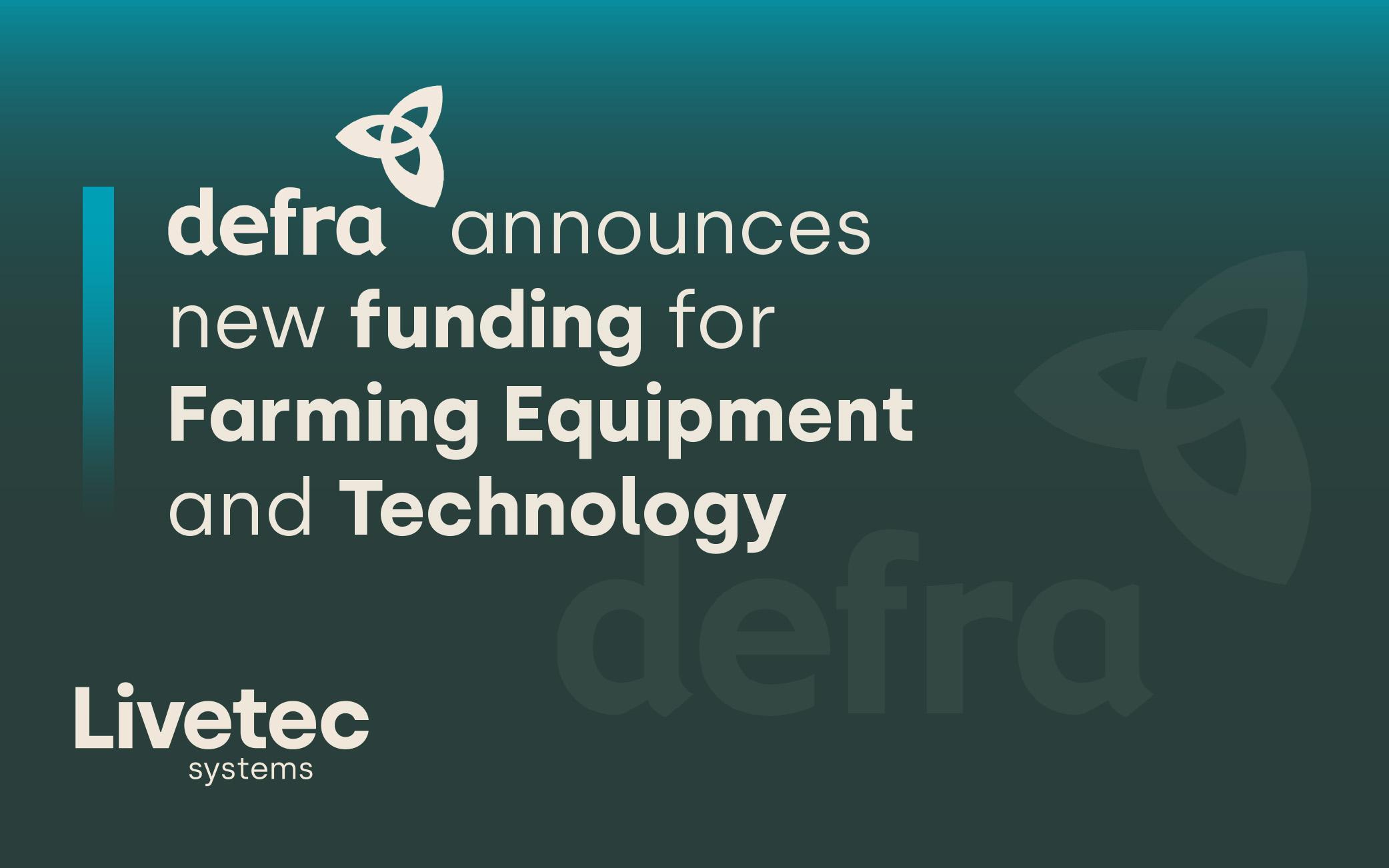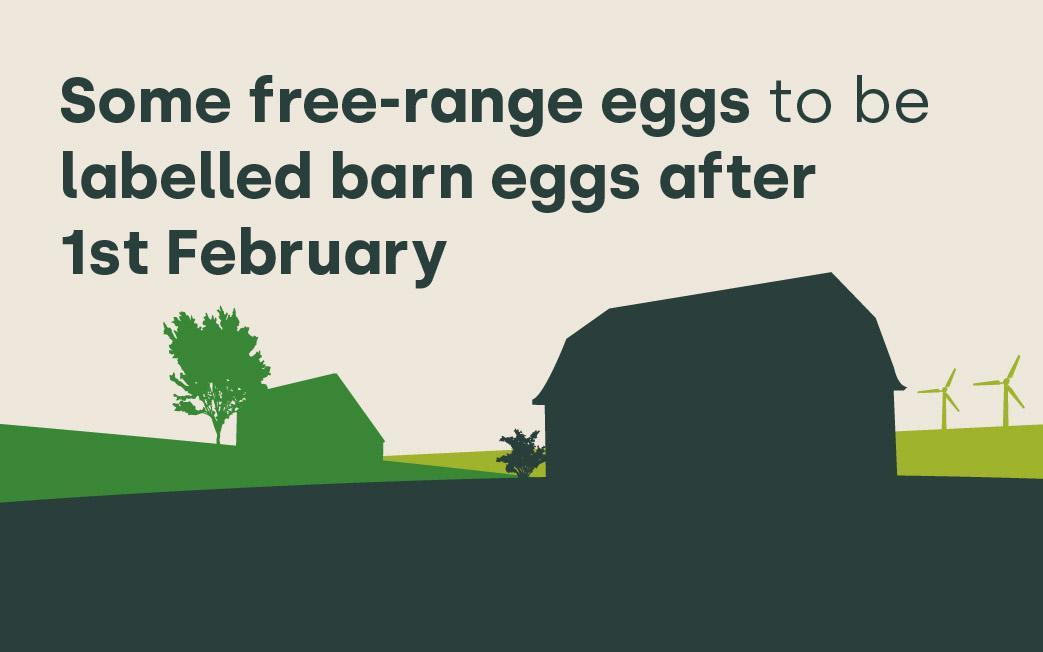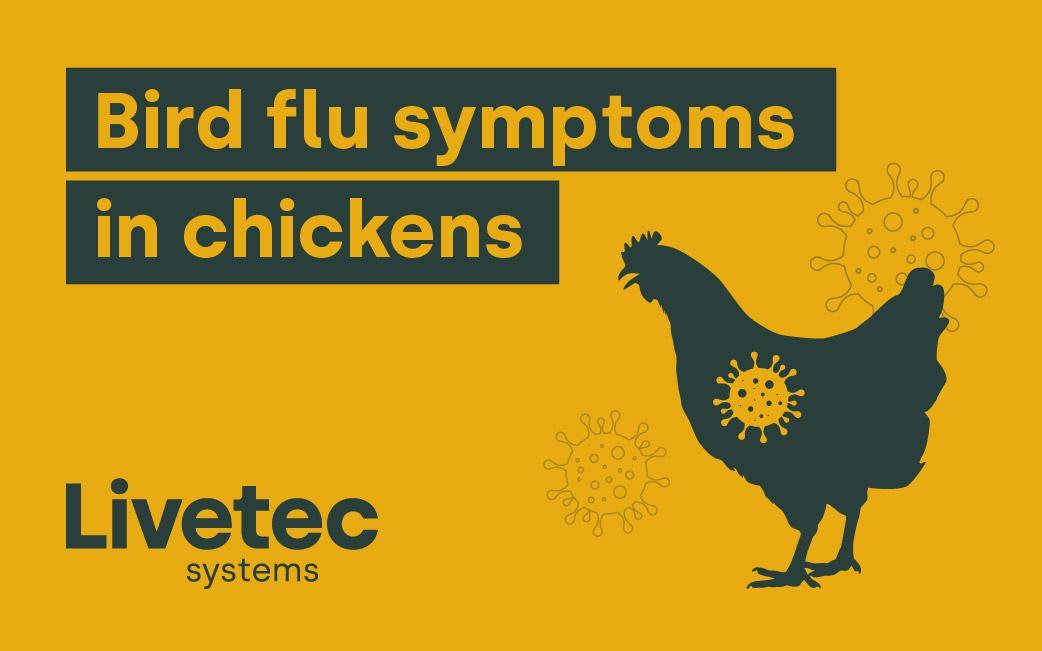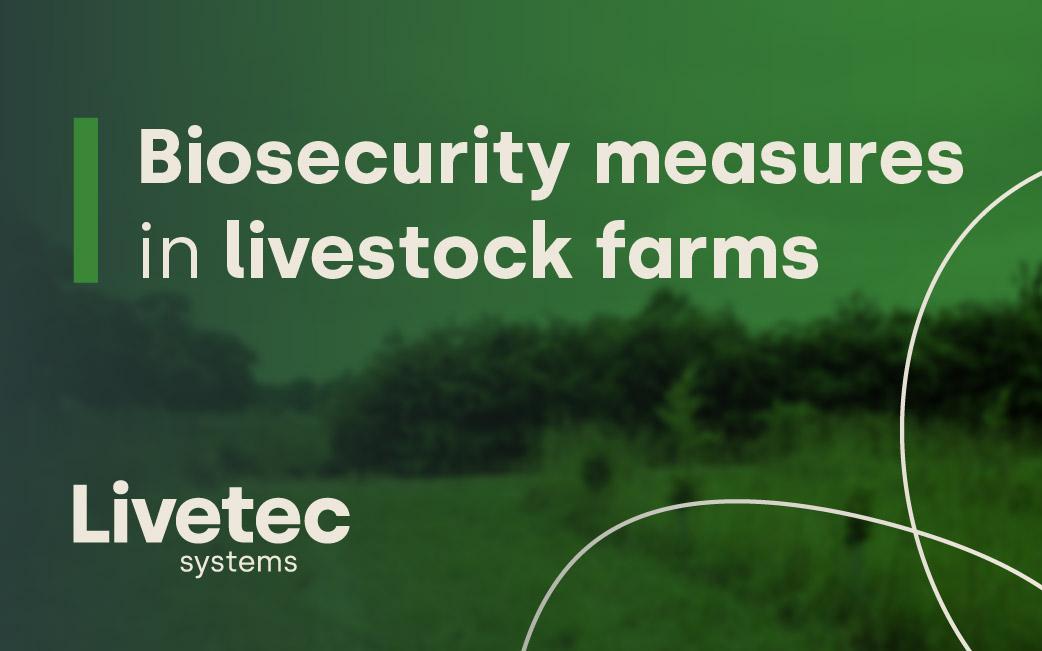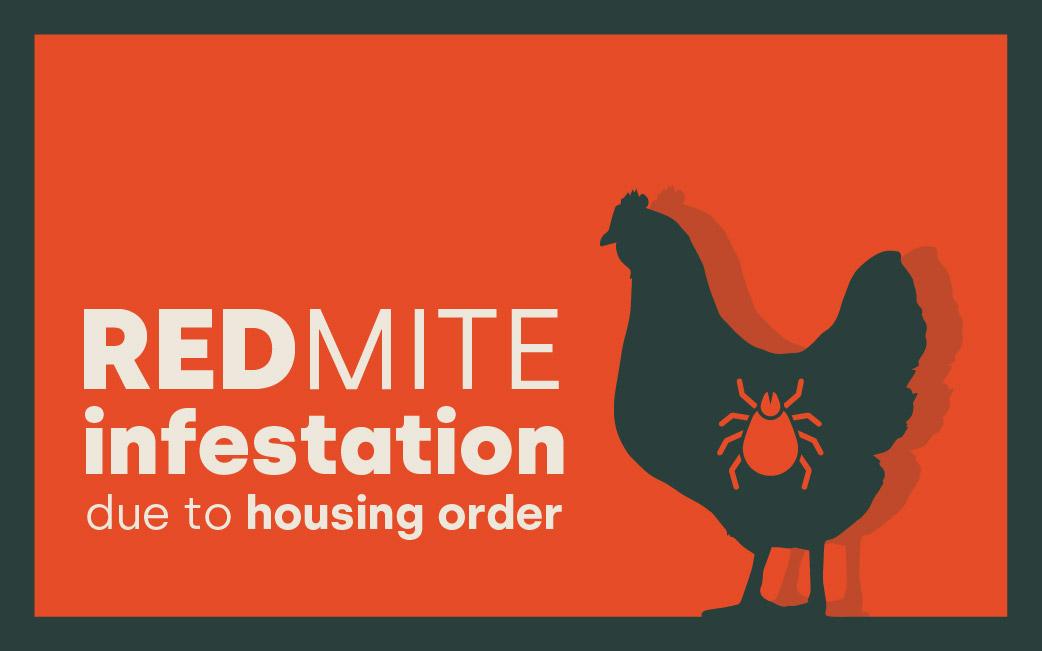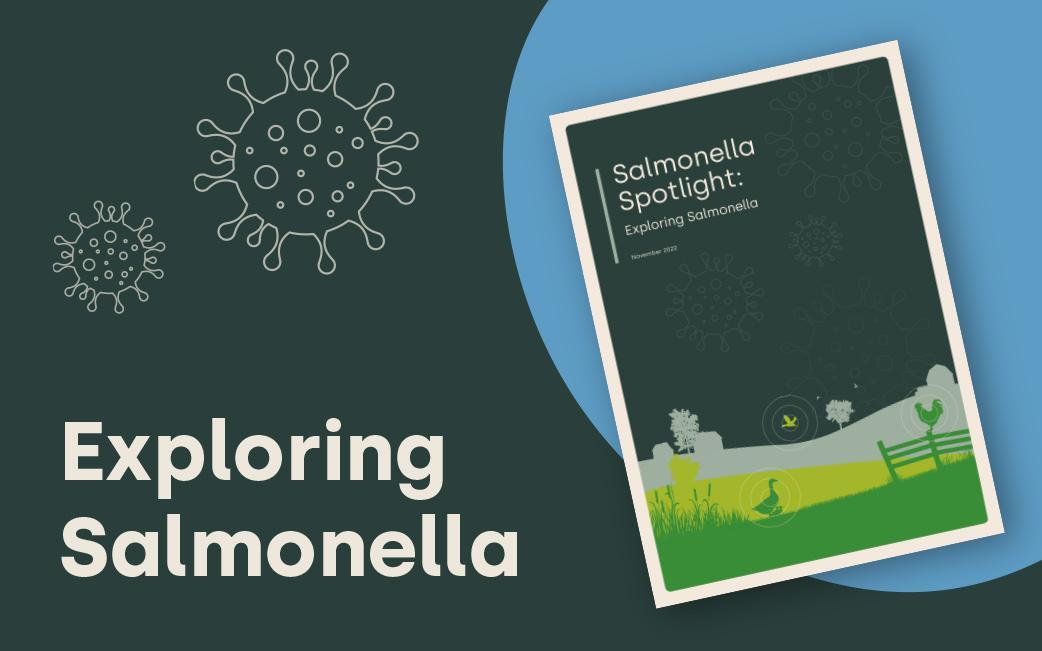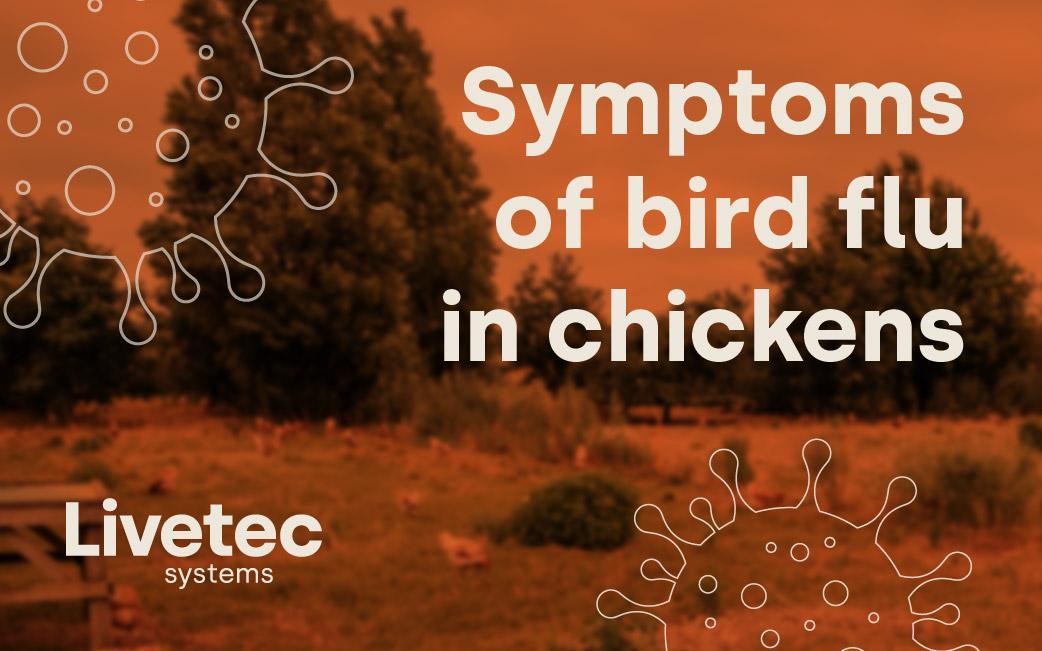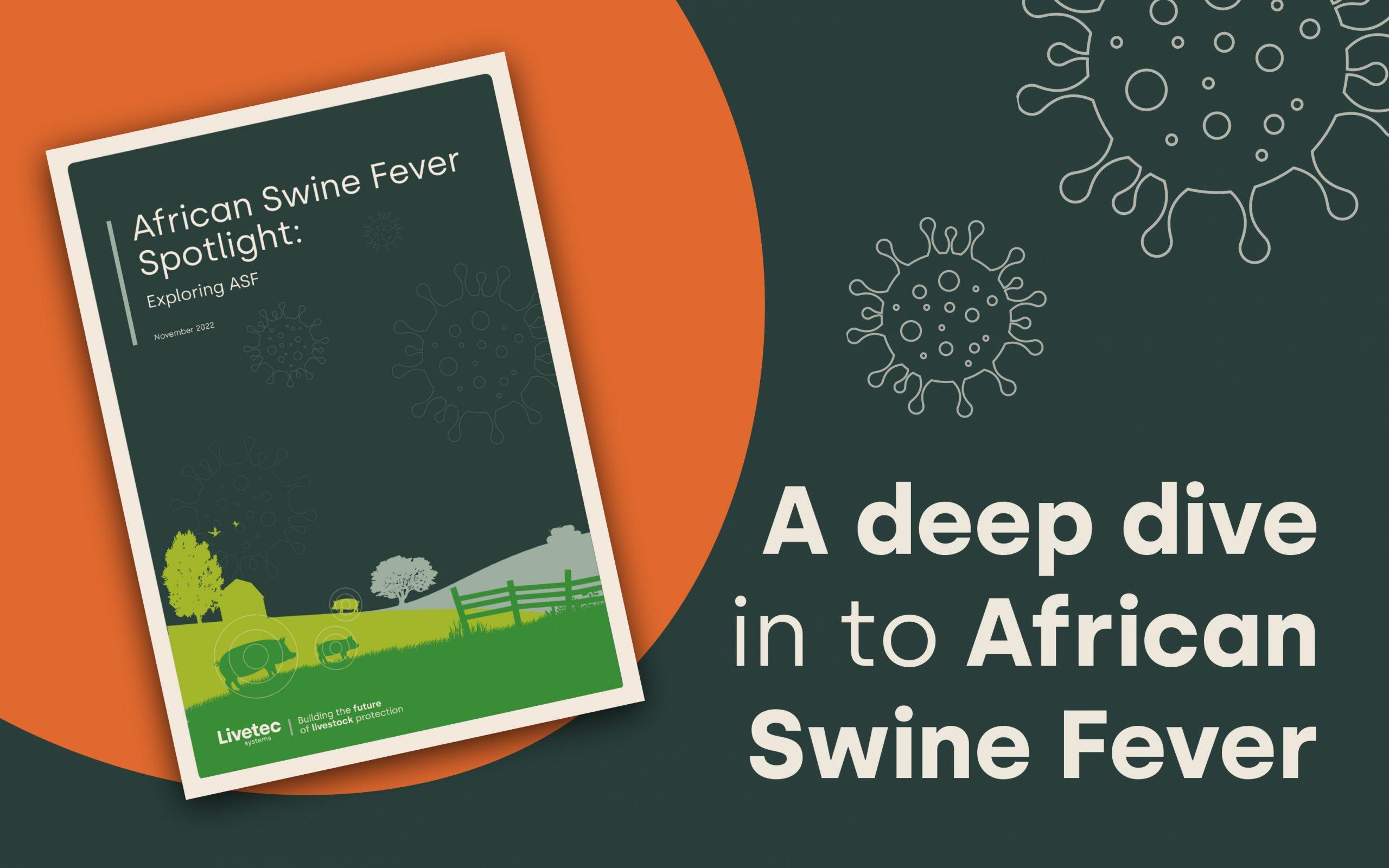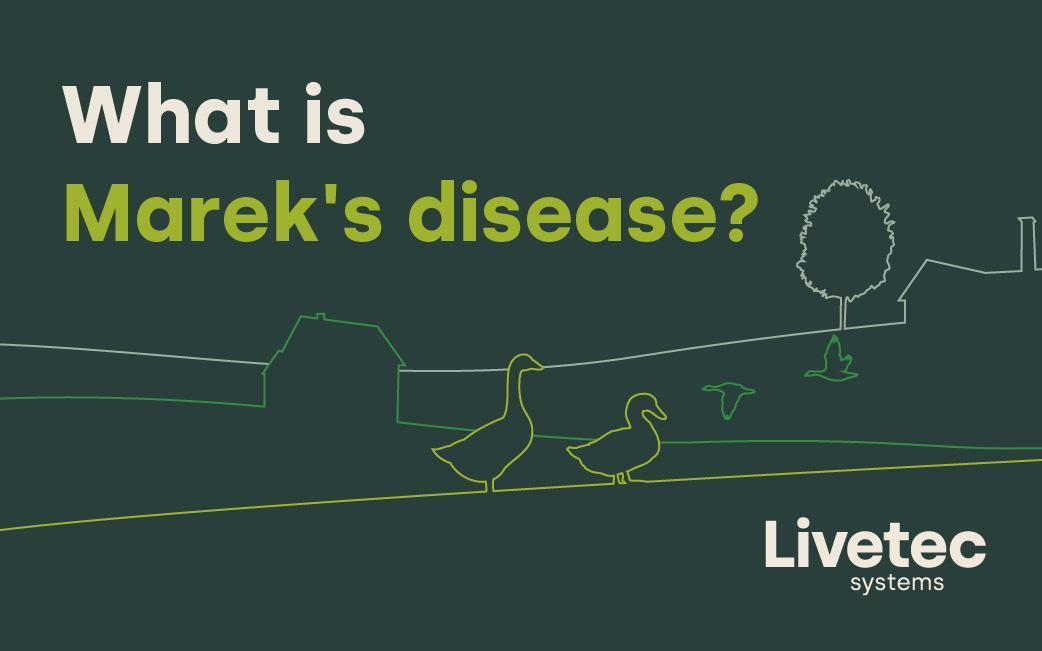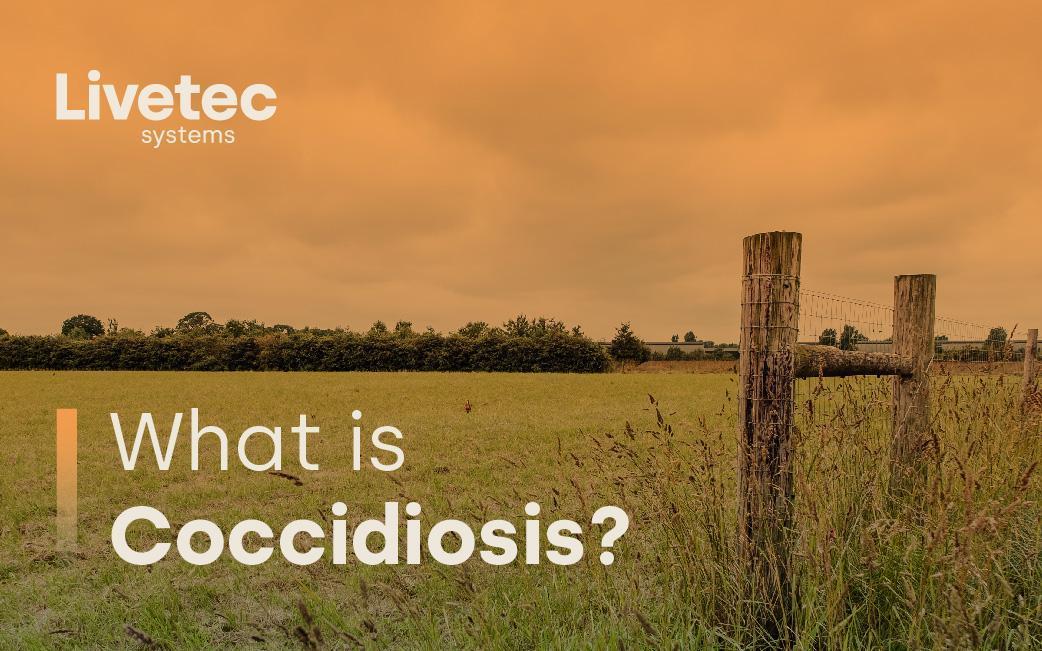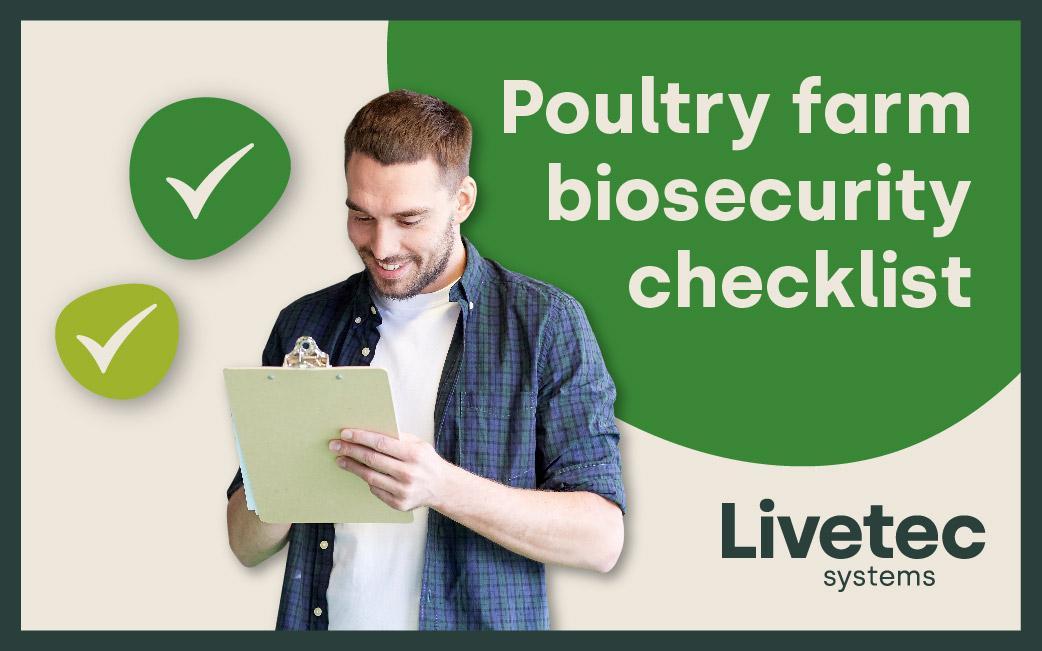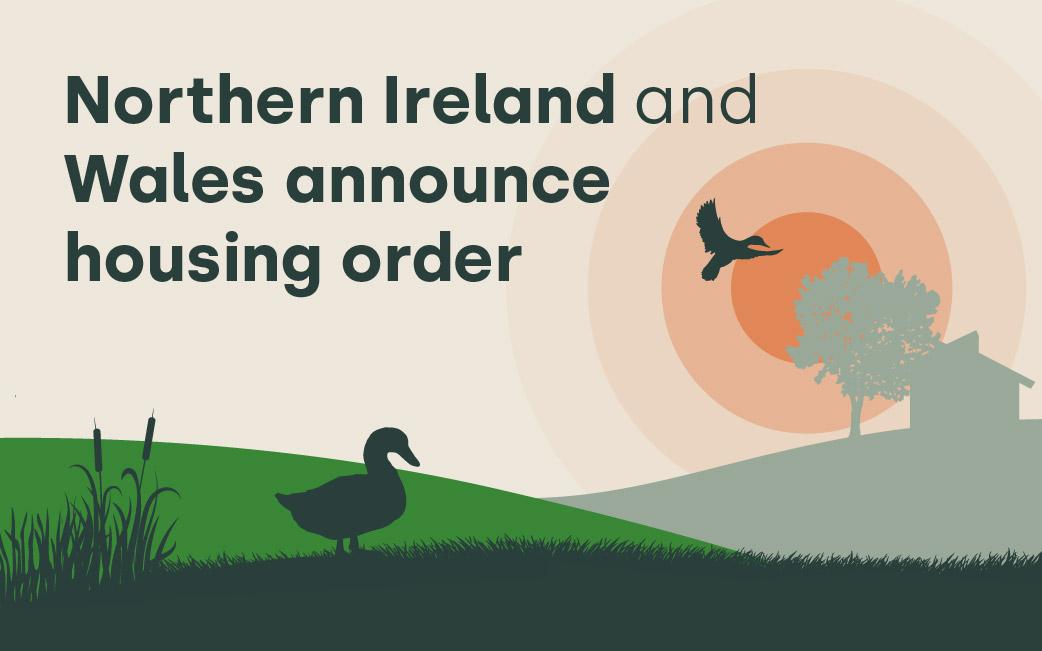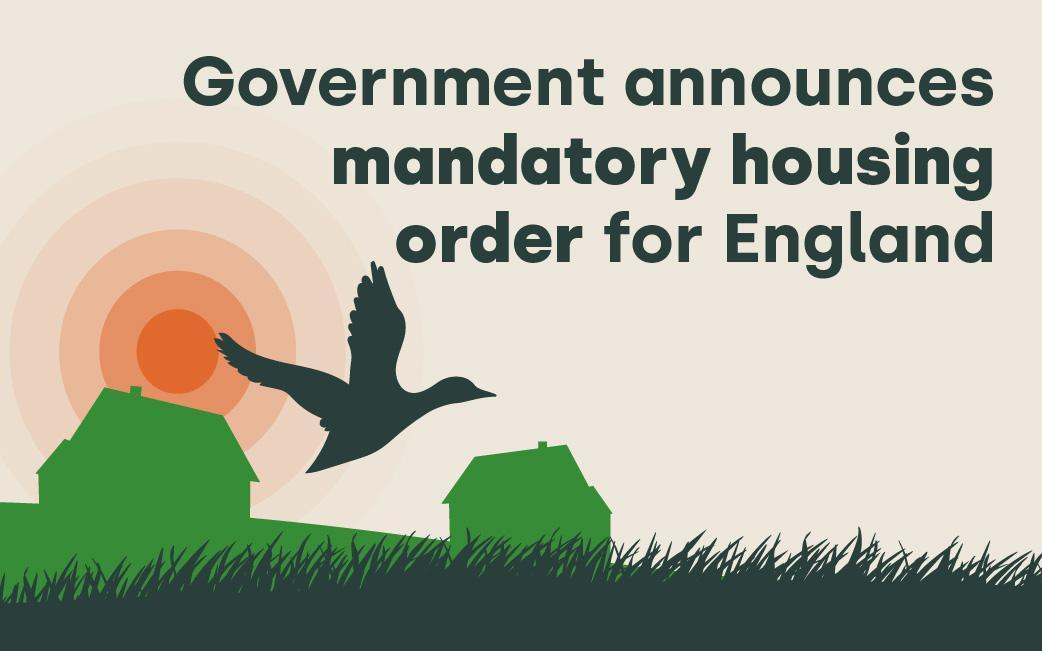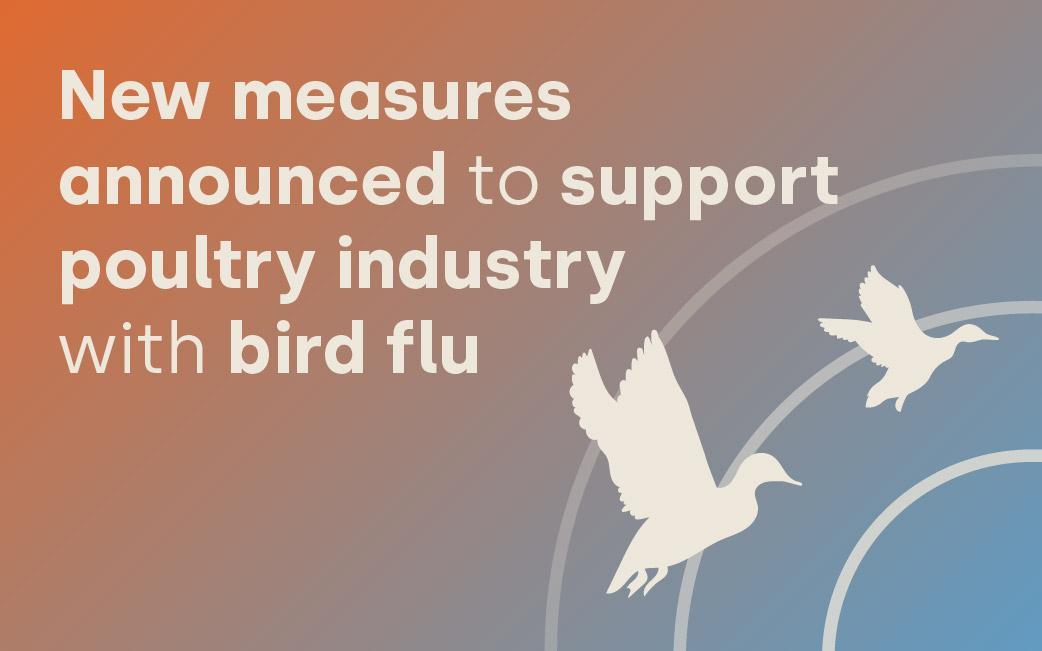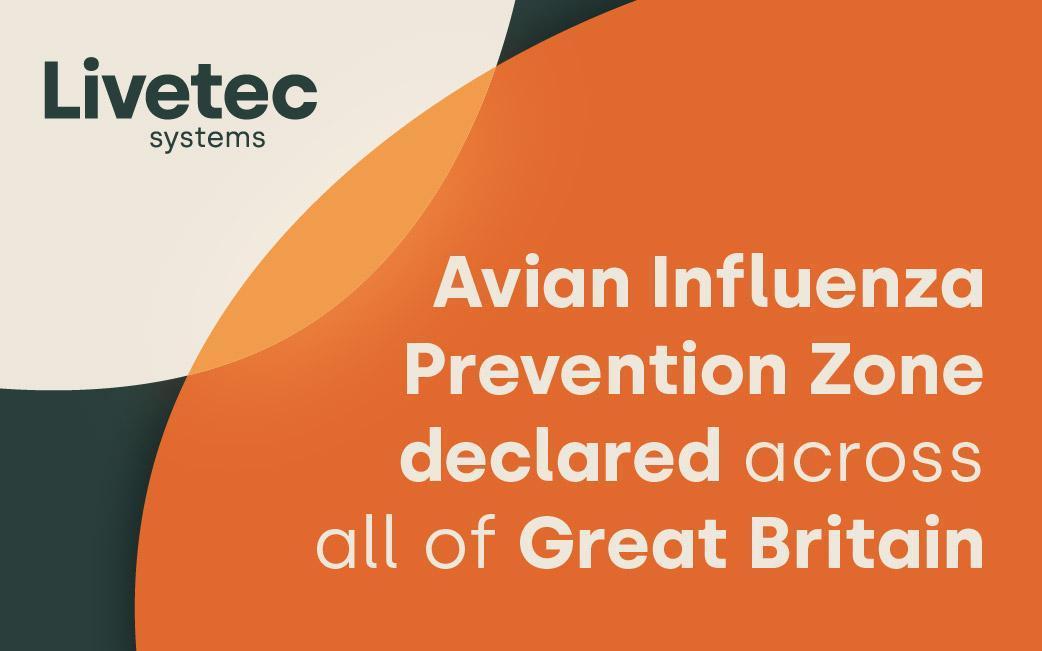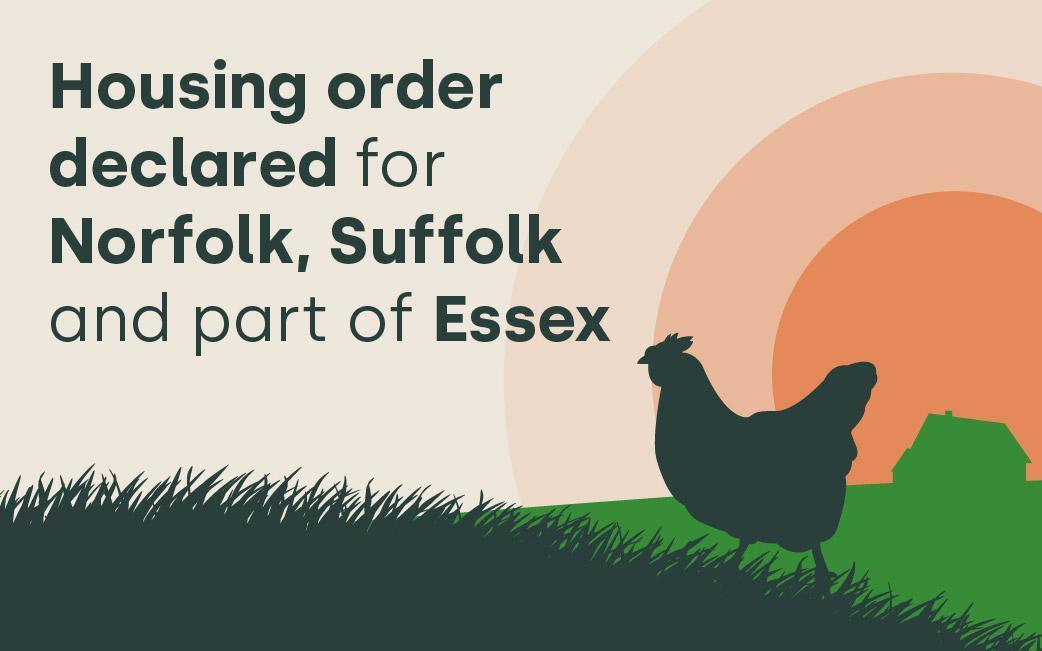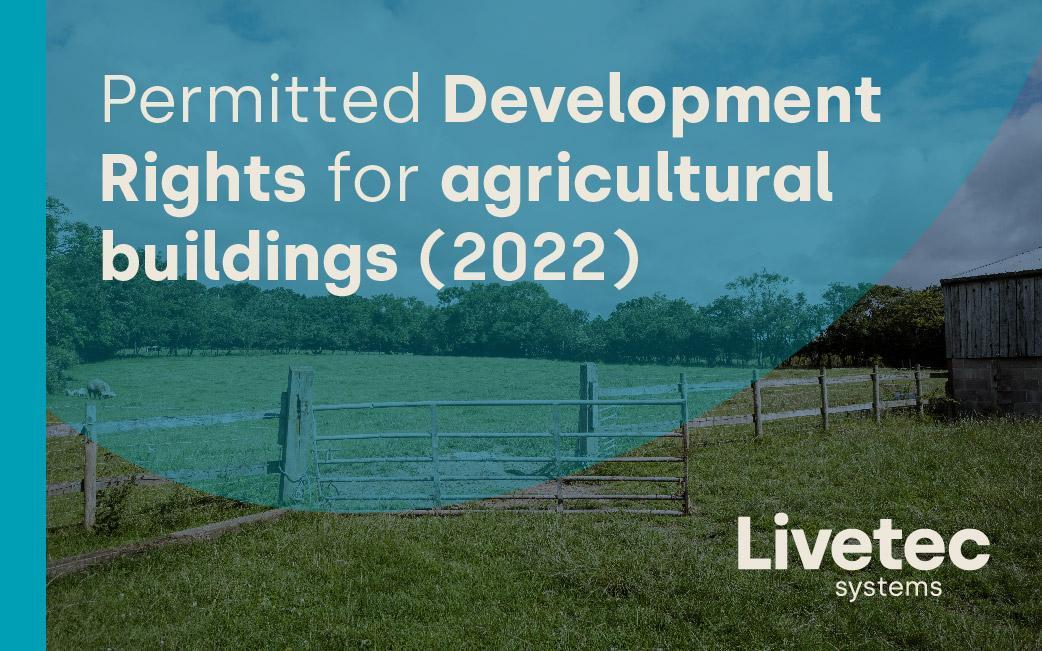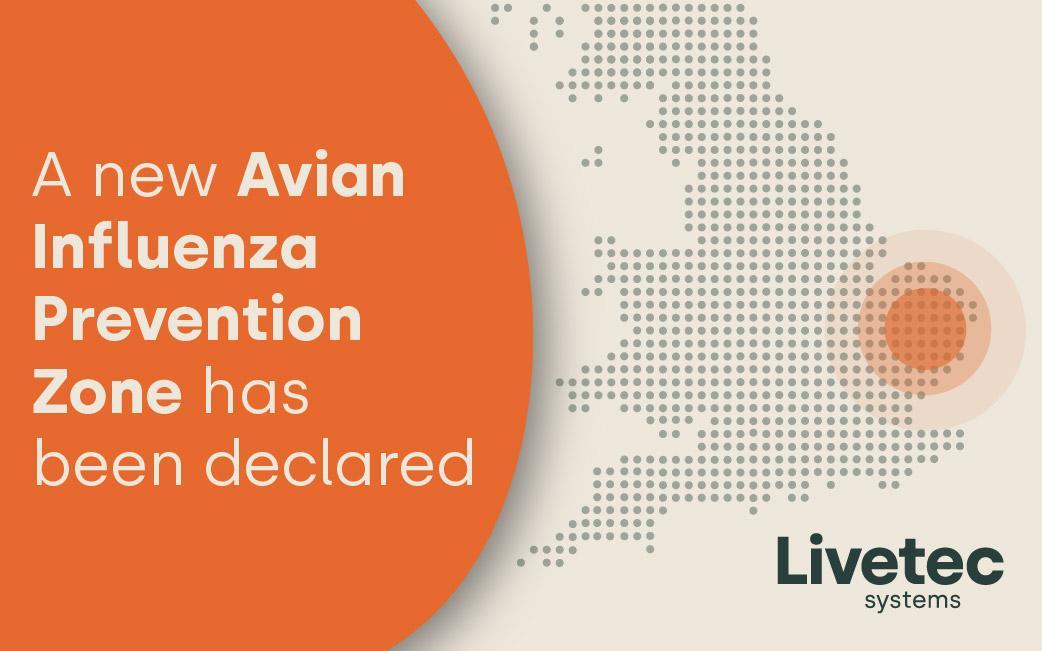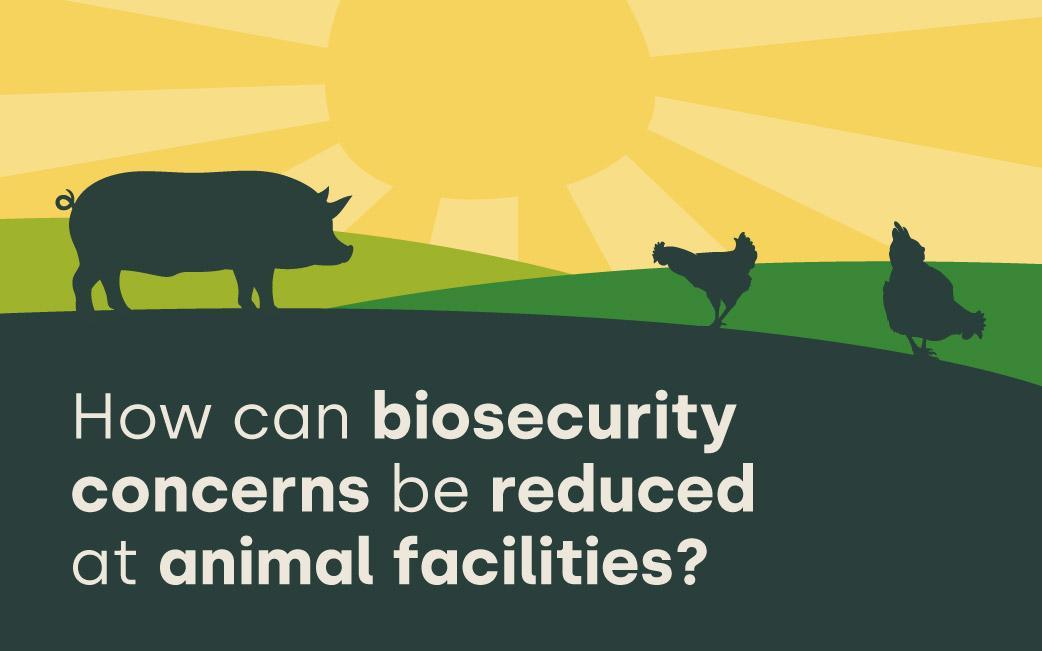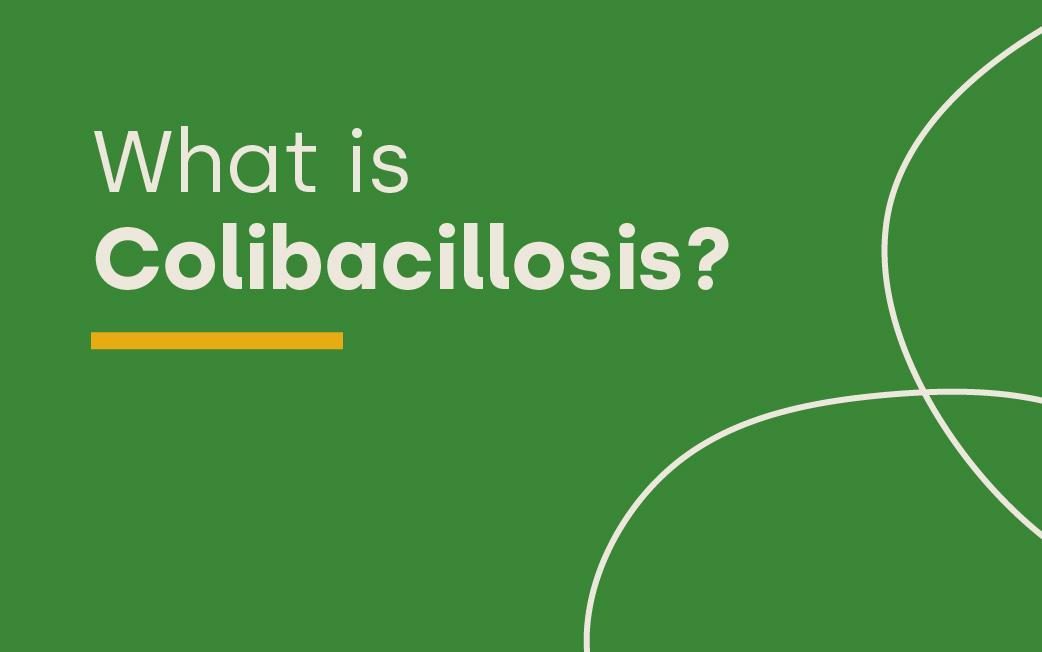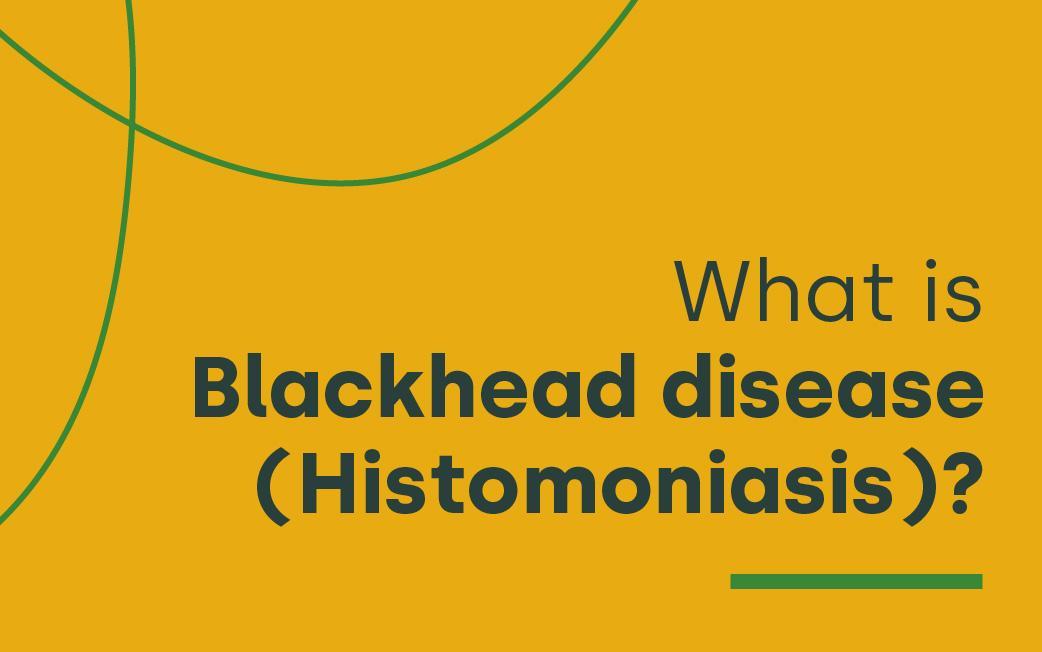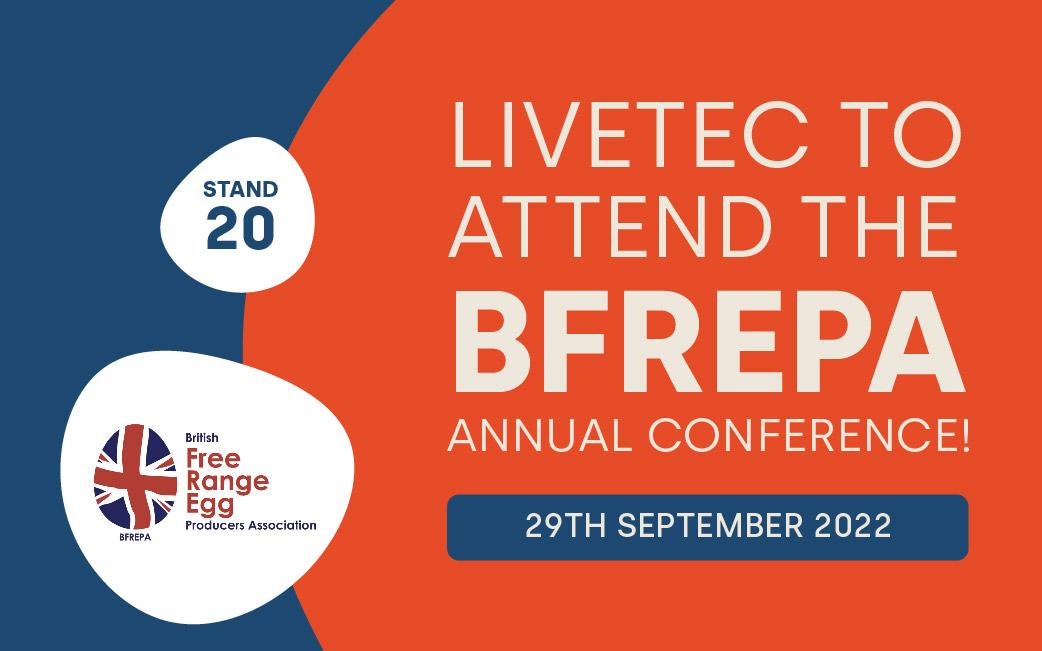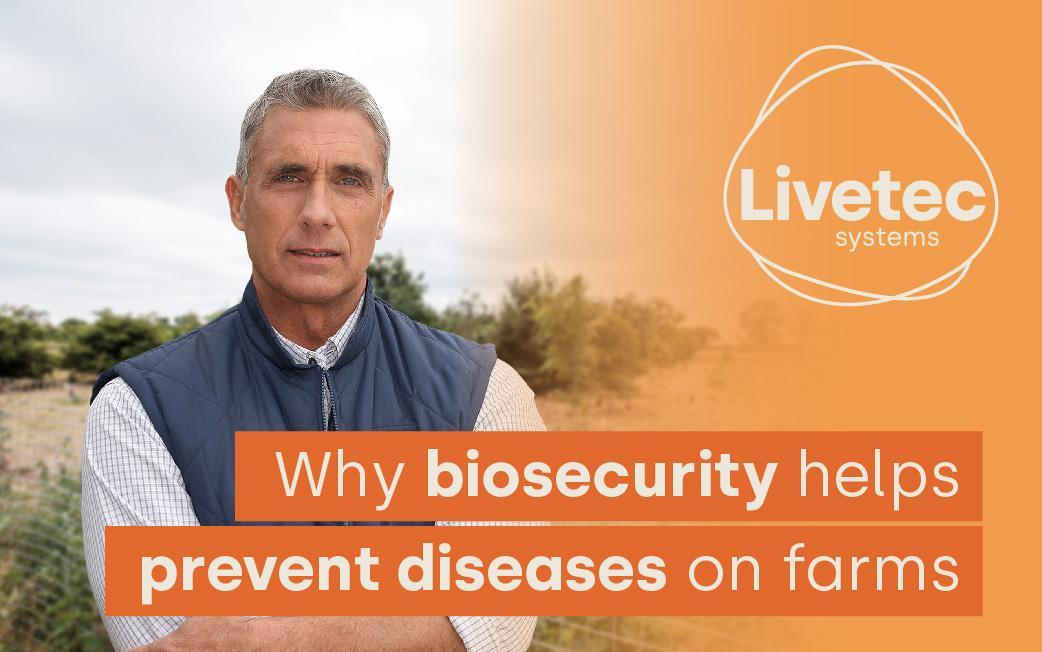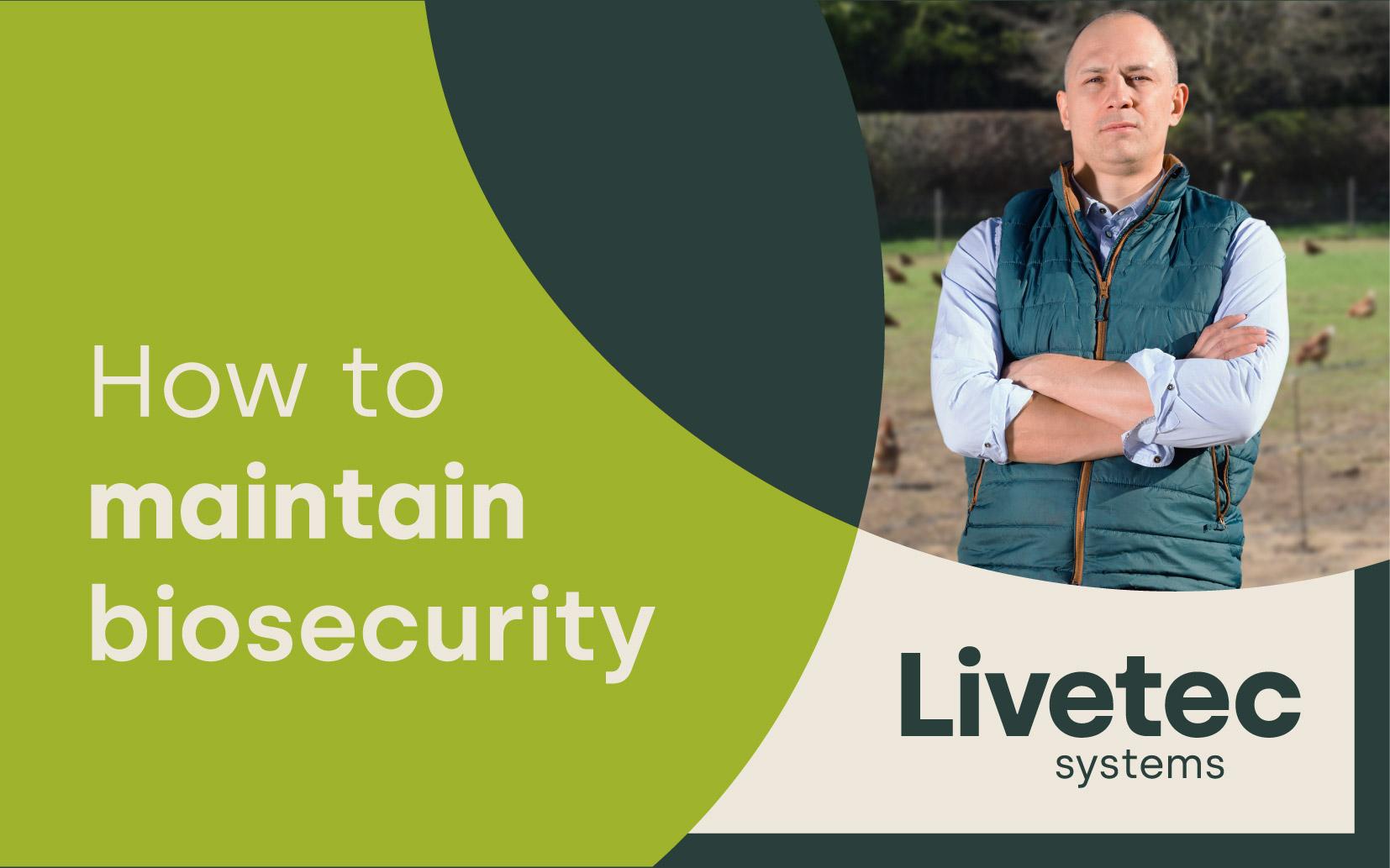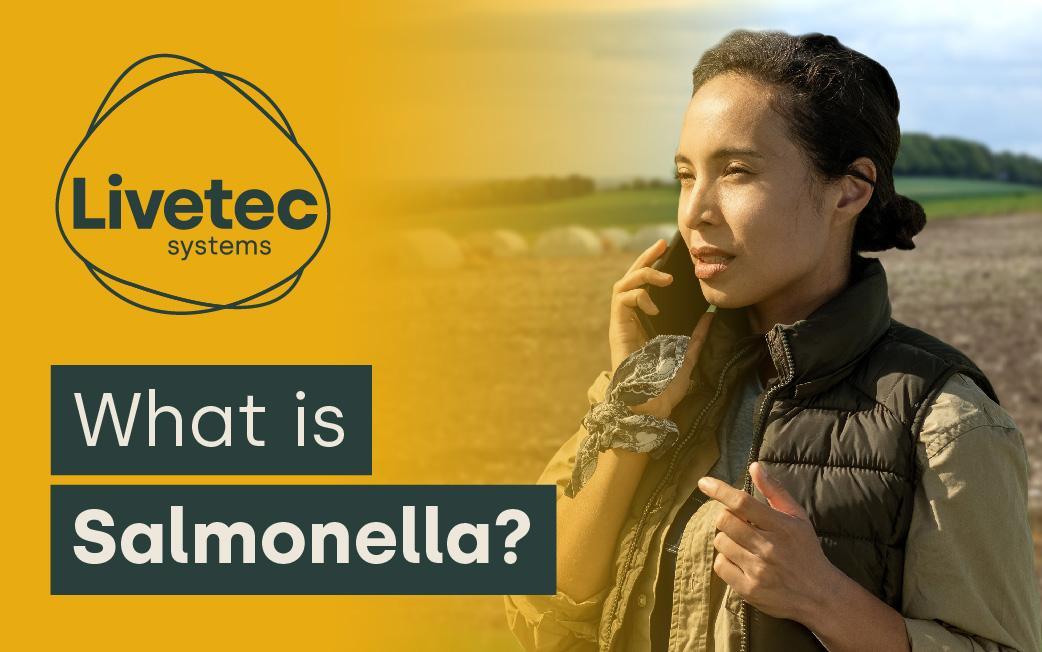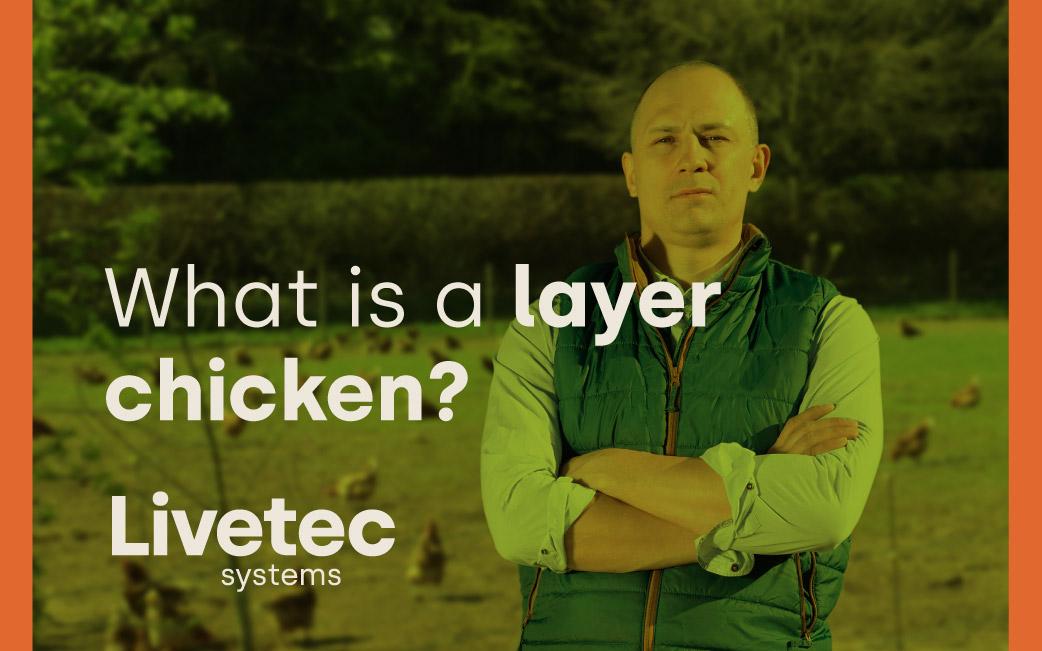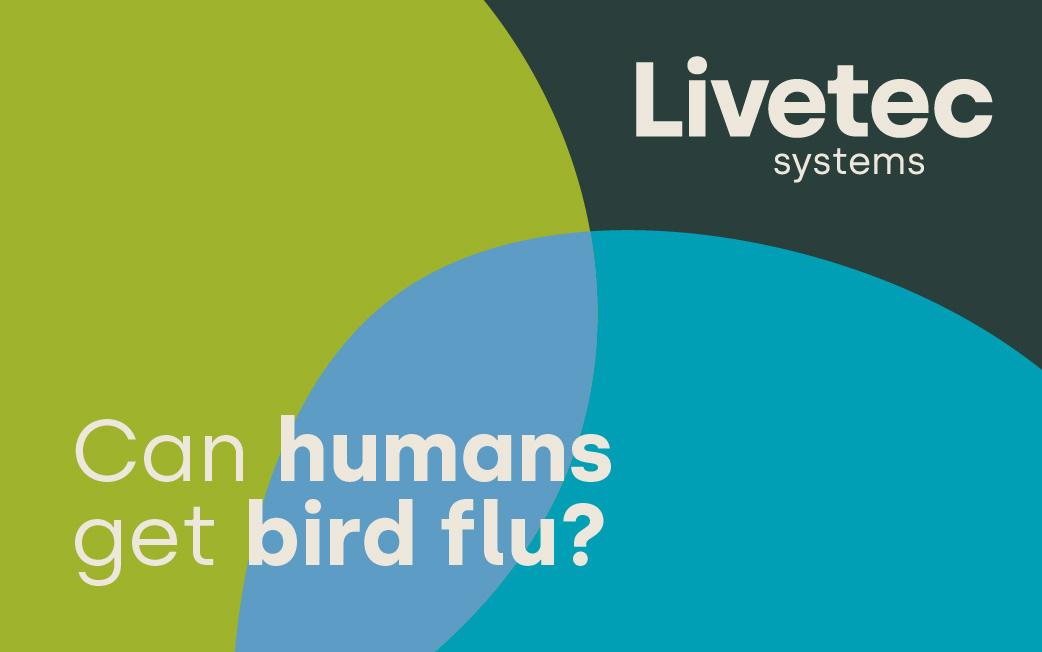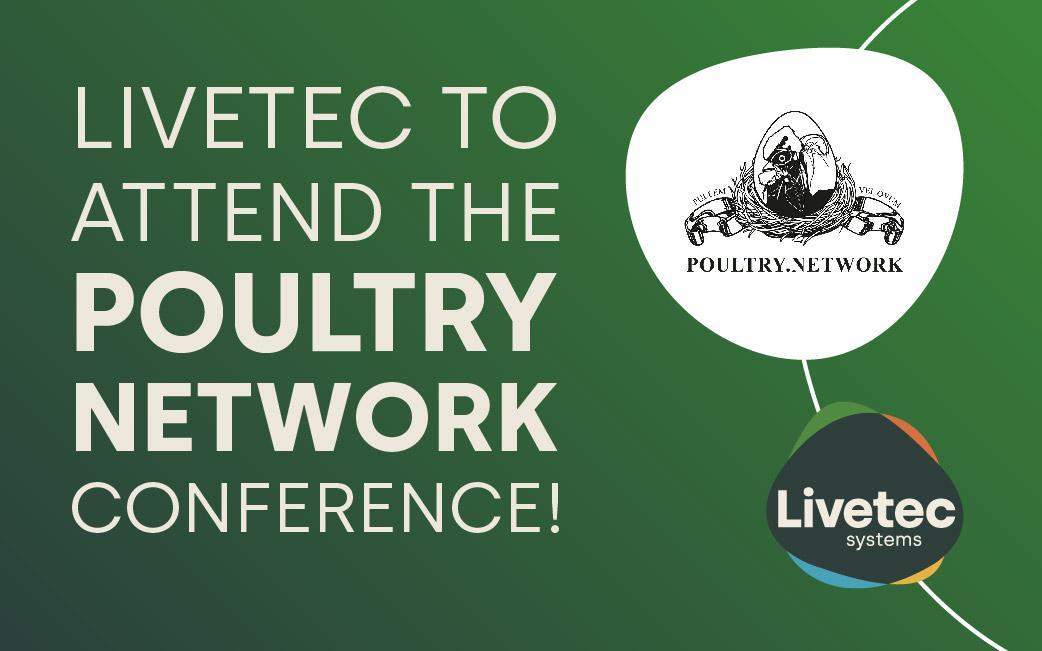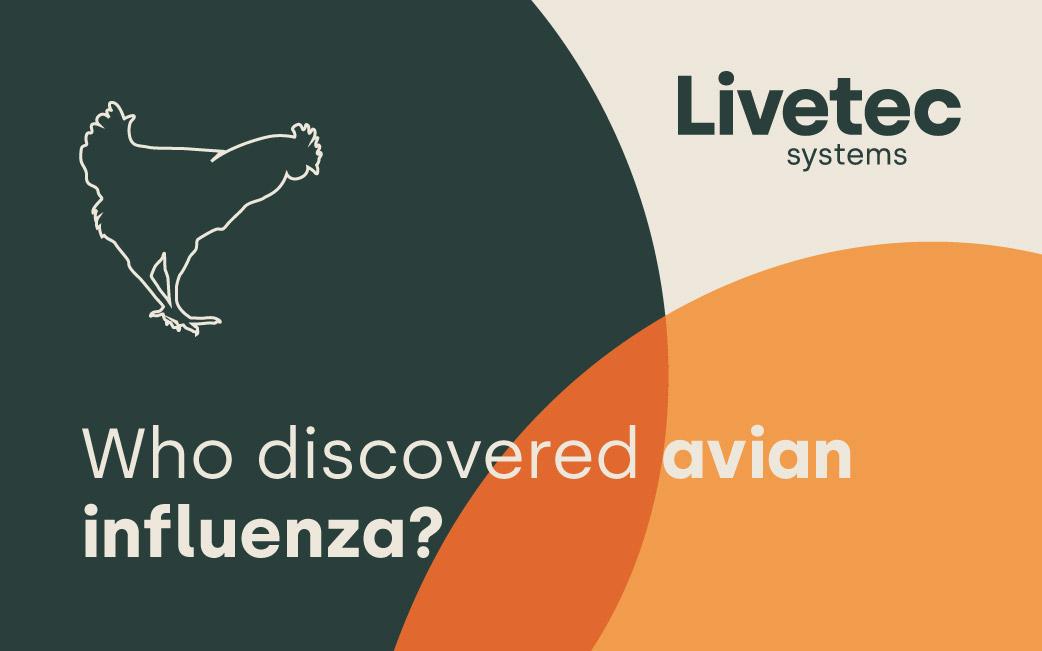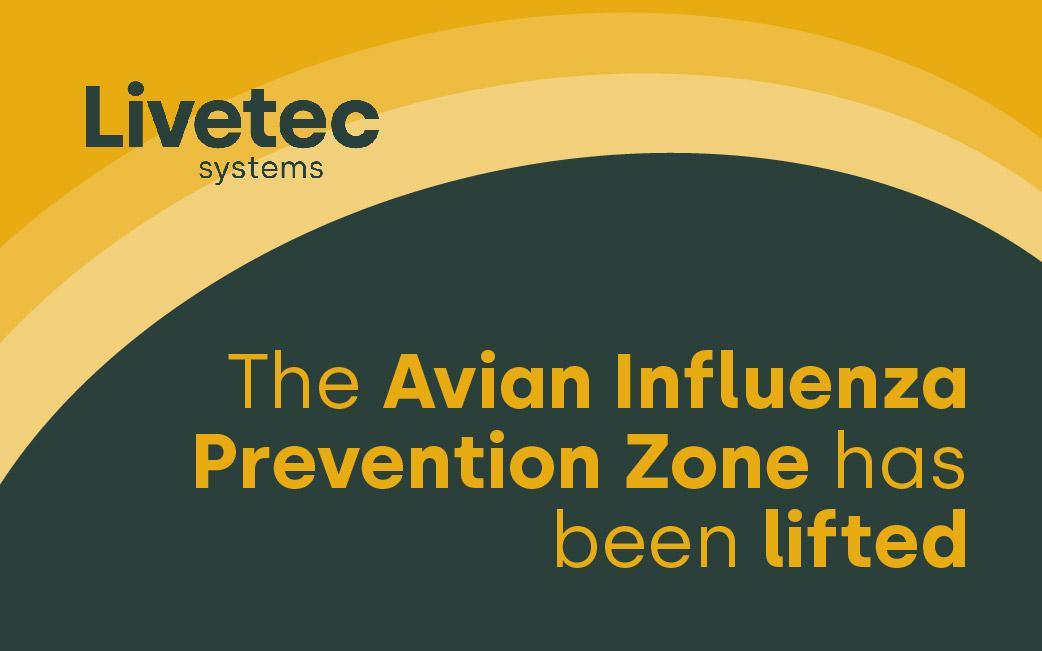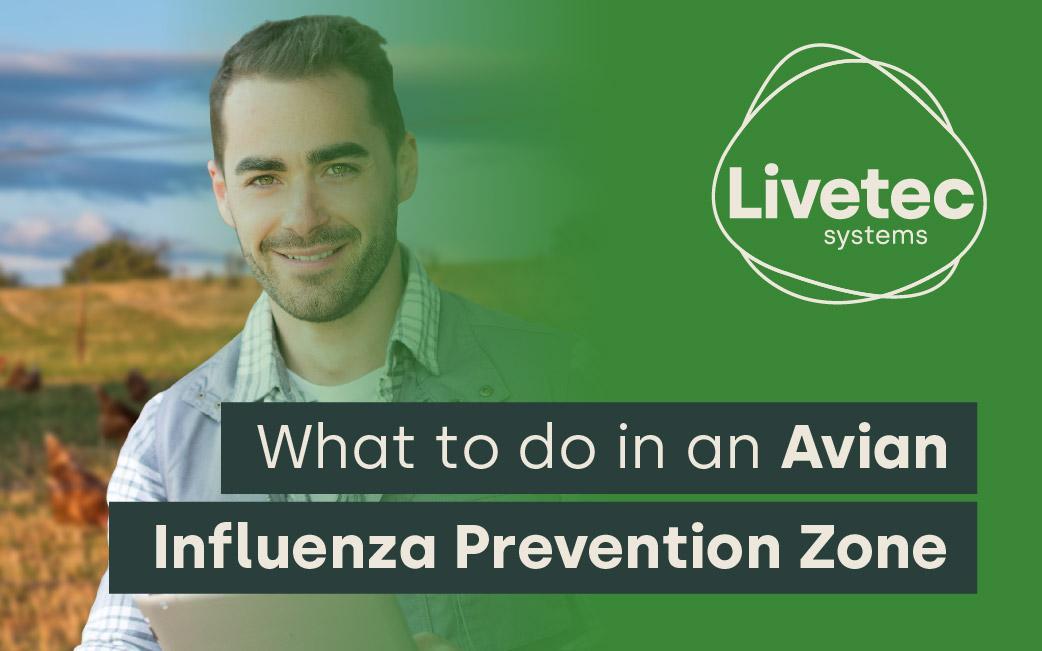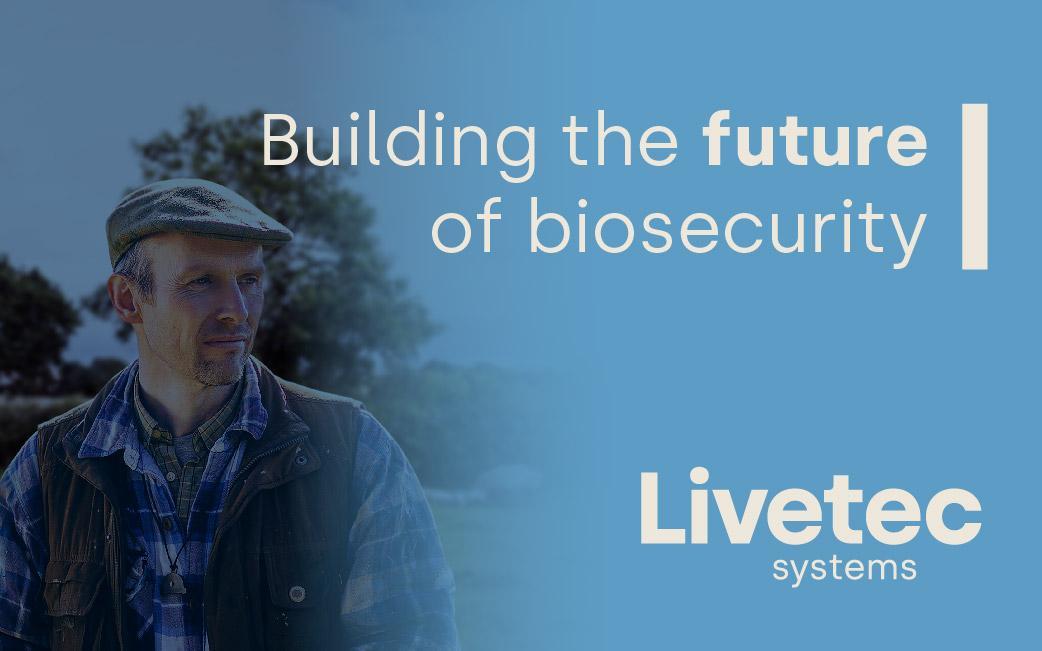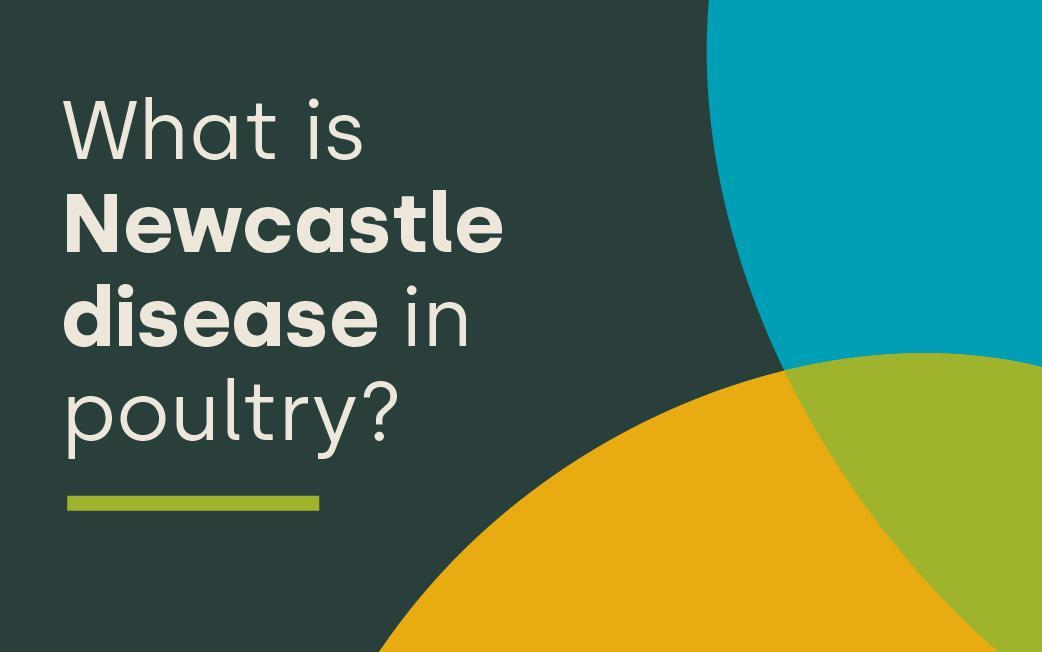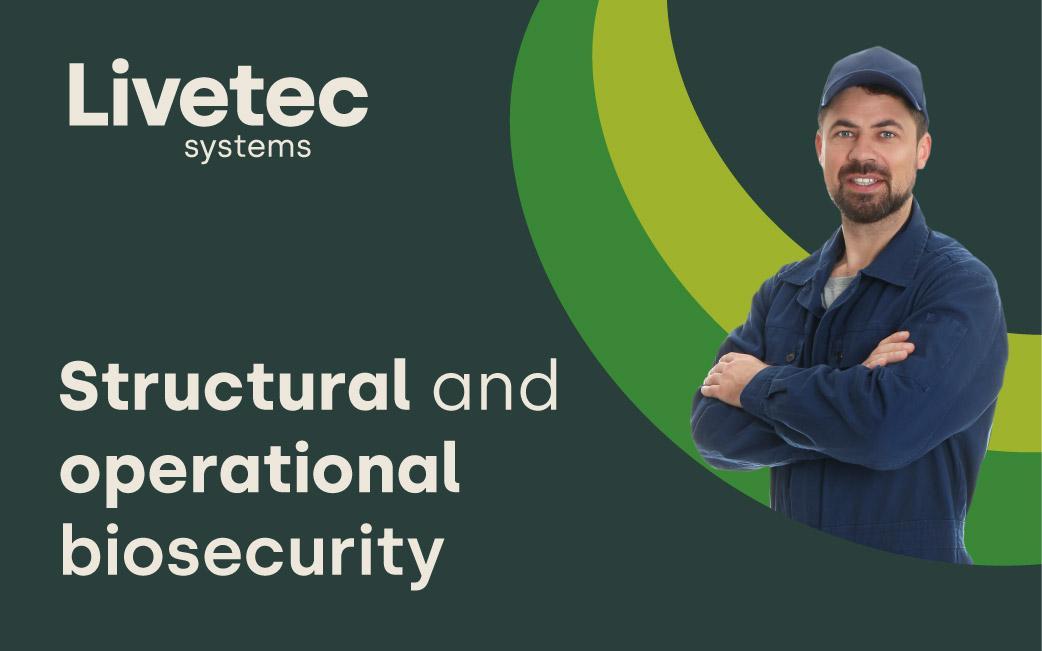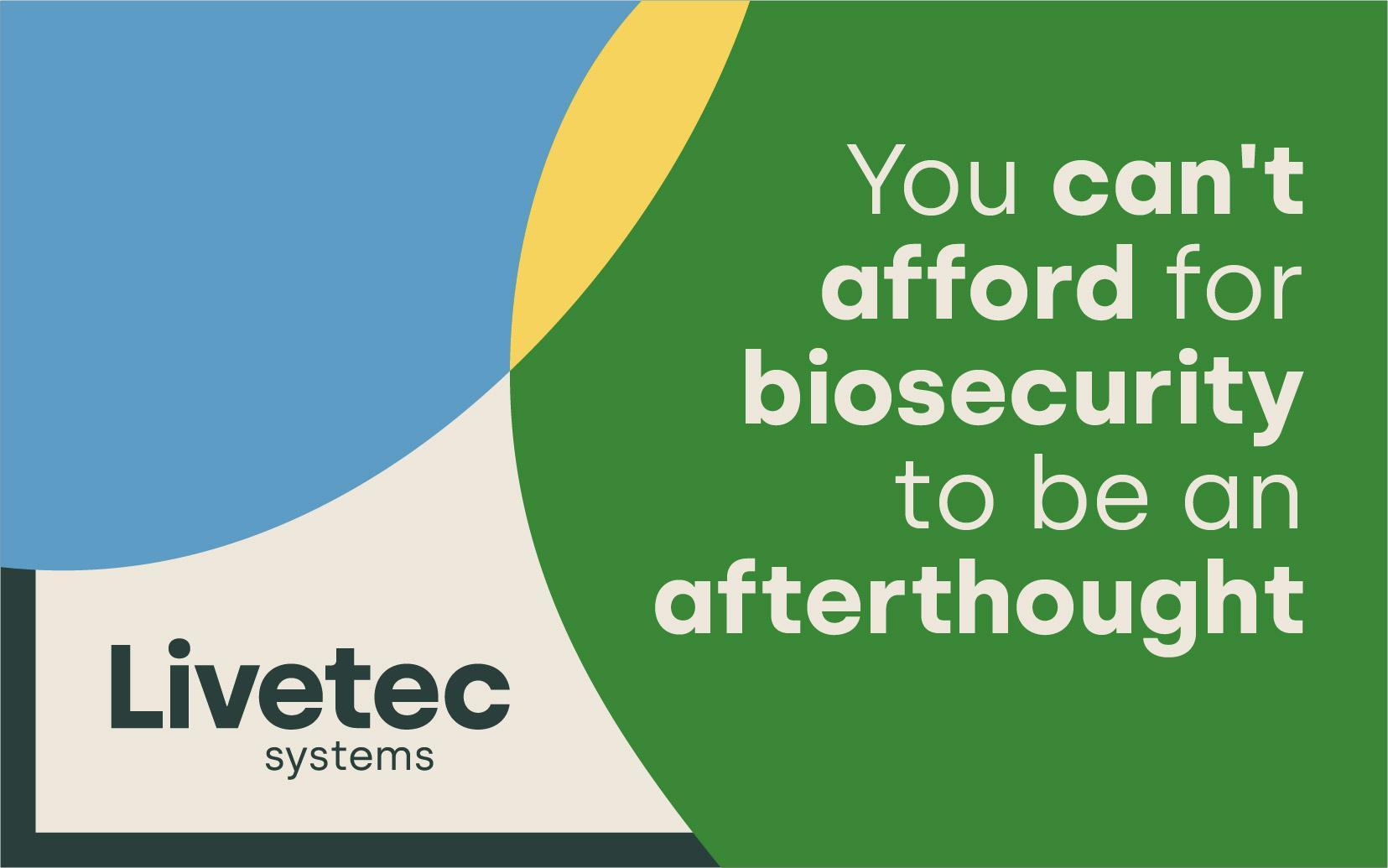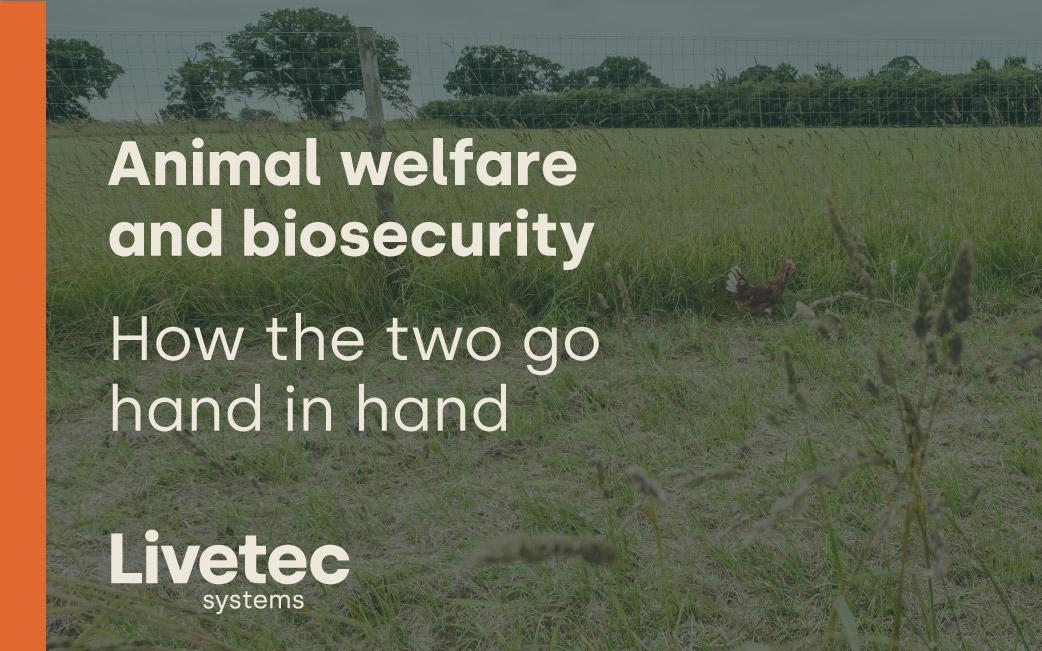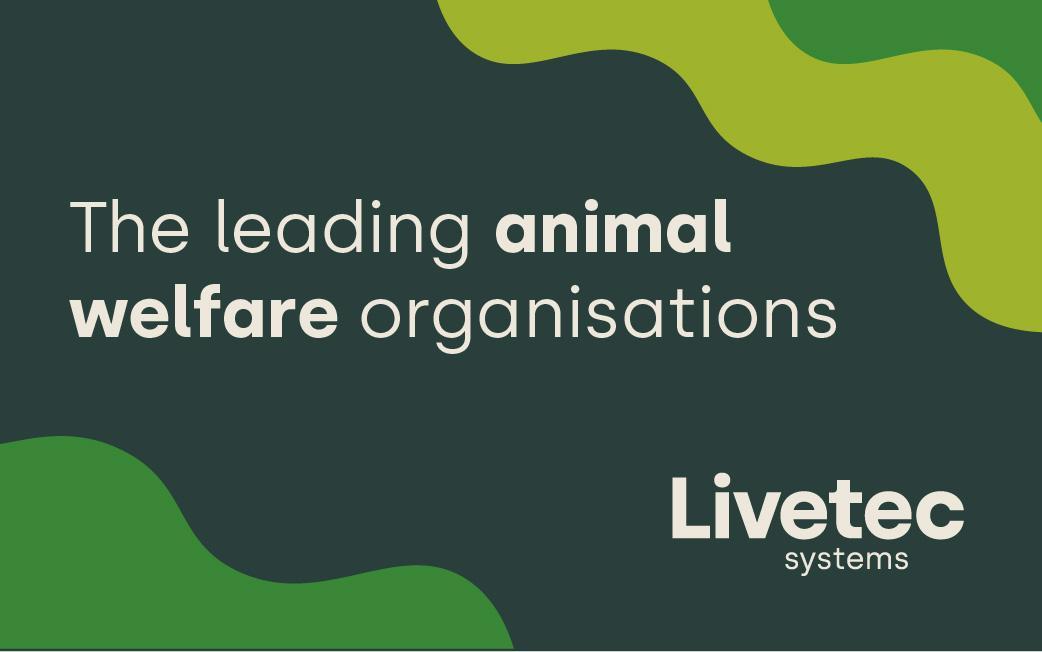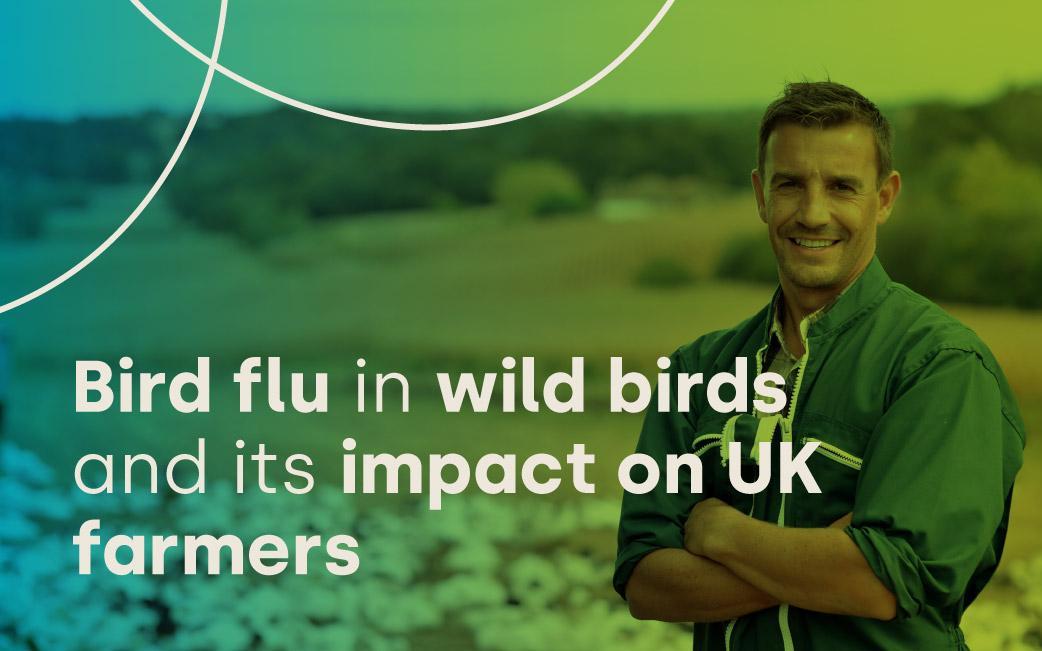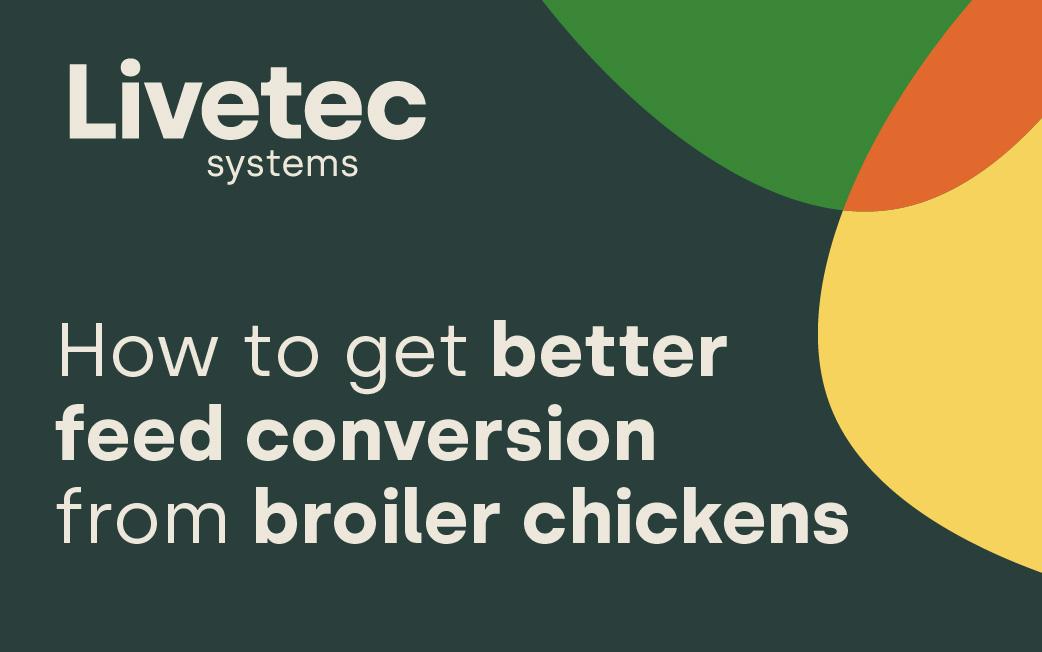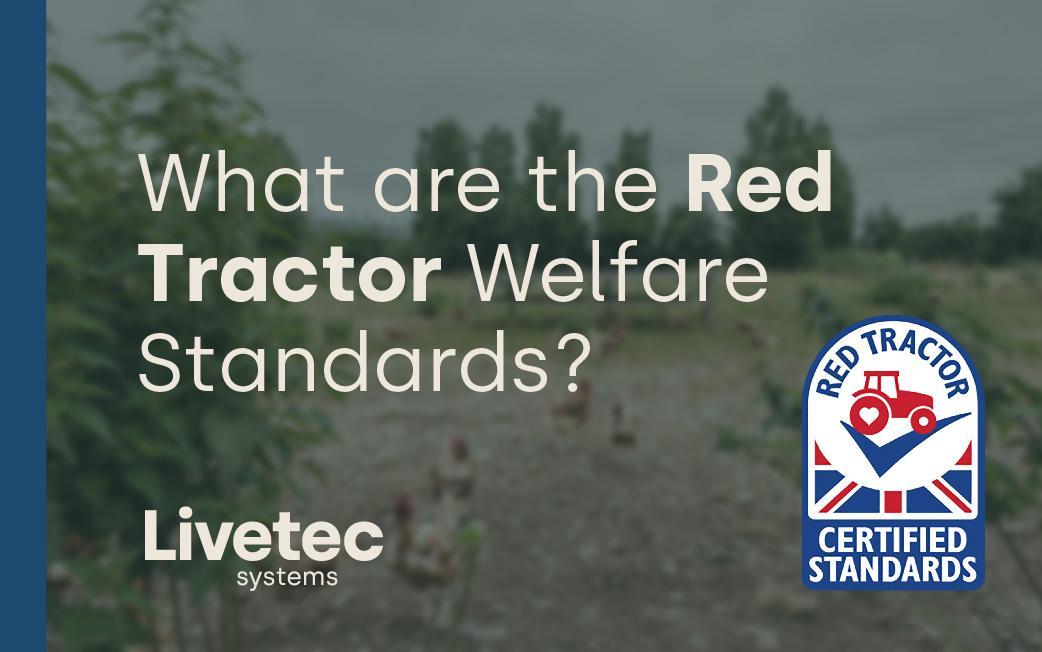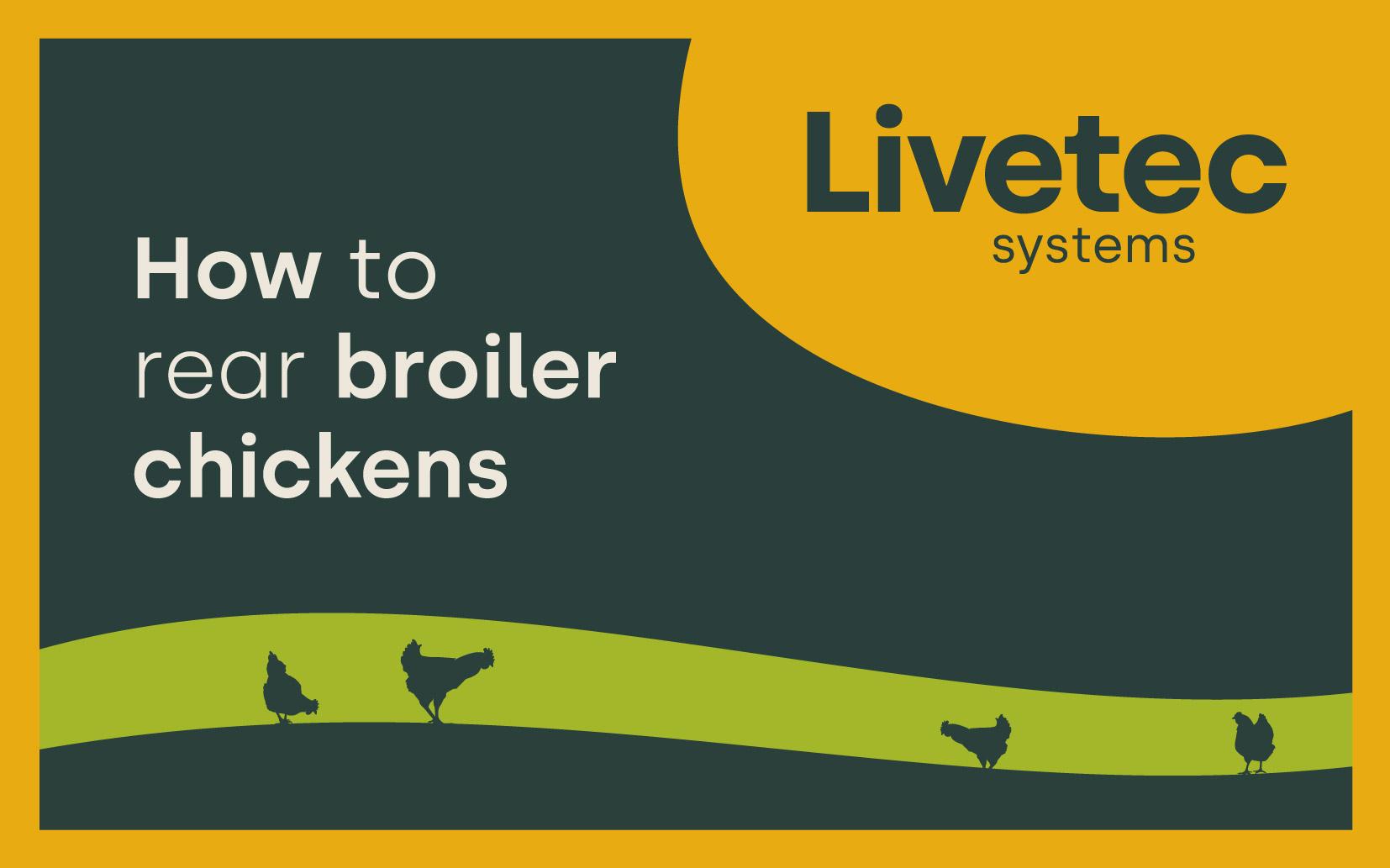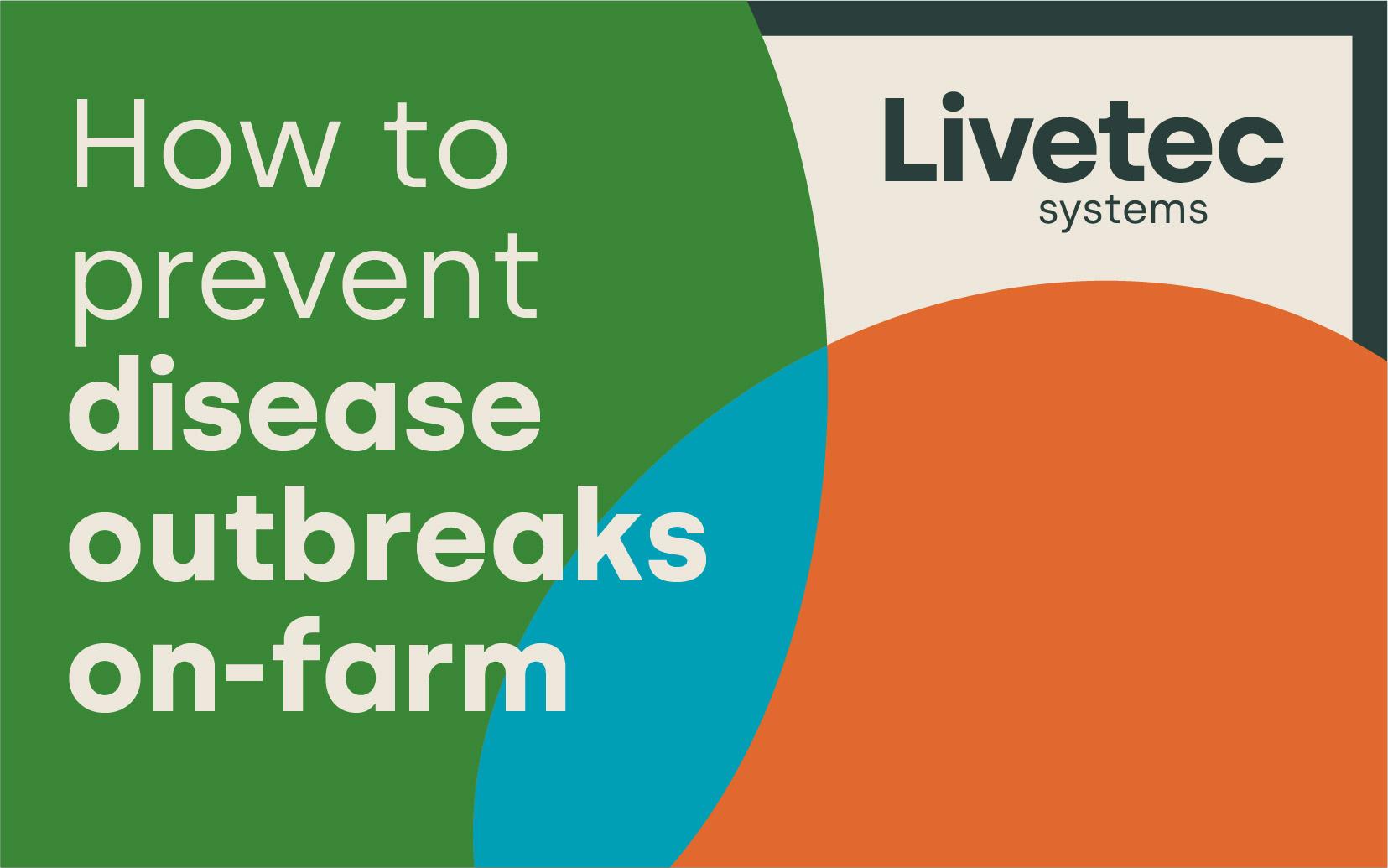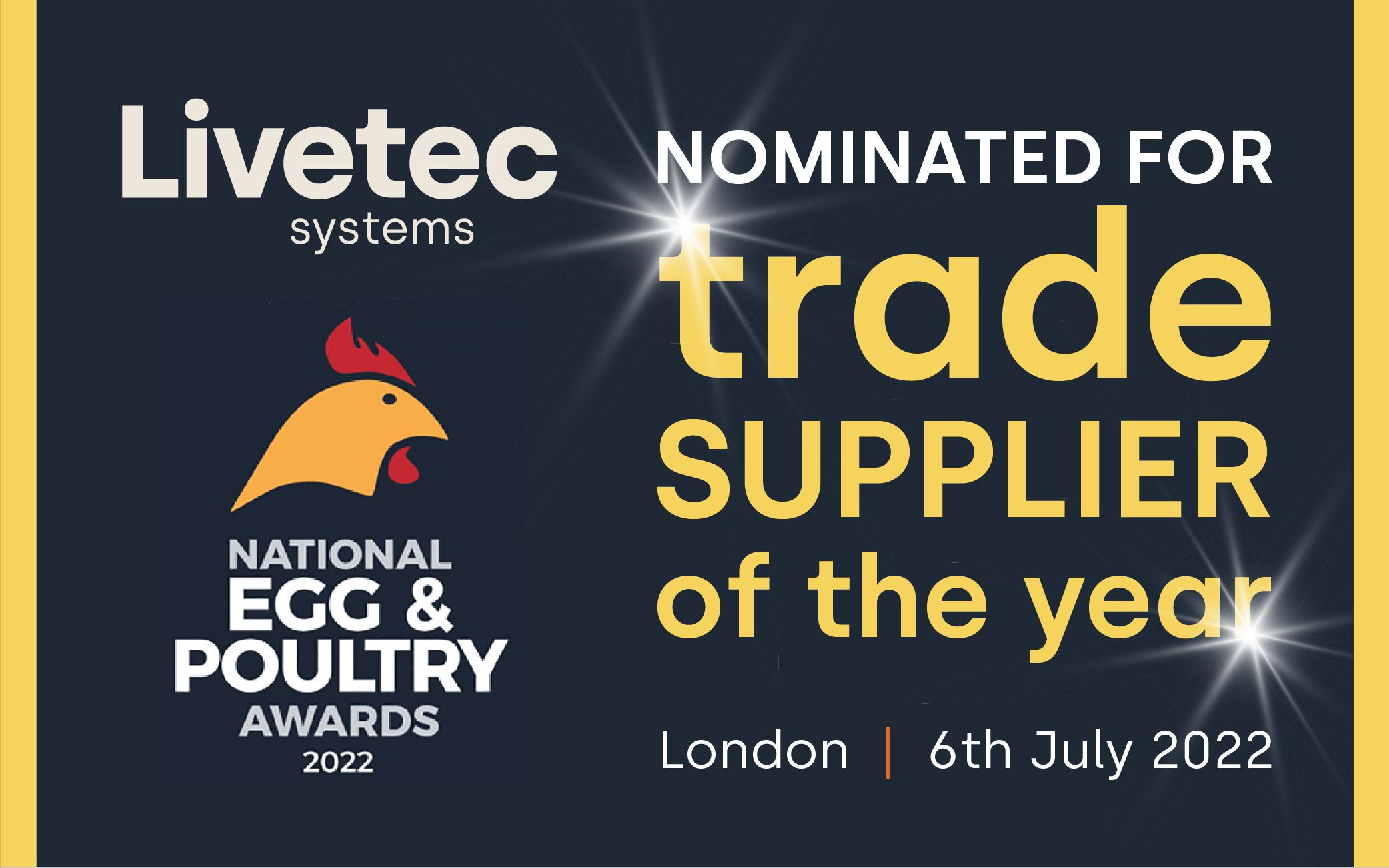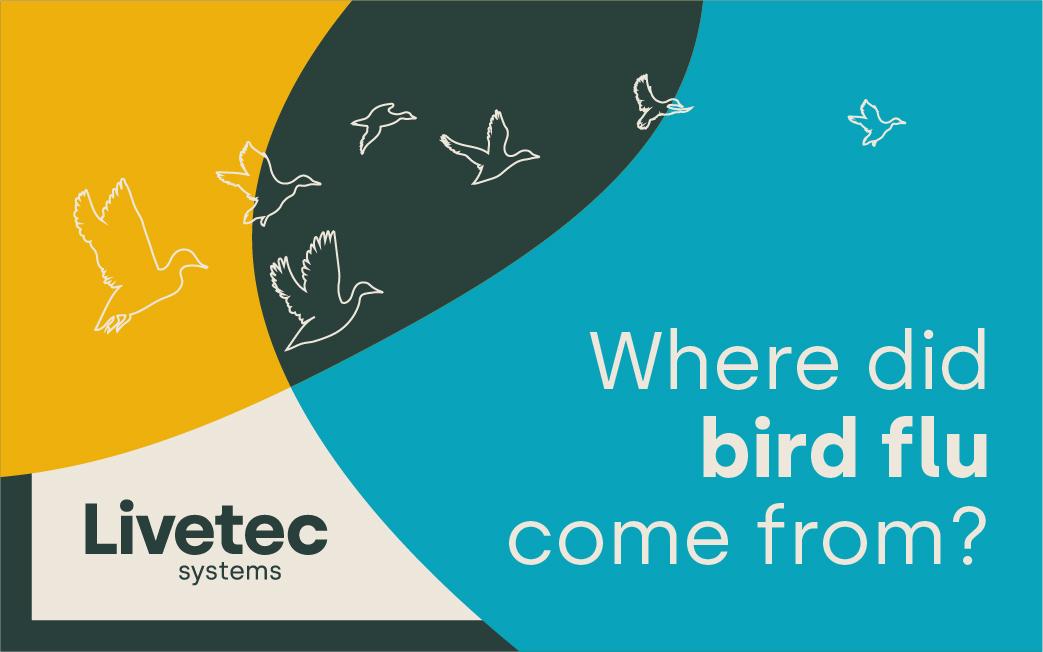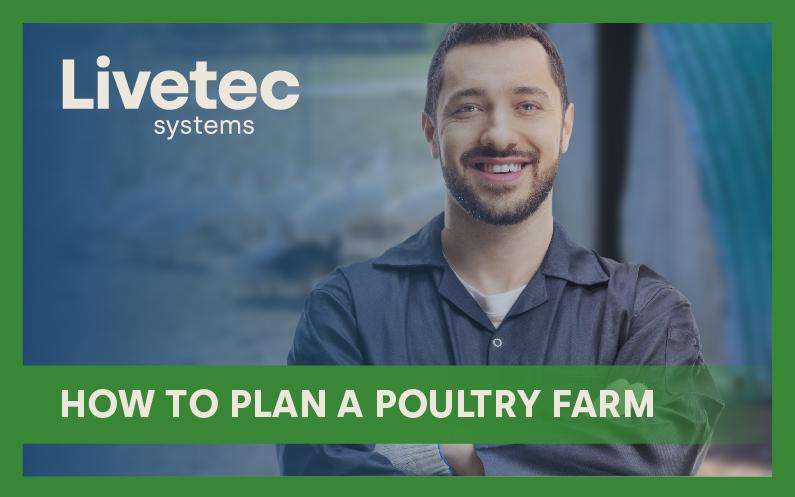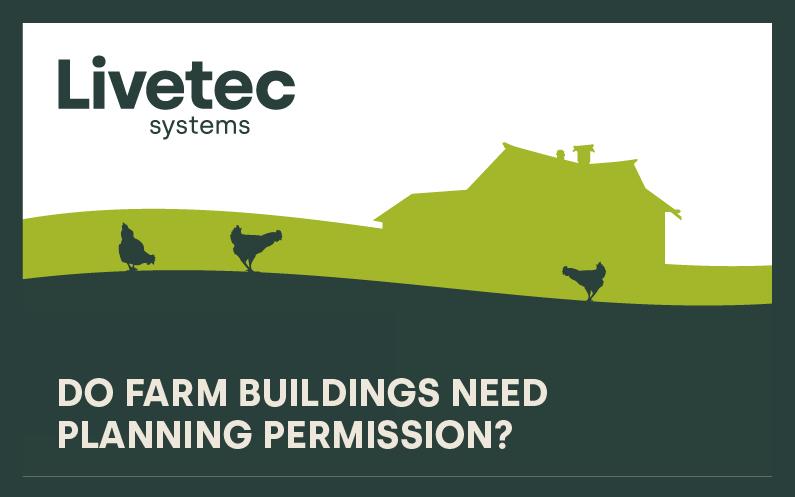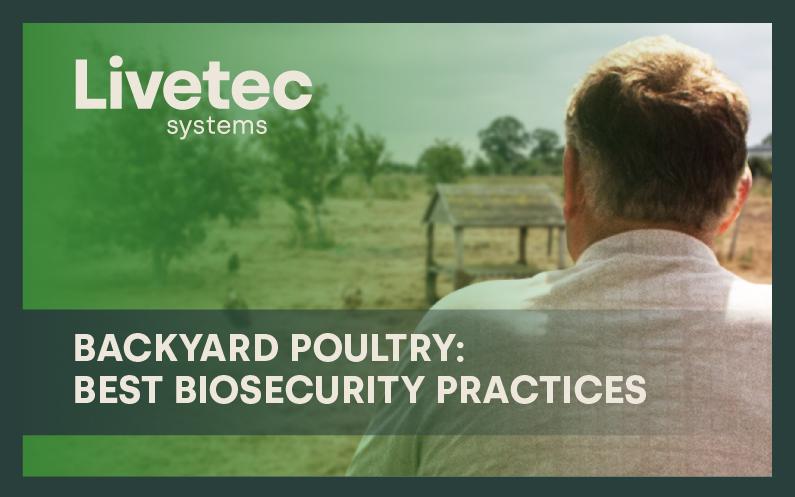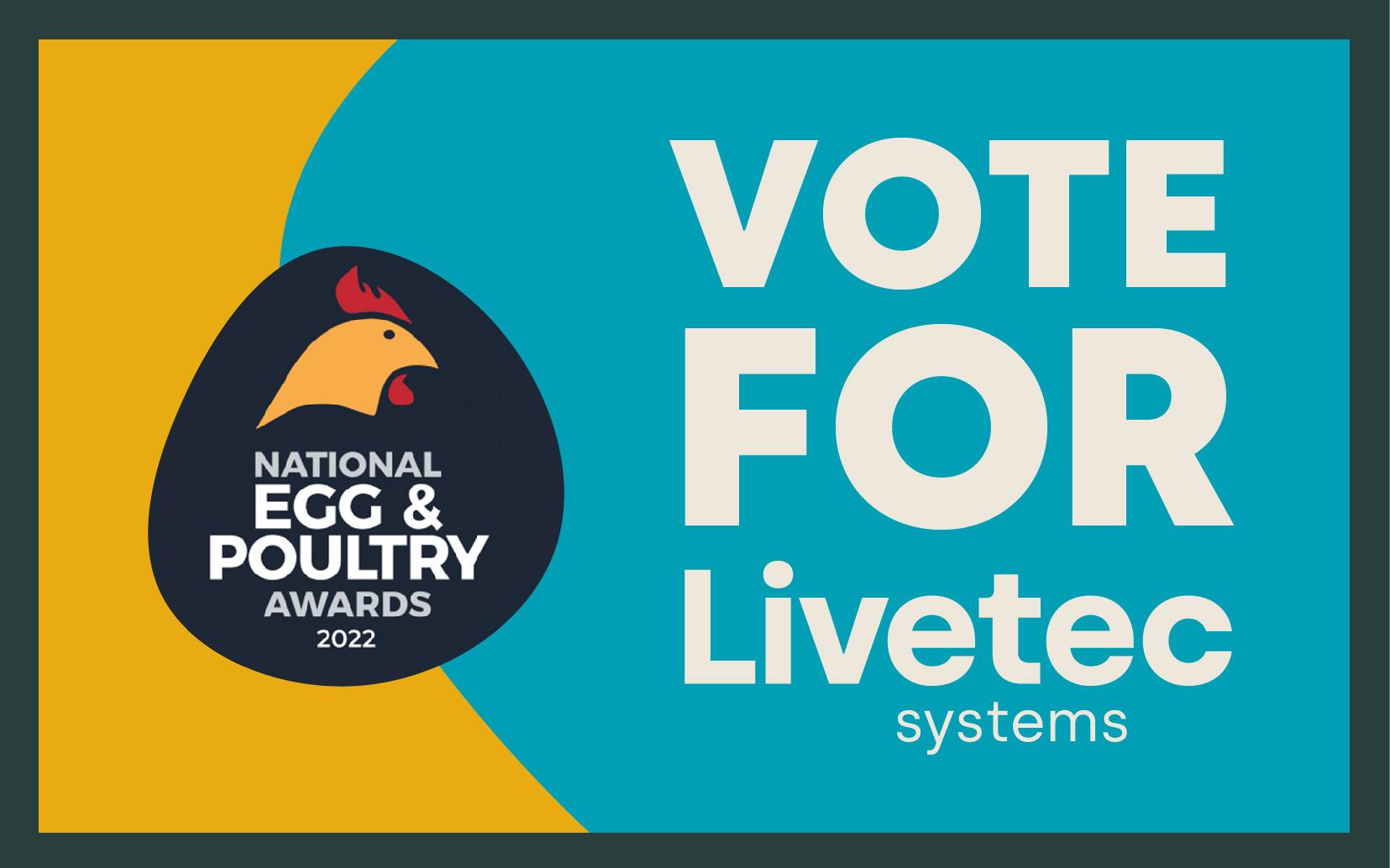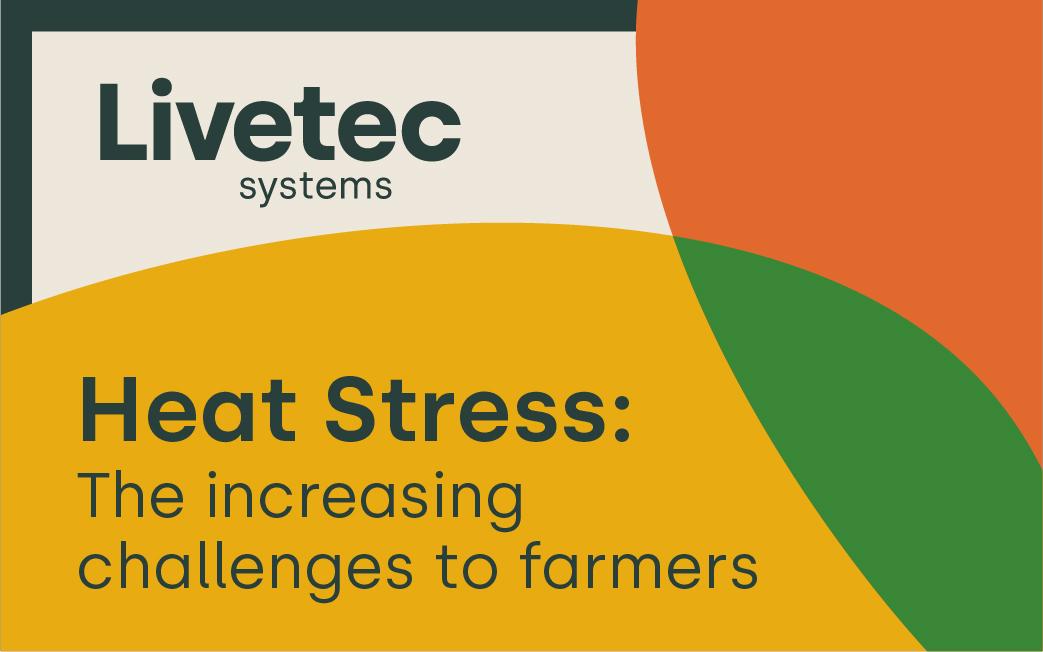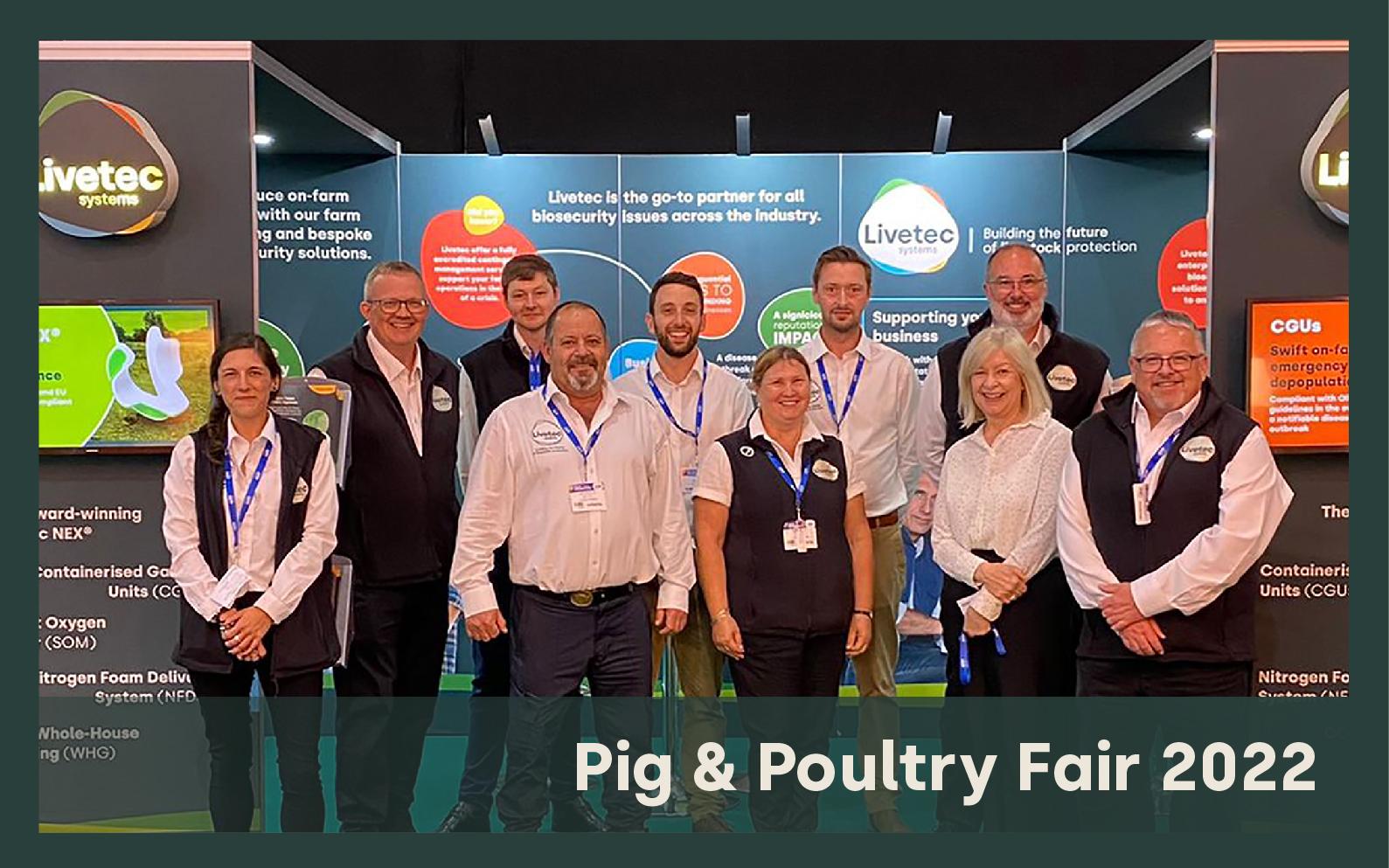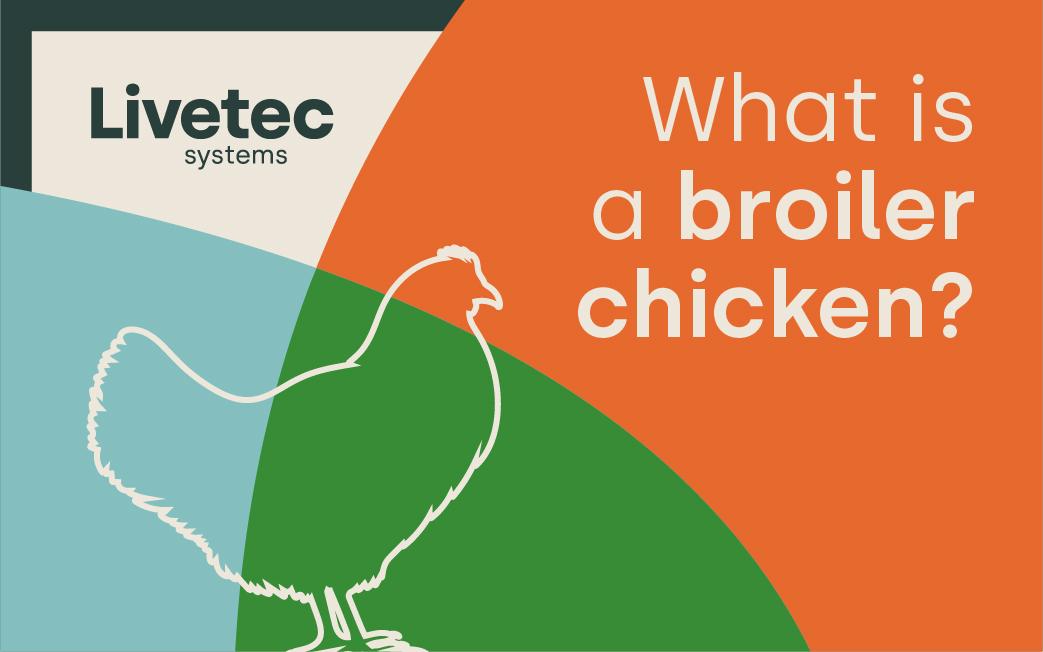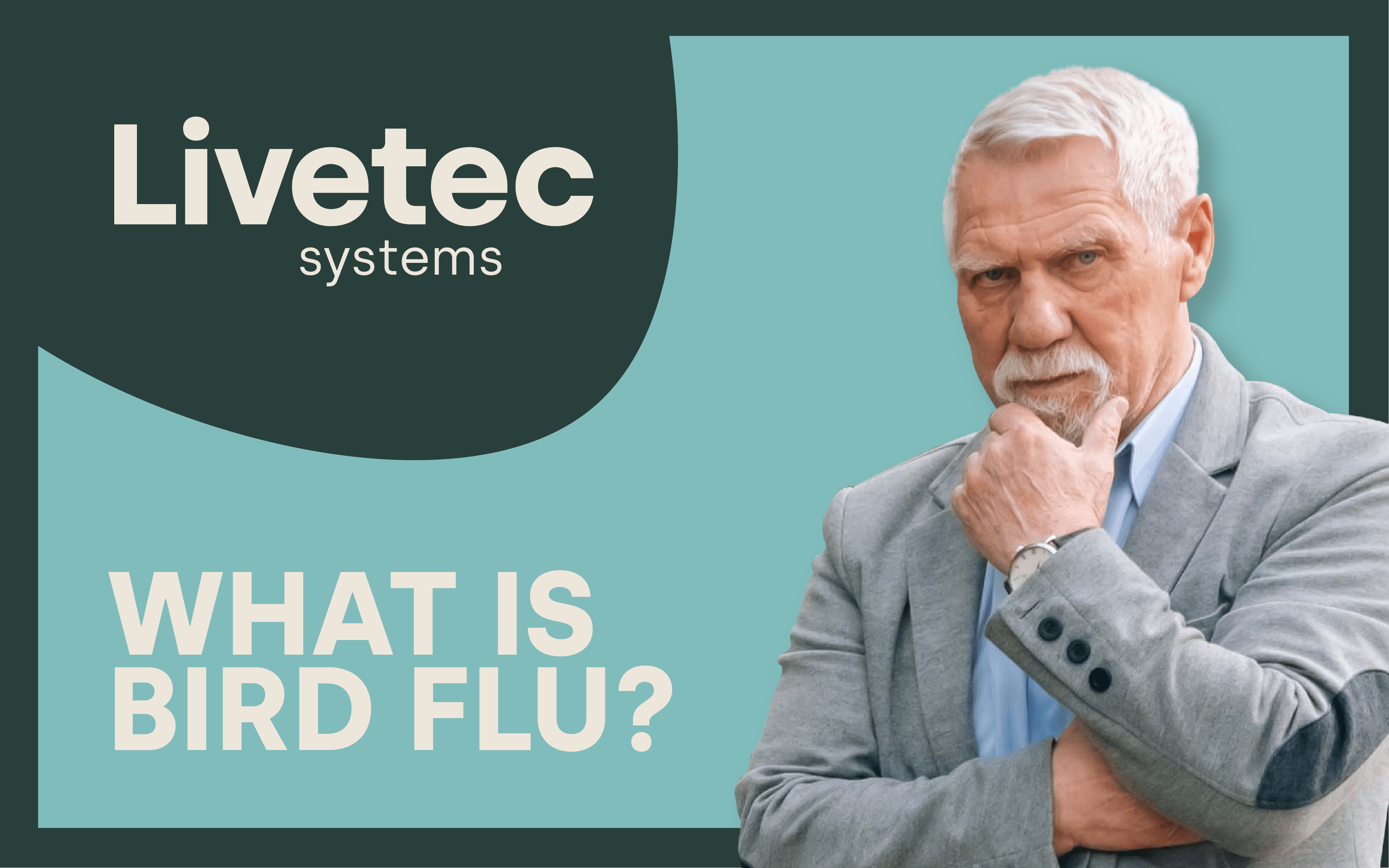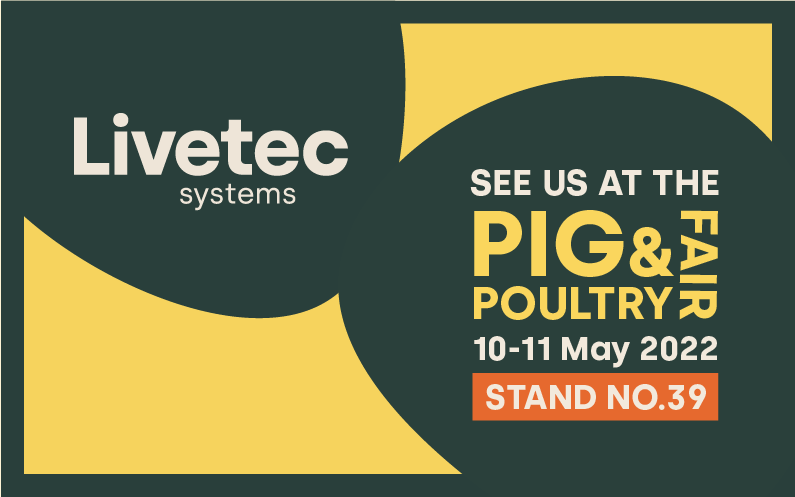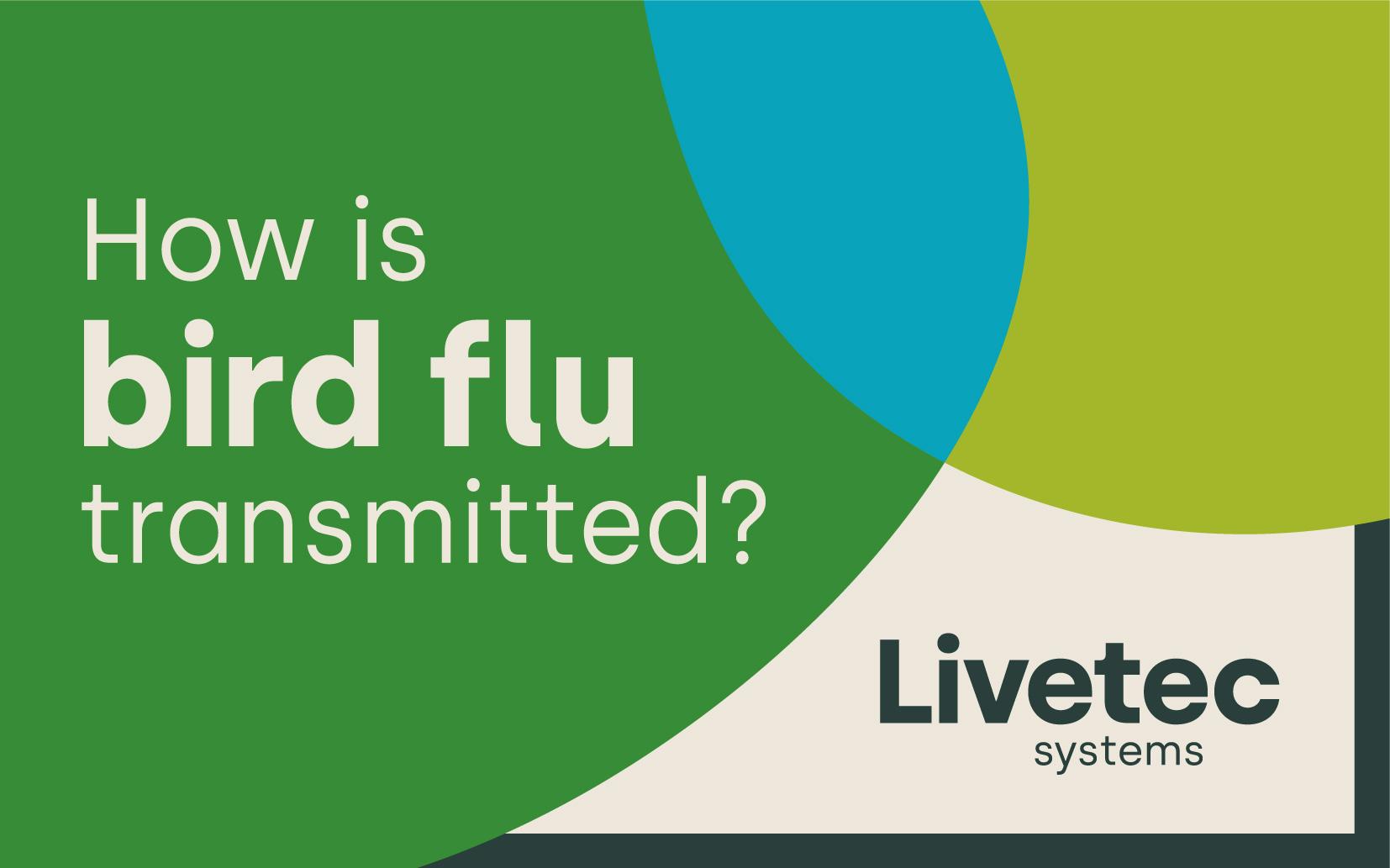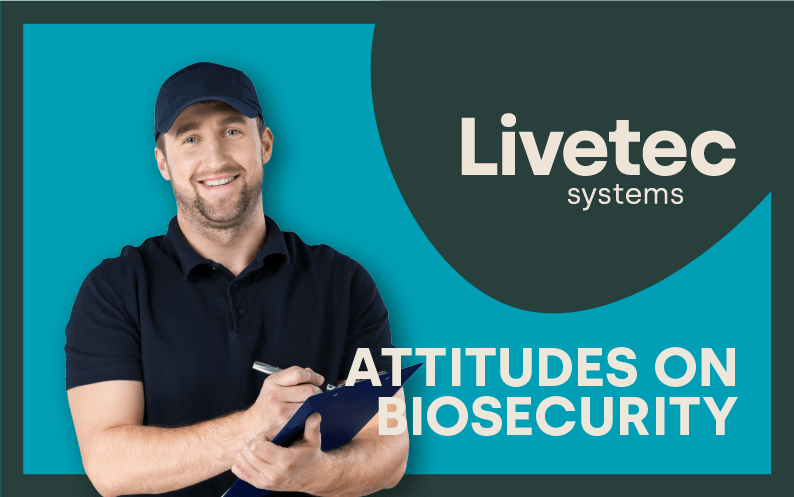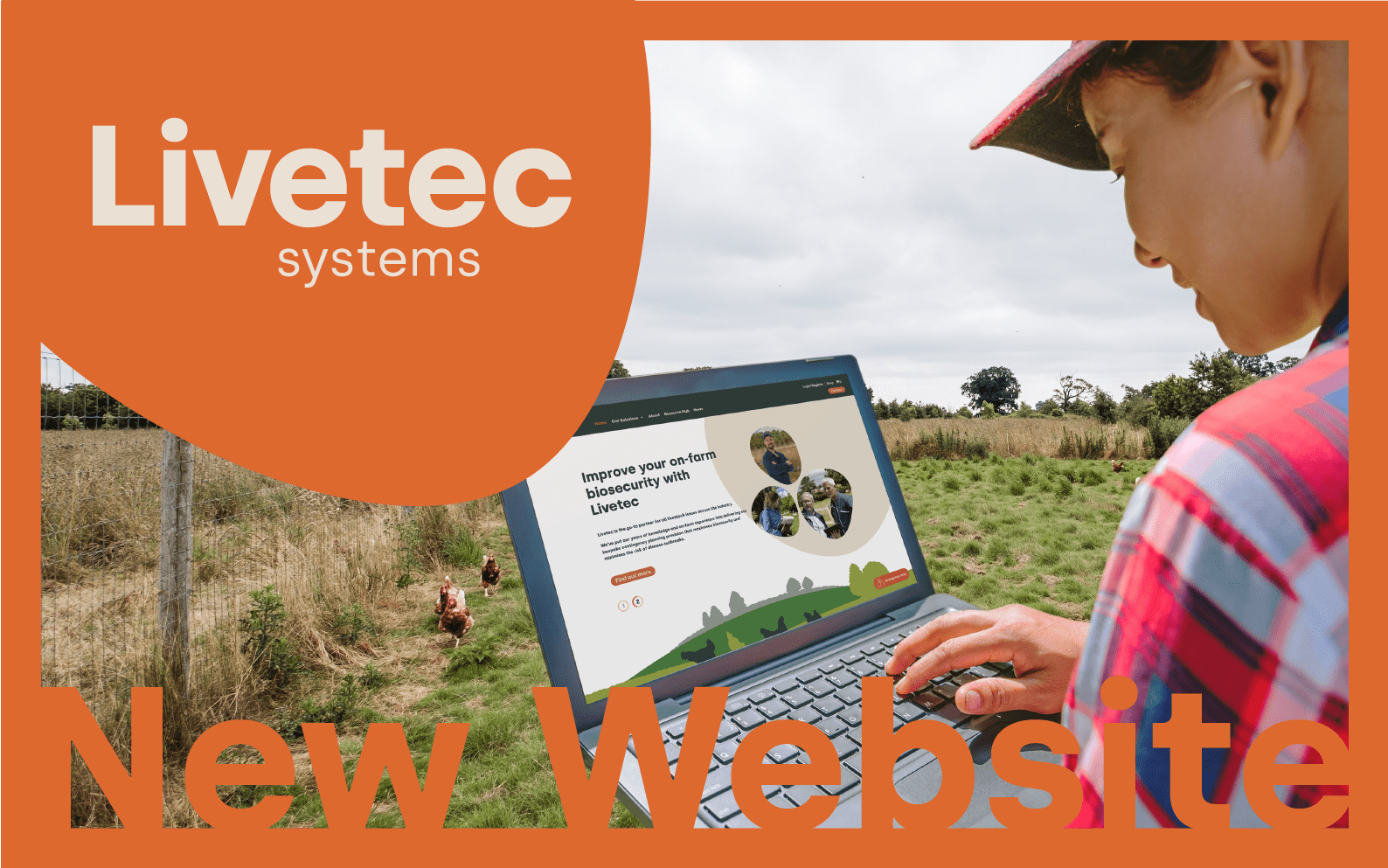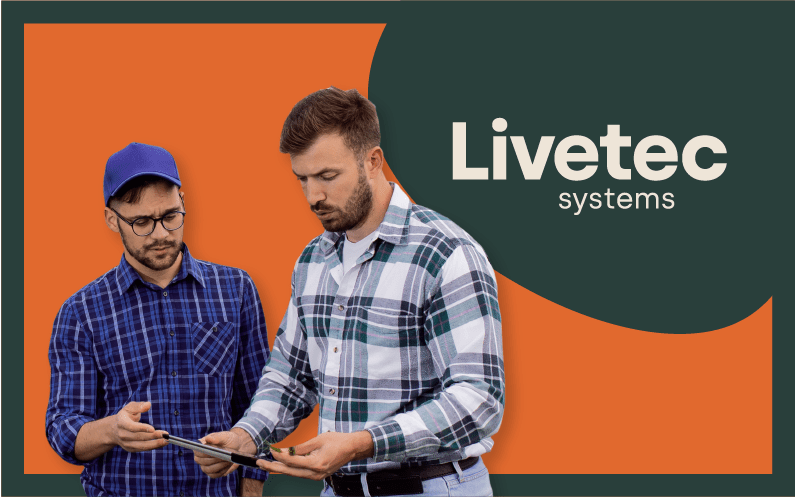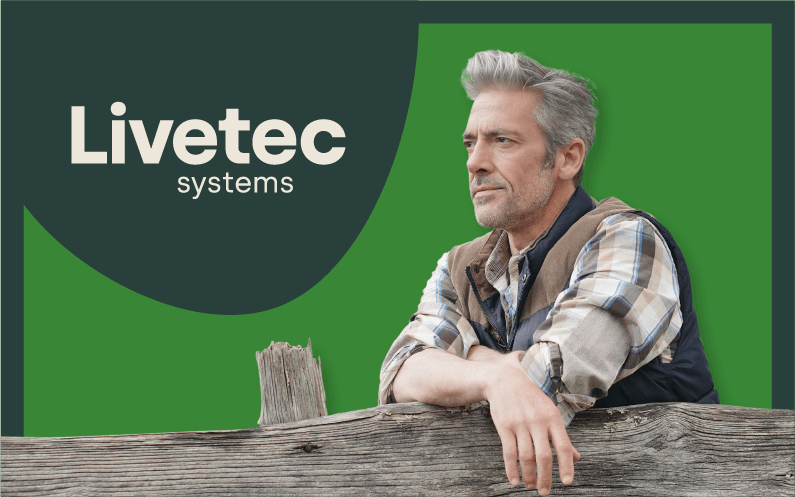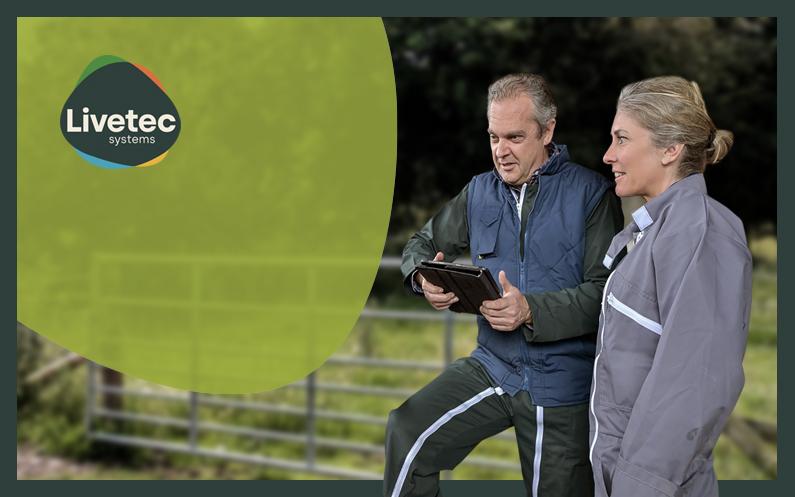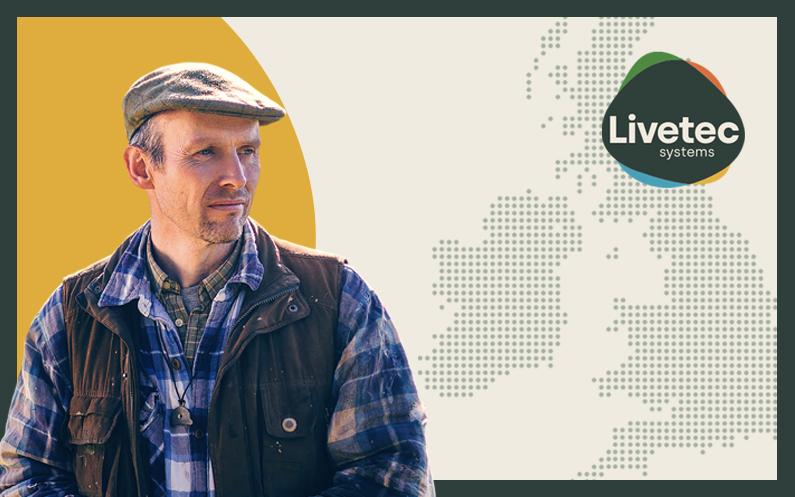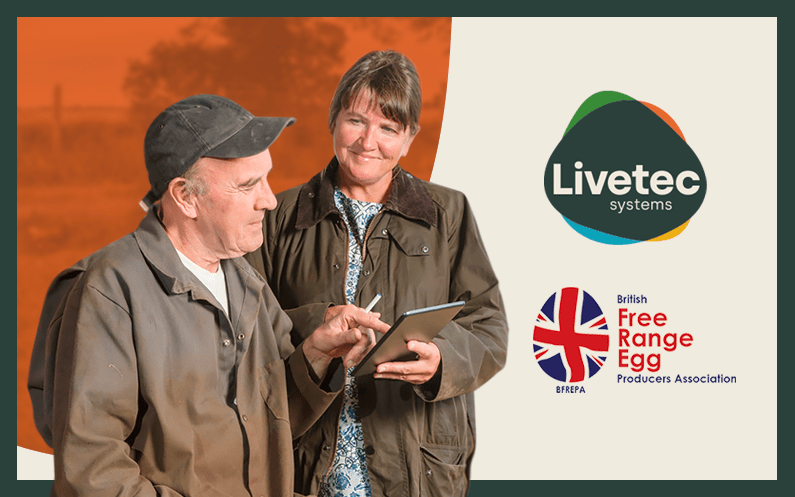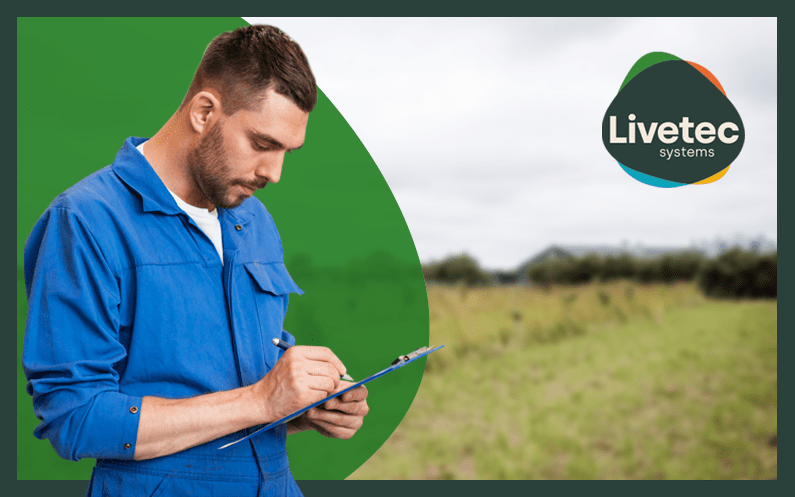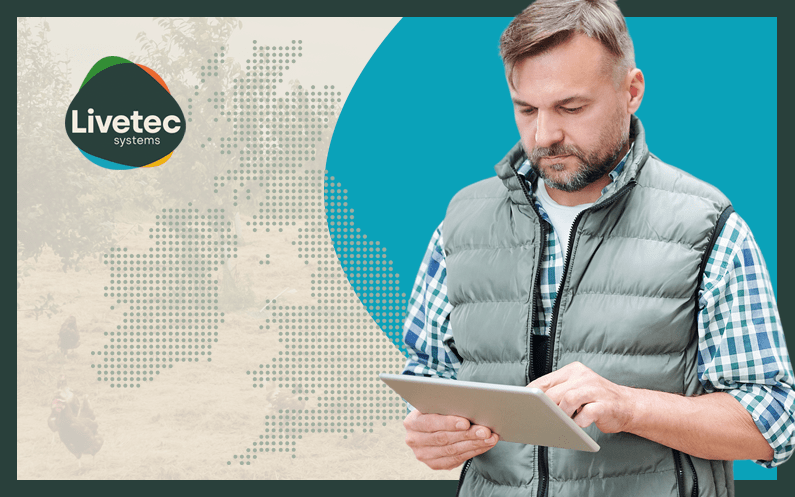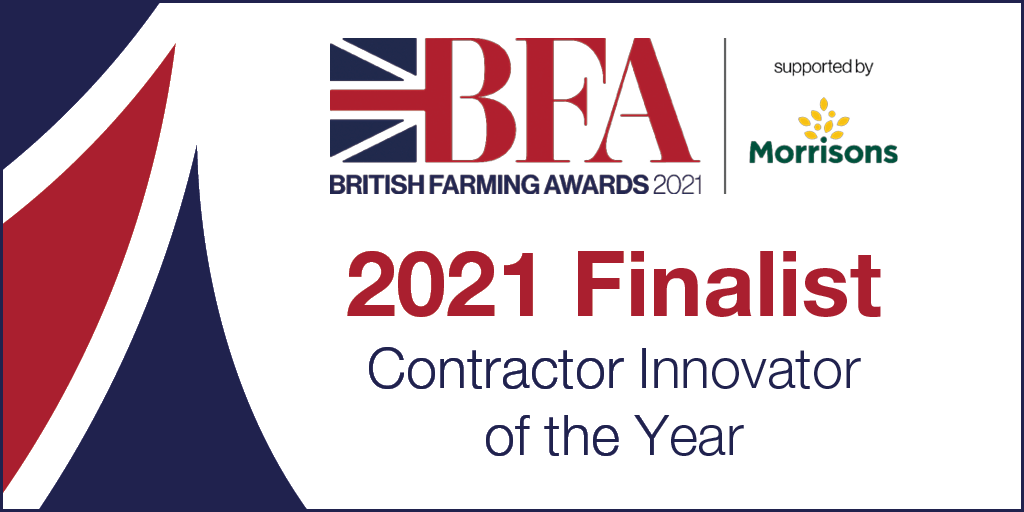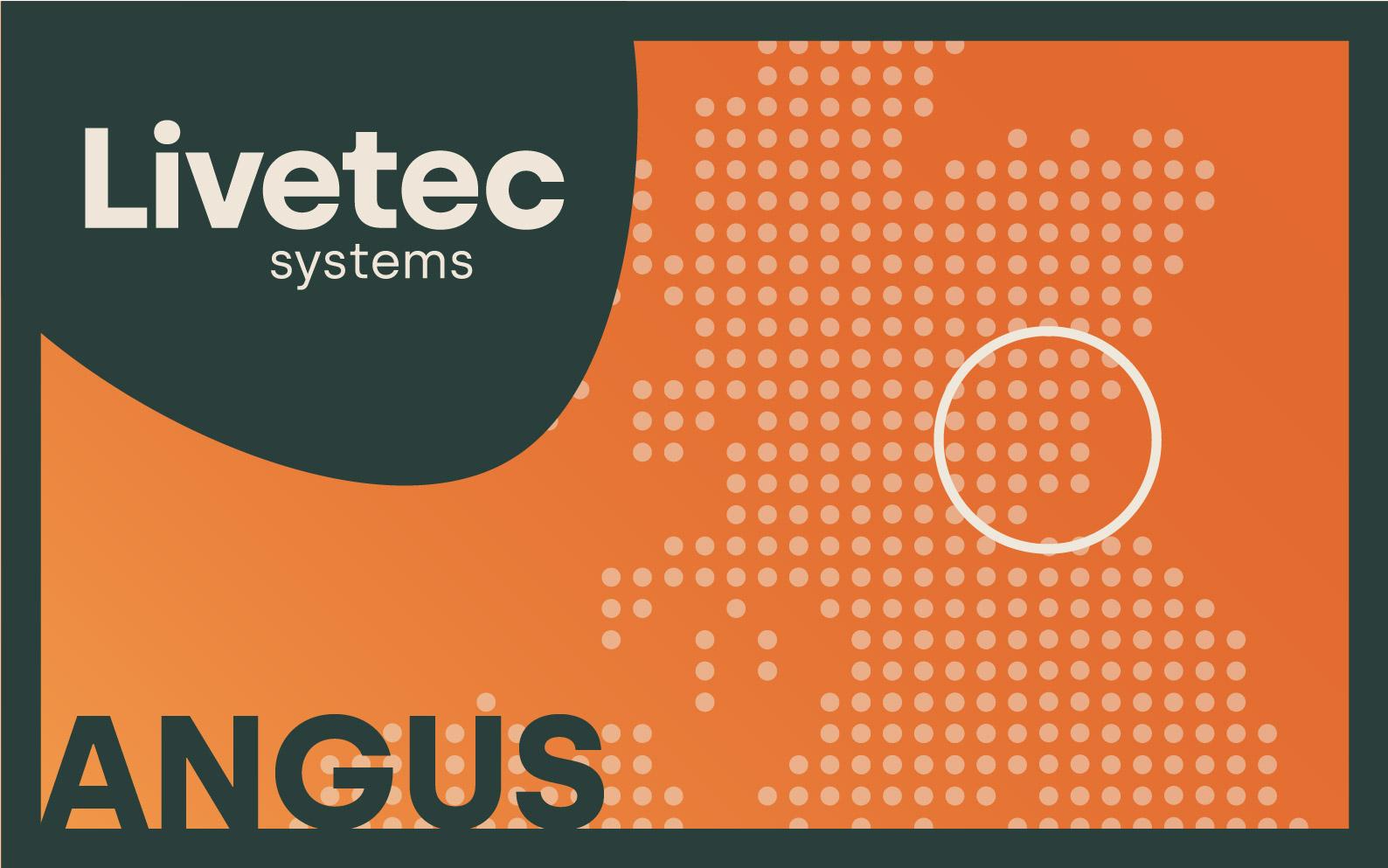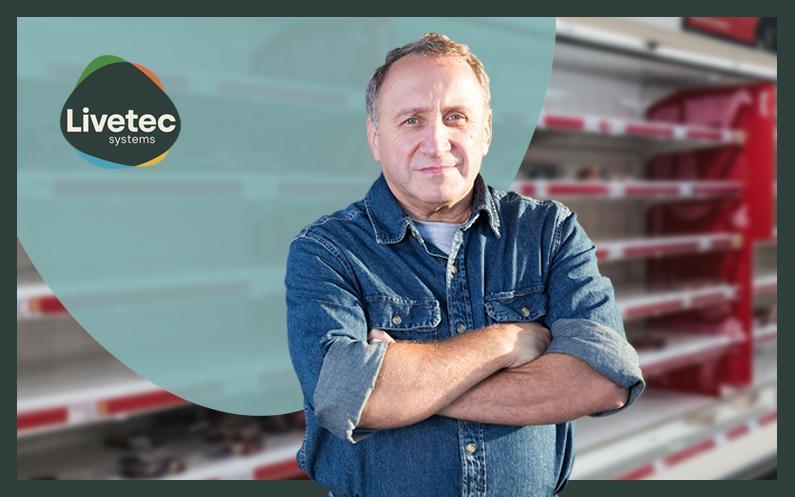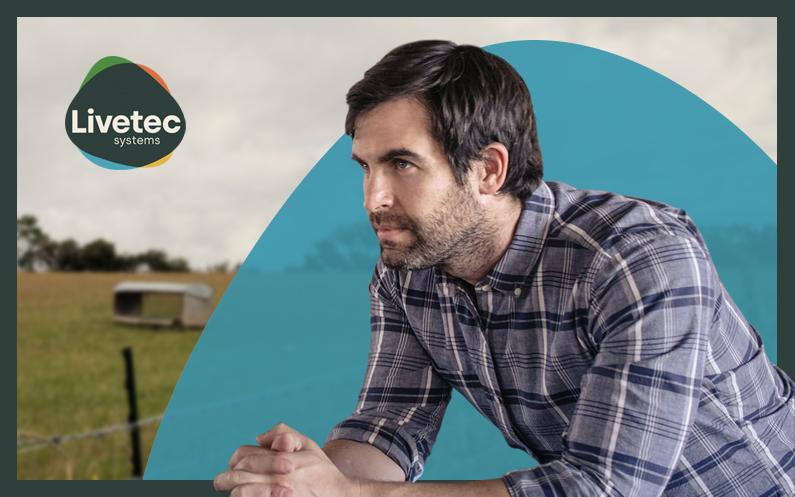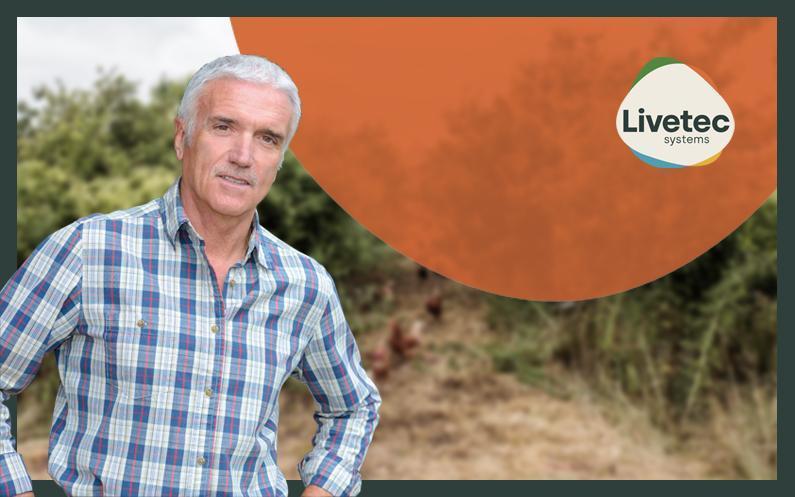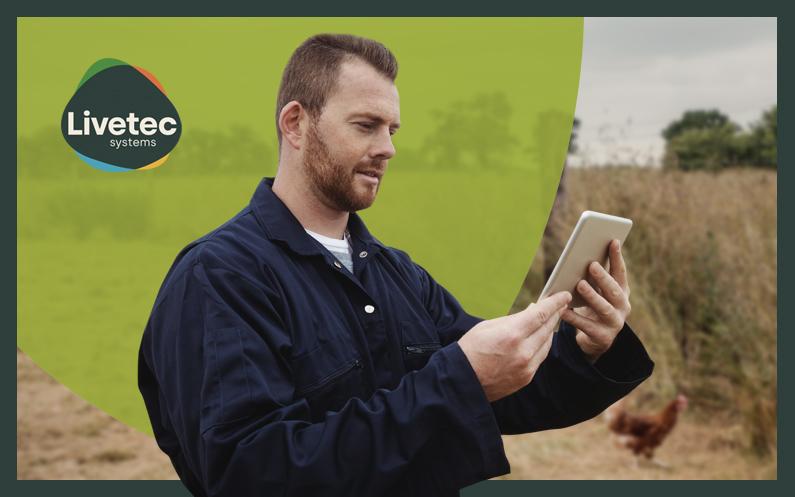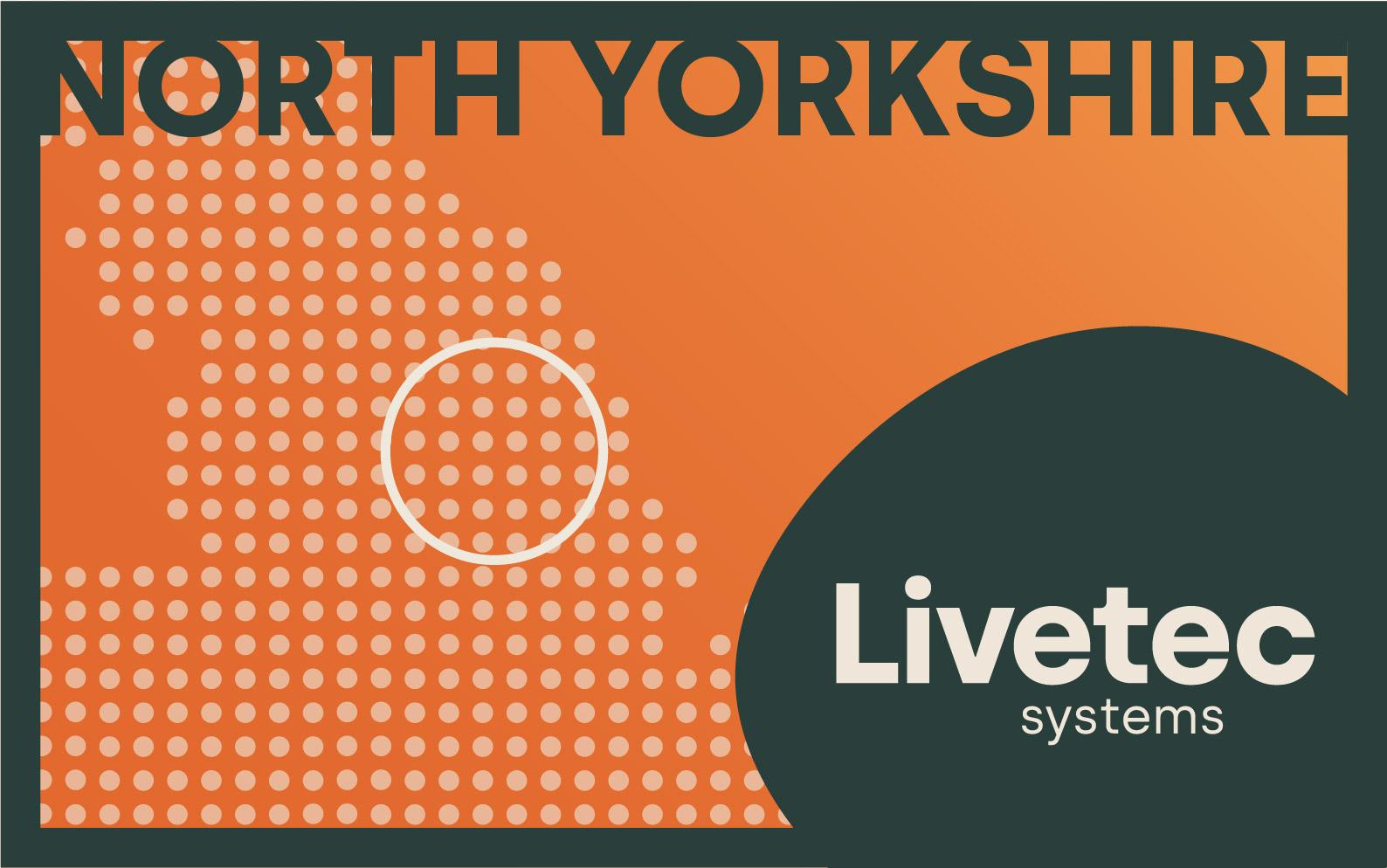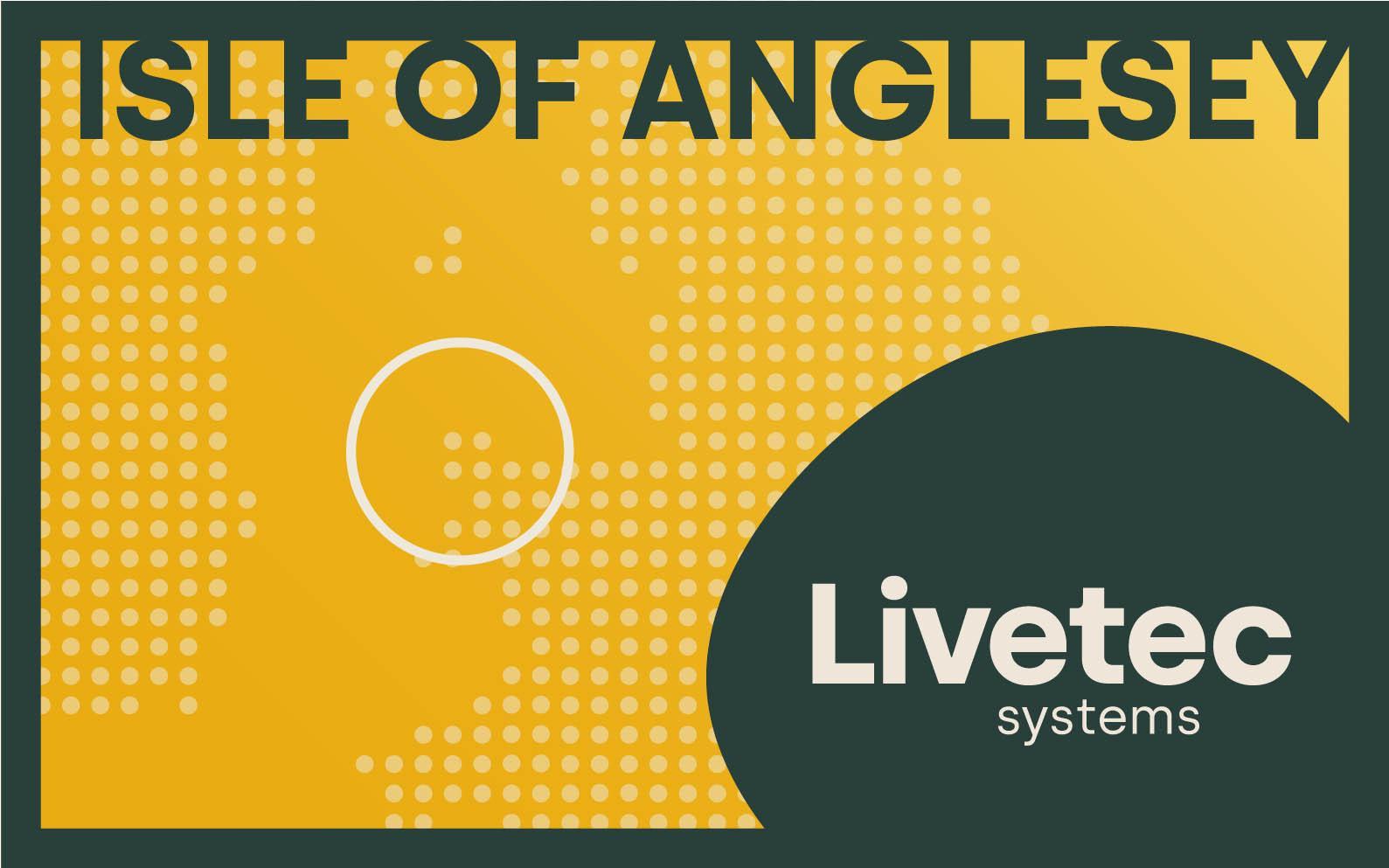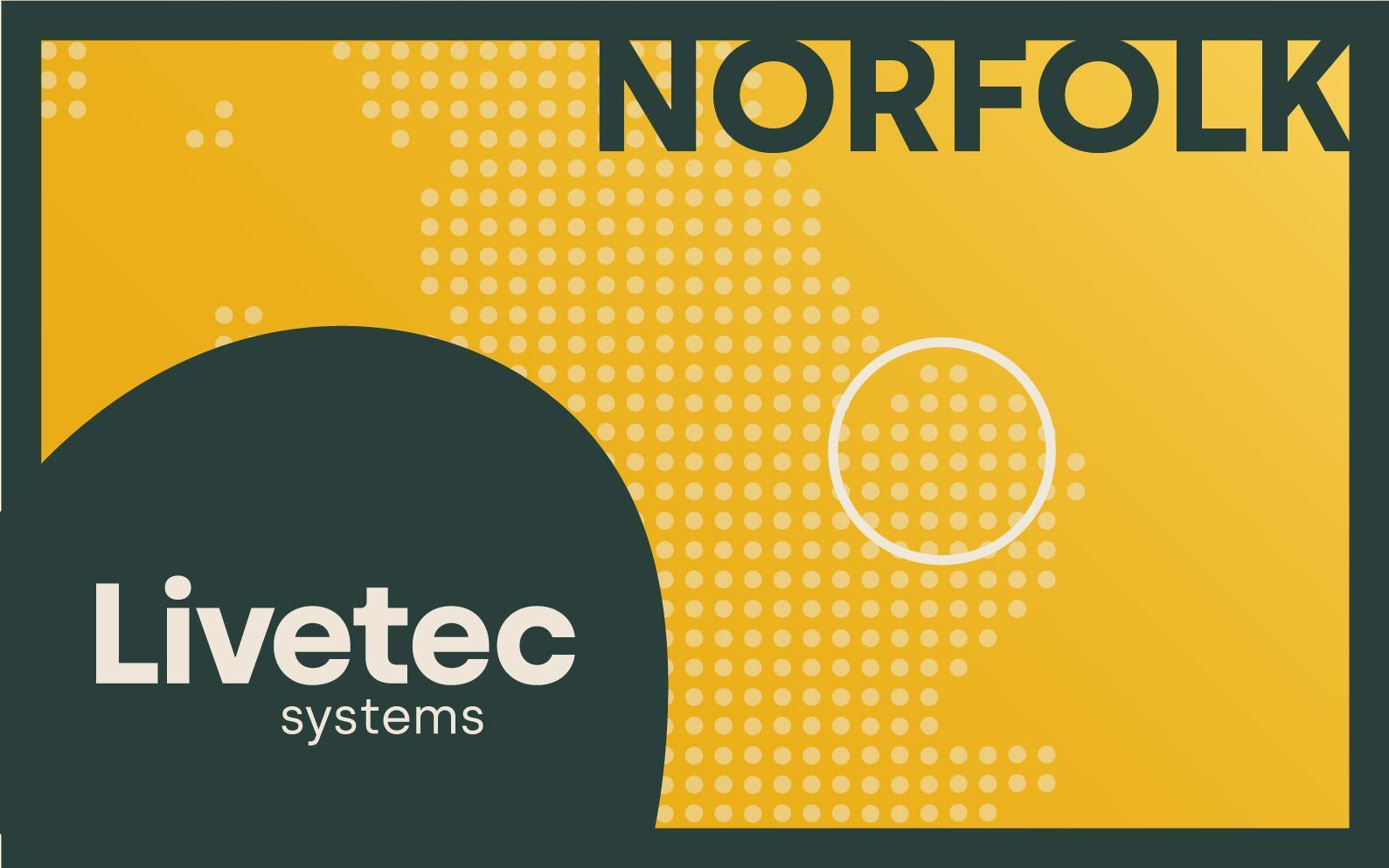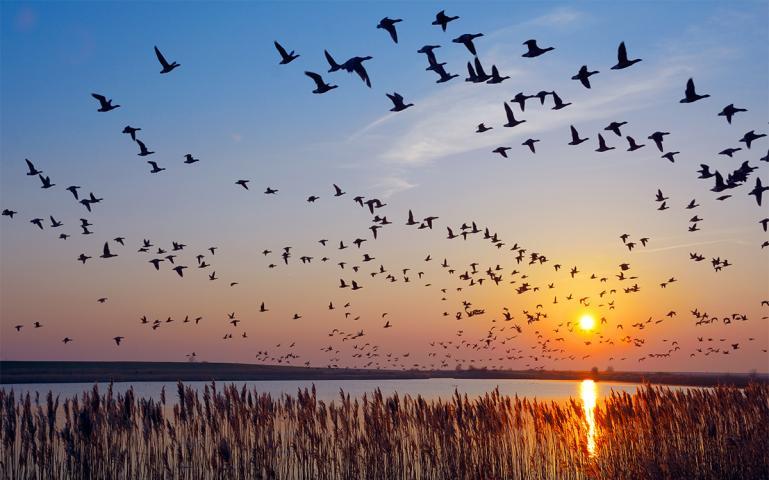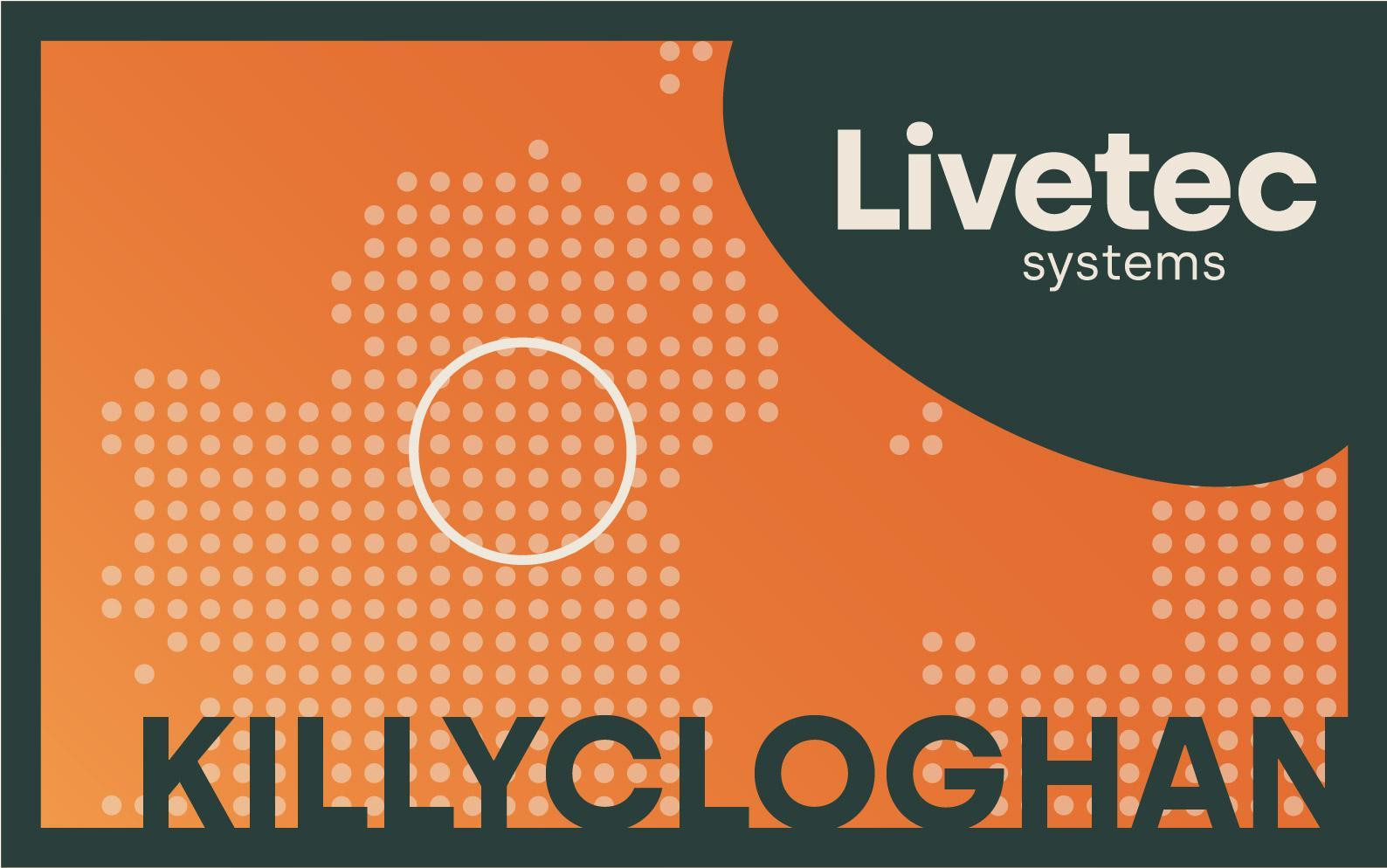Avian Influenza (AI) has always been seen as a seasonal threat, something to prepare for in the colder months when migratory birds start to arrive on our shores… However, with four confirmed outbreaks in July alone, this narrative is no longer holding up. The evidence suggests that AI is now a year-round risk, and the industry needs to respond accordingly.
We spoke with our team of Biosecurity Advisors Amy Davies, Paul Talling, and Jack Hughes to understand what these summer outbreaks might be telling us and why Biosecurity365 isn’t just our campaign message, it’s a necessity.
Summer 2025. The virus is still here and active…
The timing of AI outbreaks in the UK has been closely associated with the annual influx of migratory birds from continental Europe, following traditional flight paths and utilising historic feeding/overwintering sites. However, this timing no longer seems to give us the full picture. “With no inbound bird migrations at this time of year, the virus can only be circulating in our resident bird population. “These recent outbreaks must be evidence to prove it” says Paul.
Widespread and wide-ranging species, especially seagulls and resident waterfowl, now seem to be playing a key role in transmission. Government collected dead birds of these species are frequently demonstrating infection with the AI virus. It seems that AI is no longer solely an import; it’s embedded in our environment. This shift means traditional patterns no longer apply and it makes year-round biosecurity not just recommended, but essential.
Heightened risk periods no longer cut it
The concept of a “high-risk” AI season is outdated. As Amy puts it: “Biosecurity shouldn’t change throughout the year. Other poultry diseases rarely follow a calendar, and the AI virus now seems to be following suit…”
Jack notes, “there hasn’t been a single AI-free month in 2025. We’re not talking theory anymore. Every month this year has seen cases.” Yes, colder months still bring increased pressure due to migratory bird movements and weather conditions more suited to AI virus survivability, but it looks like outbreaks will be no longer characterised by large seasonal spikes; moreover, they’ll be represented by a lower continuous curve.
The real danger? Complacency.
All three experts pointed to complacency as the biggest problem the industry faces when dealing with the threat of AI. Maintaining biosecurity standards to the highest level, 365 days of the year is now a requirement. We know with good biosecurity we can keep the virus out of our flocks in most situations, but this does rely on how people respond to the risk even when things seem quiet. “There is no room for cutting corners. Maintain standards for your own peace of mind. If you do get hit, at least you’ll know you did everything you could,” adds Paul.
Even small lapses in protocol like leaving doors unlocked, allowing contractors to work without checking where they’ve been previously or not fixing that leaky roof vent, can create the single opening that the AI virus needs. And if it enters your site, the consequences can be devastating. Amy adds, “Your biosecurity can only ever be as strong as your weakest link.”
Don’t Be the Super Spreader
Biosecurity365 isn’t just about protecting your own birds, it’s about not becoming the person or business who spreads it to others. “You might think you’re isolated, but you will likely share suppliers, customers and even staff/family with other farm businesses who could all take disease from your farm and spread it to others, you don’t want to be the super spreader. Your responsibility extends beyond your own farm gate,” says Paul.
By default, larger units may carry greater risk simply because of the number of on/off movements to the farm, but every keeper, big or small, has a critical part to play in stopping any disease spread. Likewise, there is a responsibility for everyone else in the supply chain, e.g. hauliers, to maintain high biosecurity standards for their own businesses when it comes to minimising the risk of spread between farms.
Tools to Stay Ahead
There are tools available right now that can help you stay ahead of local threats:
- Download our FREE app Livestock Protect
- Check the map regularly and see whether there are any confirmed cases of wild bird deaths due to AI near you.
- Stick to your routines. Biosecurity works when procedures are maintained consistently.
- Develop an action plan before you need it. If AI is detected nearby, you should already know about the restrictions that you will be placed under and how you will respond.
There Is No “Next Season”- Only Right Now
“There’s not one month this year that’s been clear. That tells you everything you need to know.” says Jack.
The message is clear: biosecurity cannot be seasonal, it’s essential all year round. Biosecurity365 is about protecting flocks, livelihoods, and the wider industry every single day of the year.
The virus isn’t resting, and neither should we. Whether you’re a smallholder or managing a commercial operation, every link in the chain matters. When it comes to protecting your birds, there should be no such thing as “off-duty.”





































